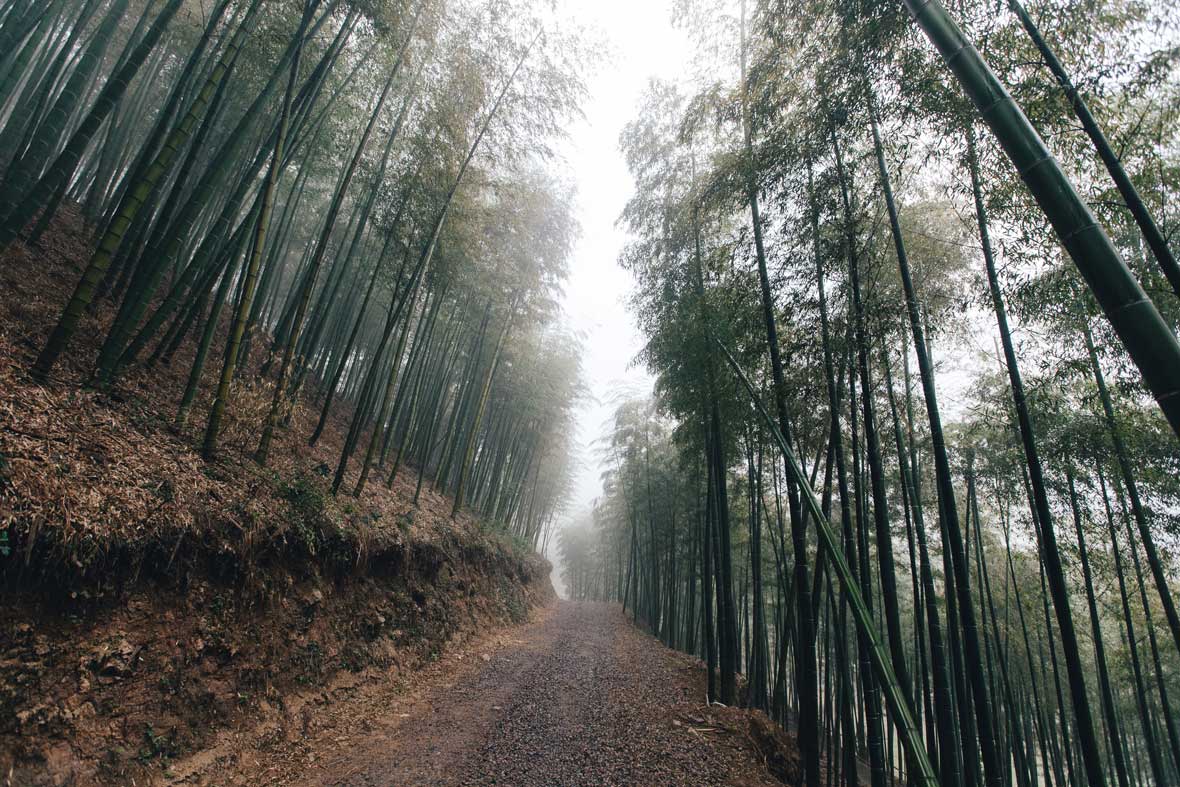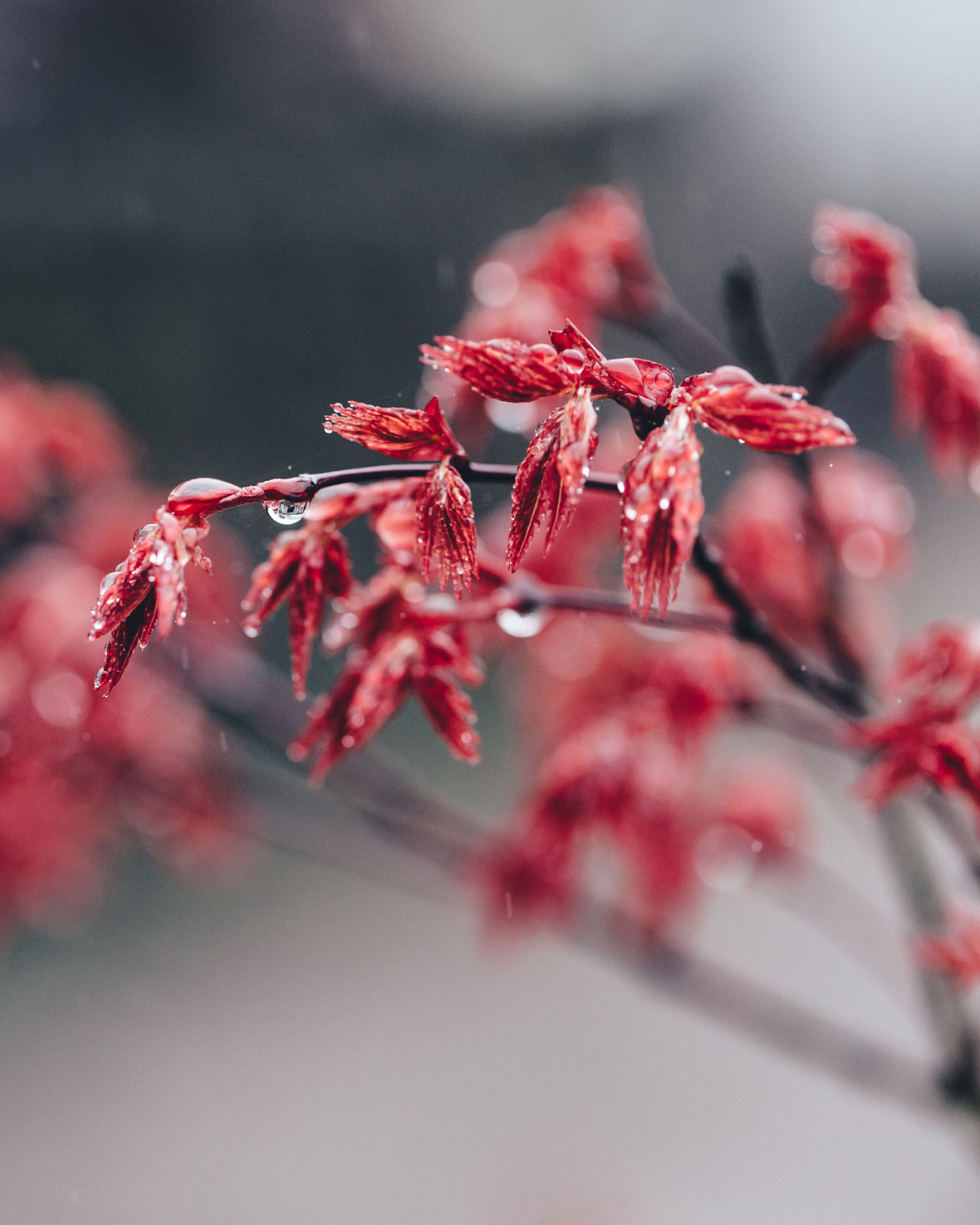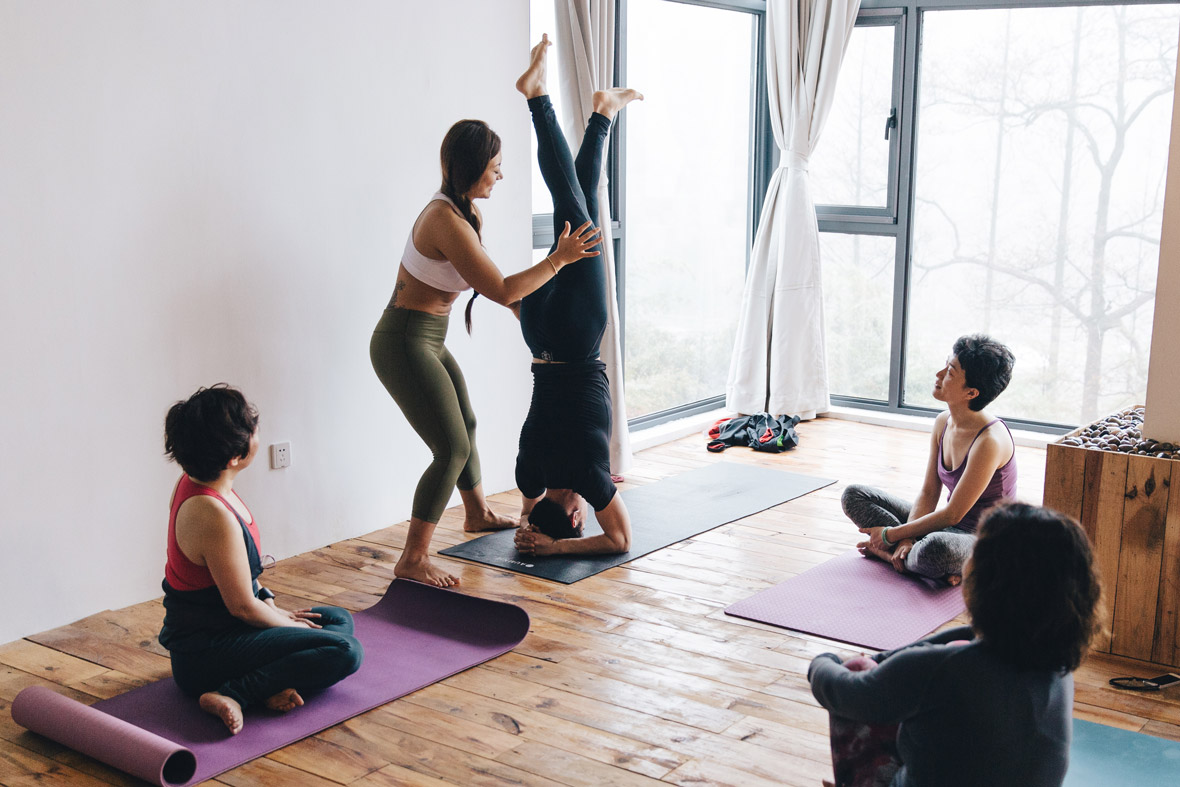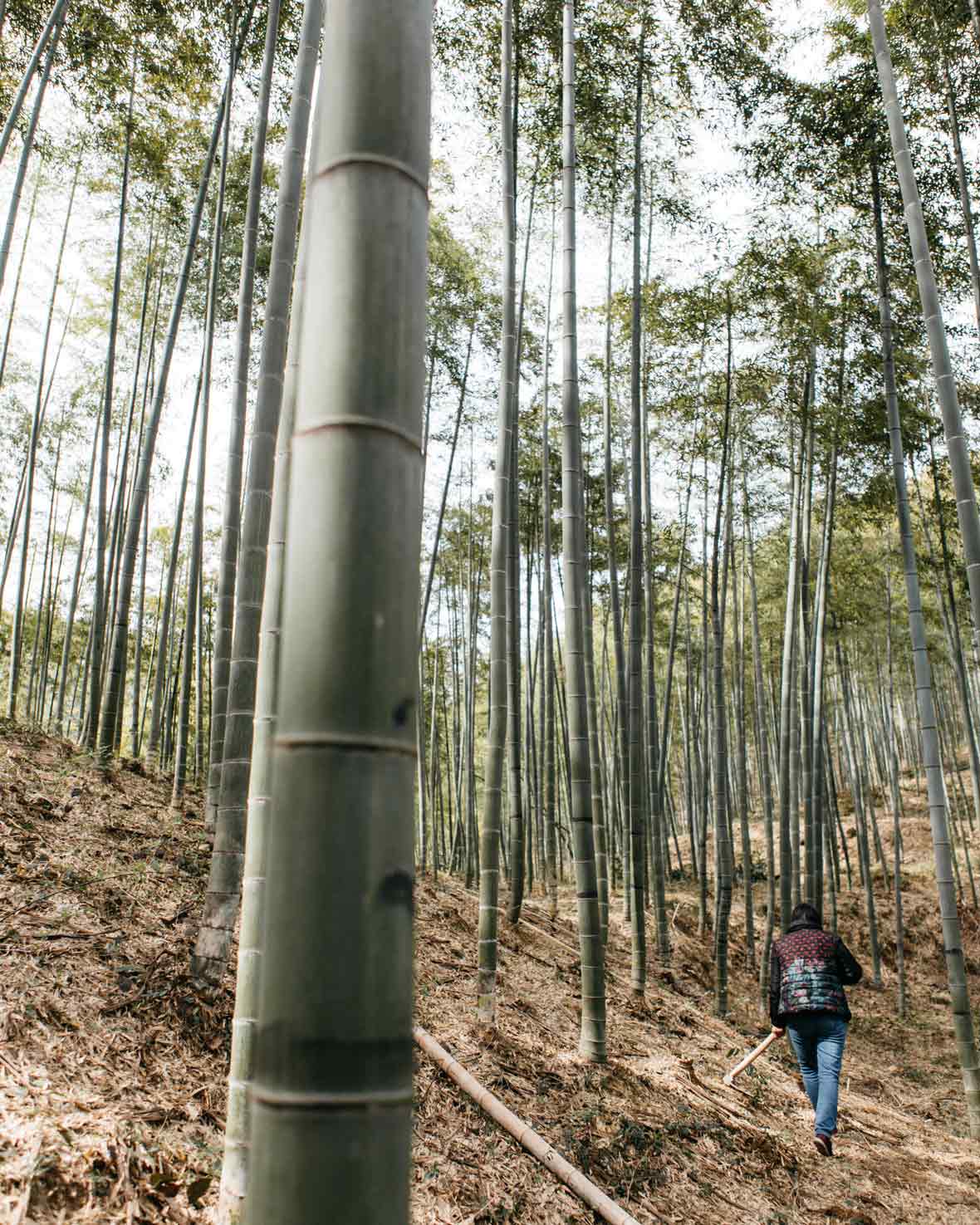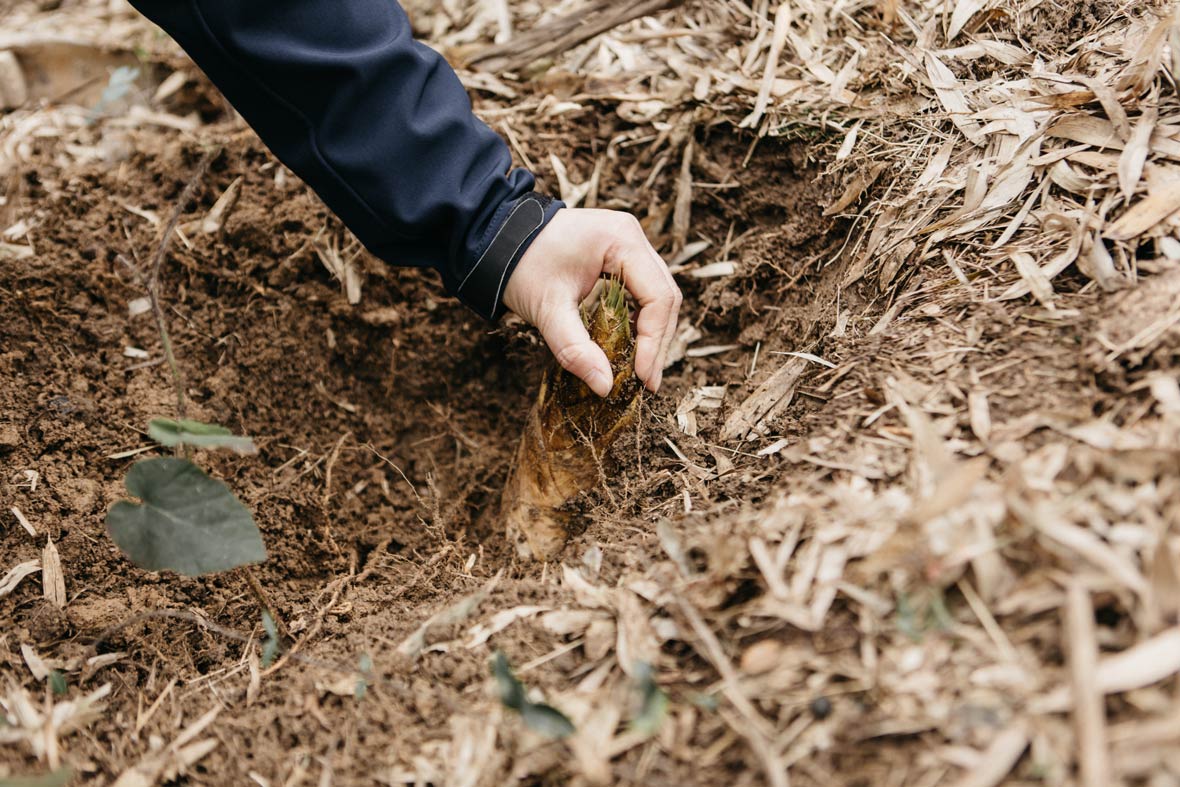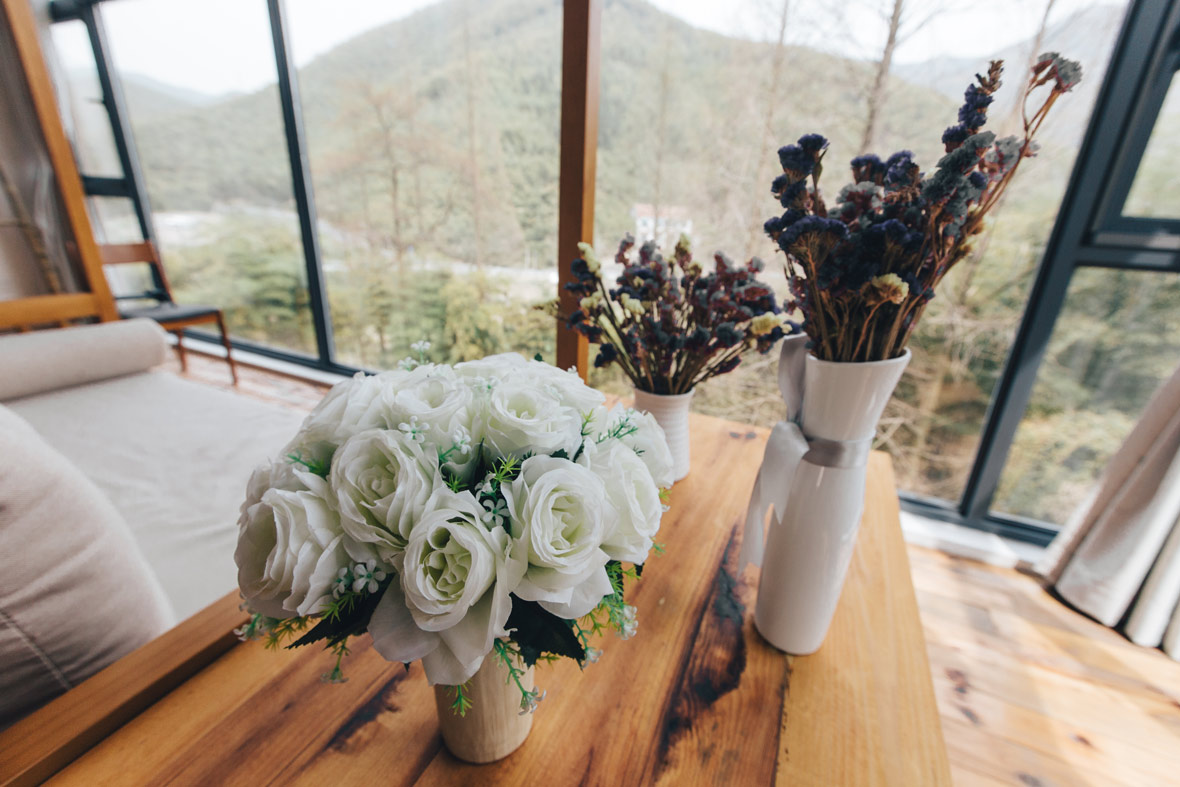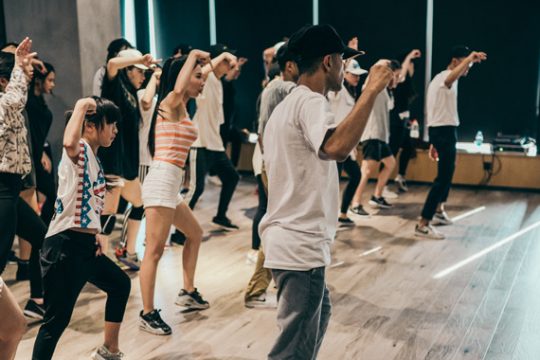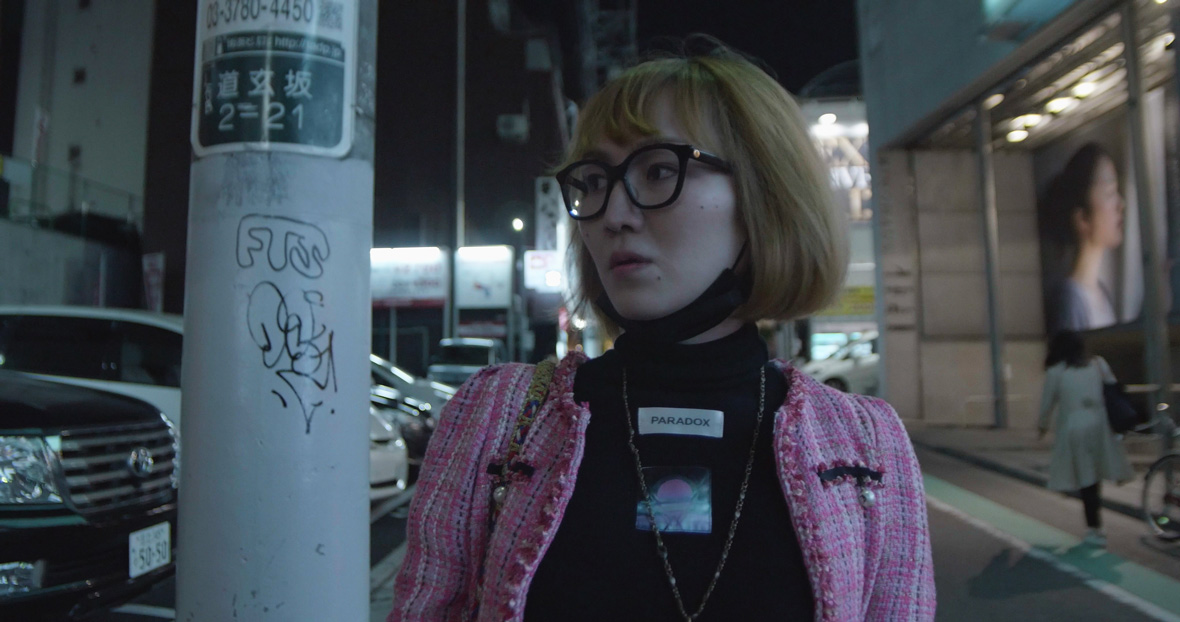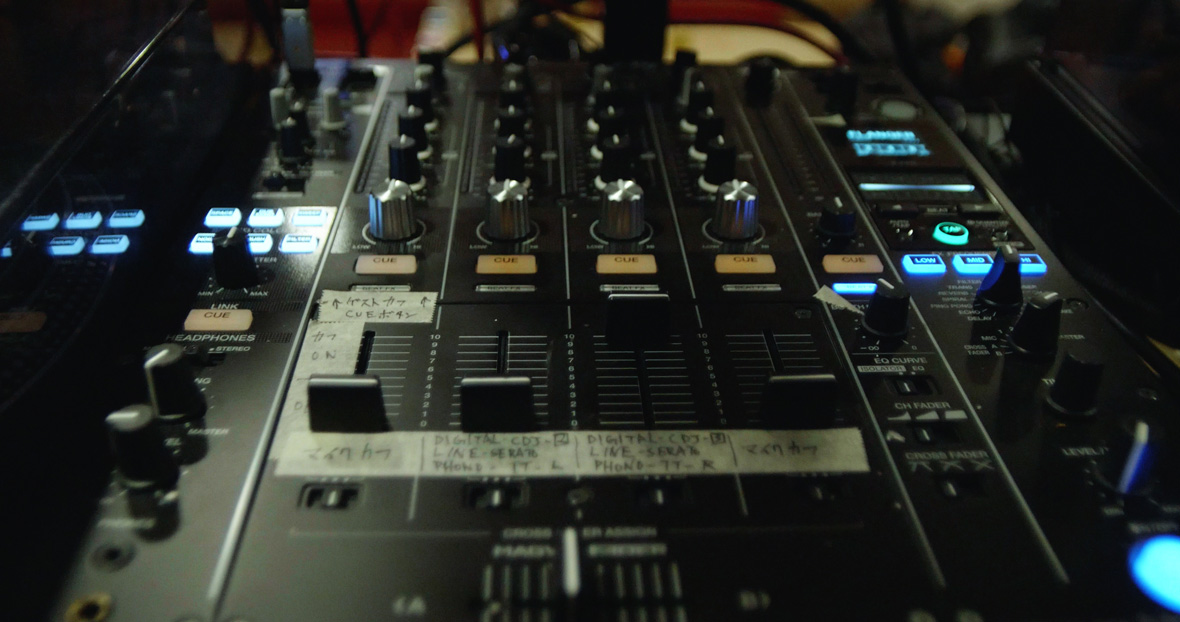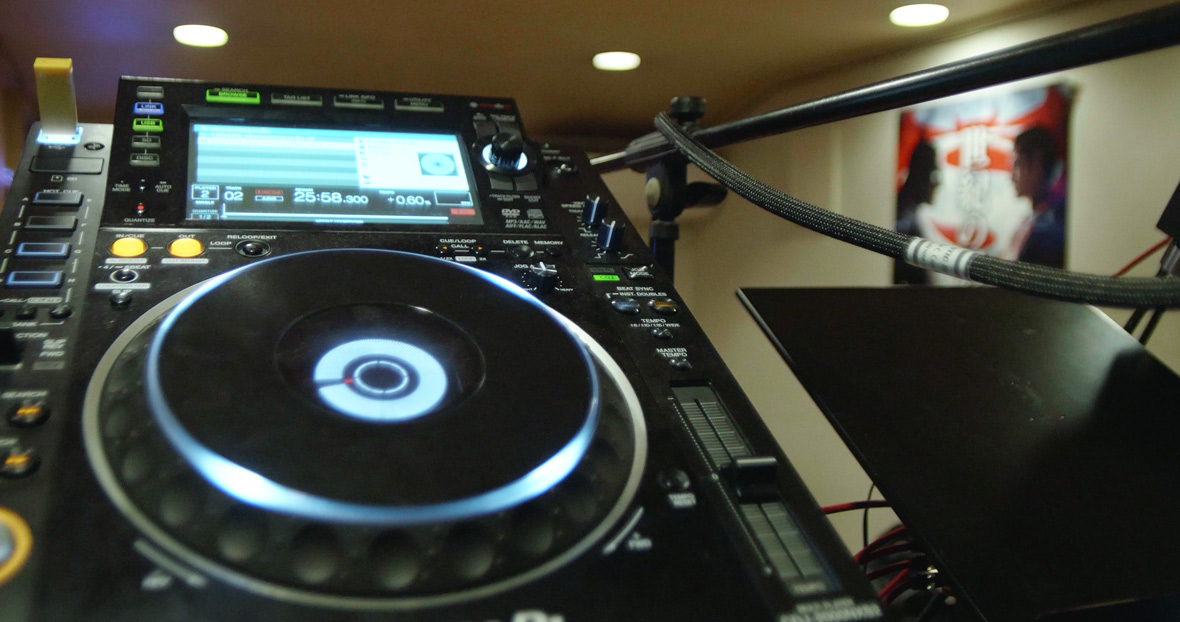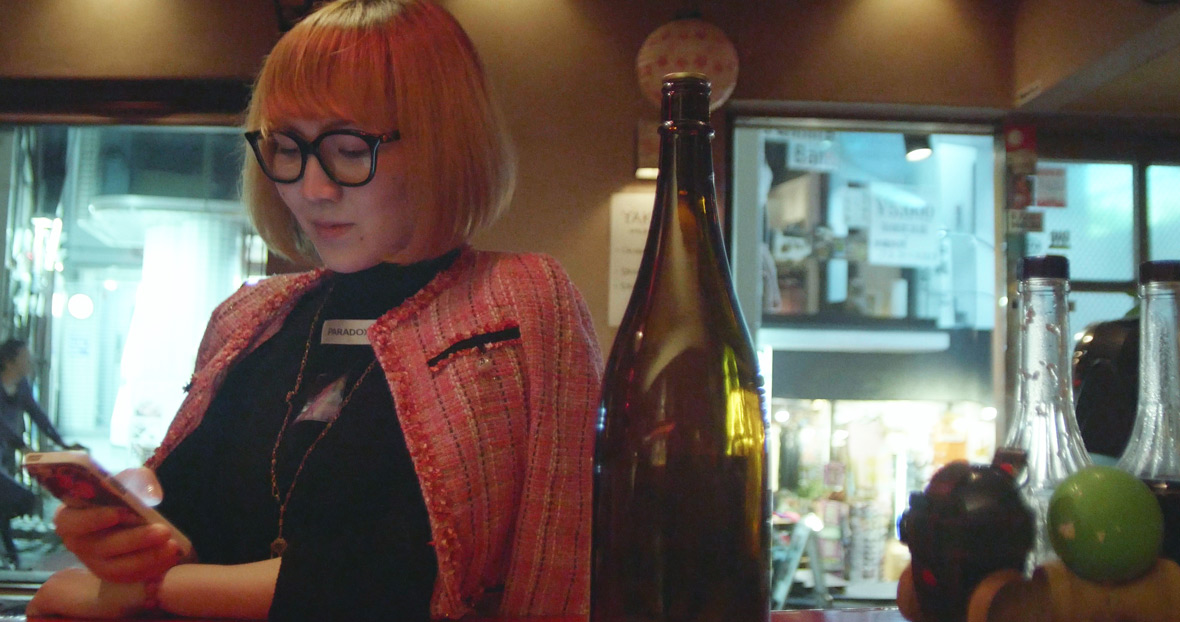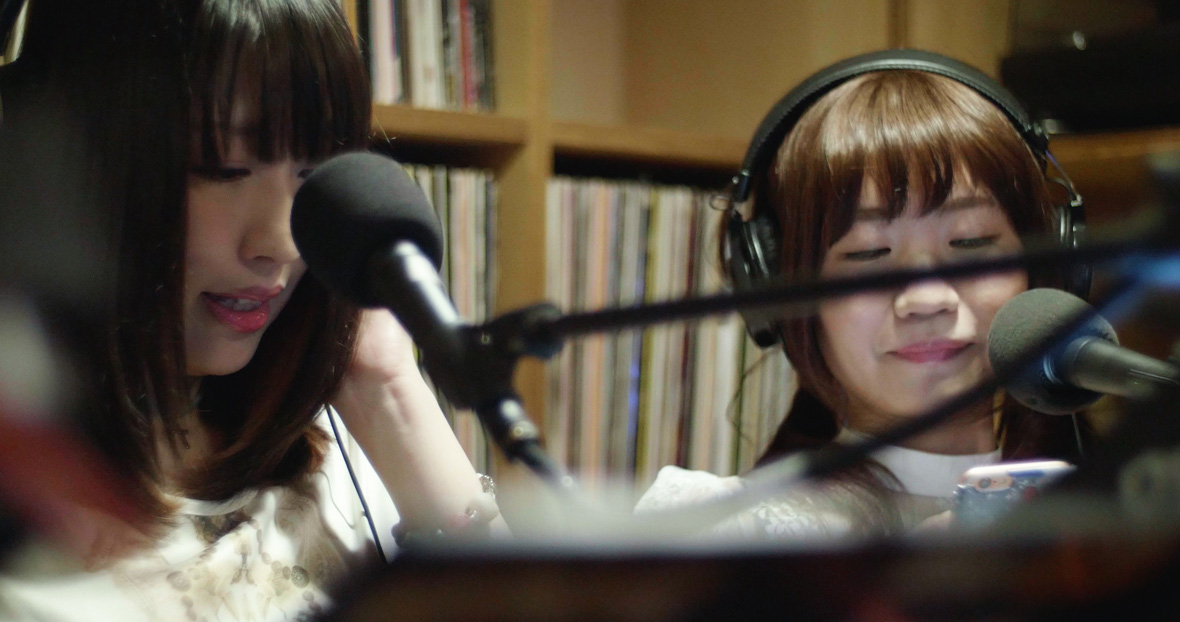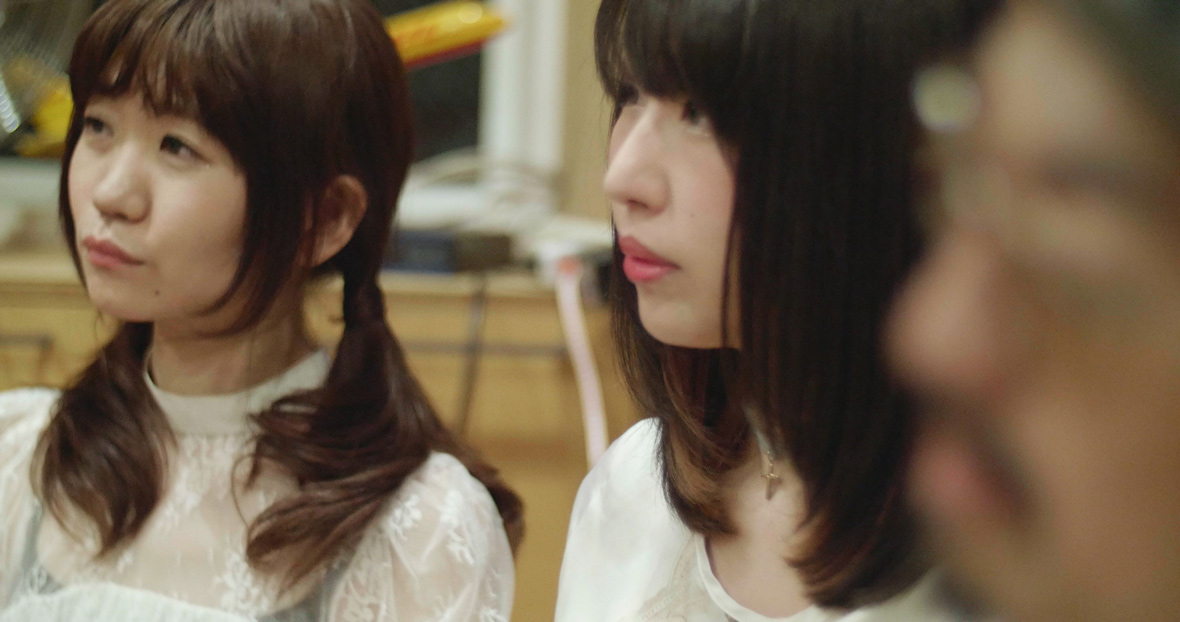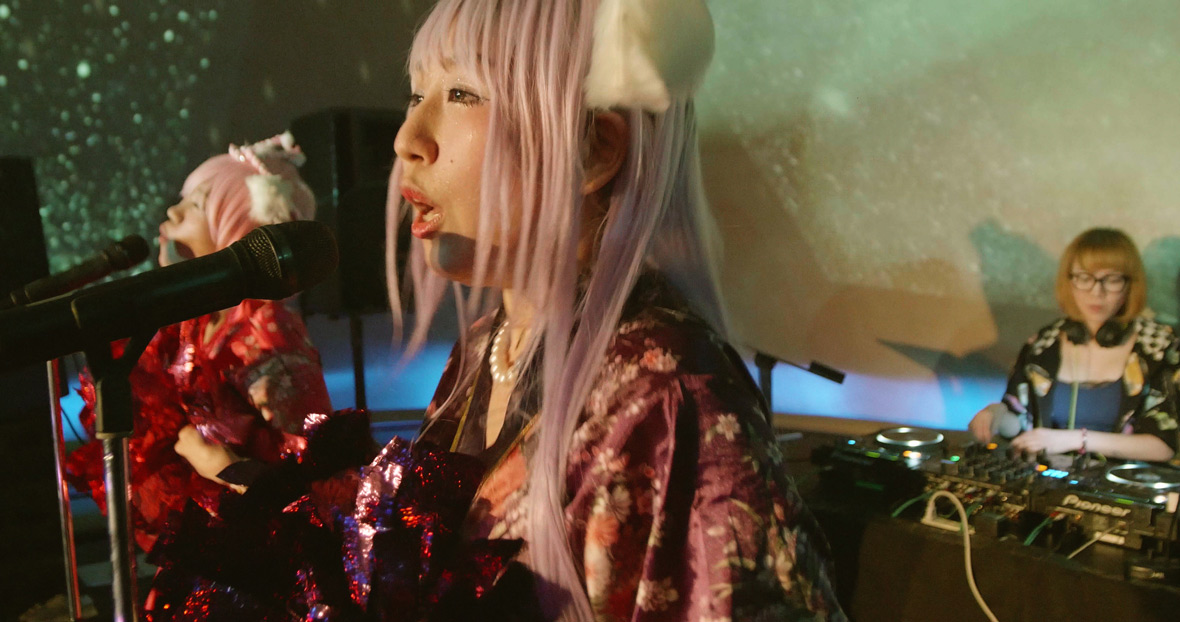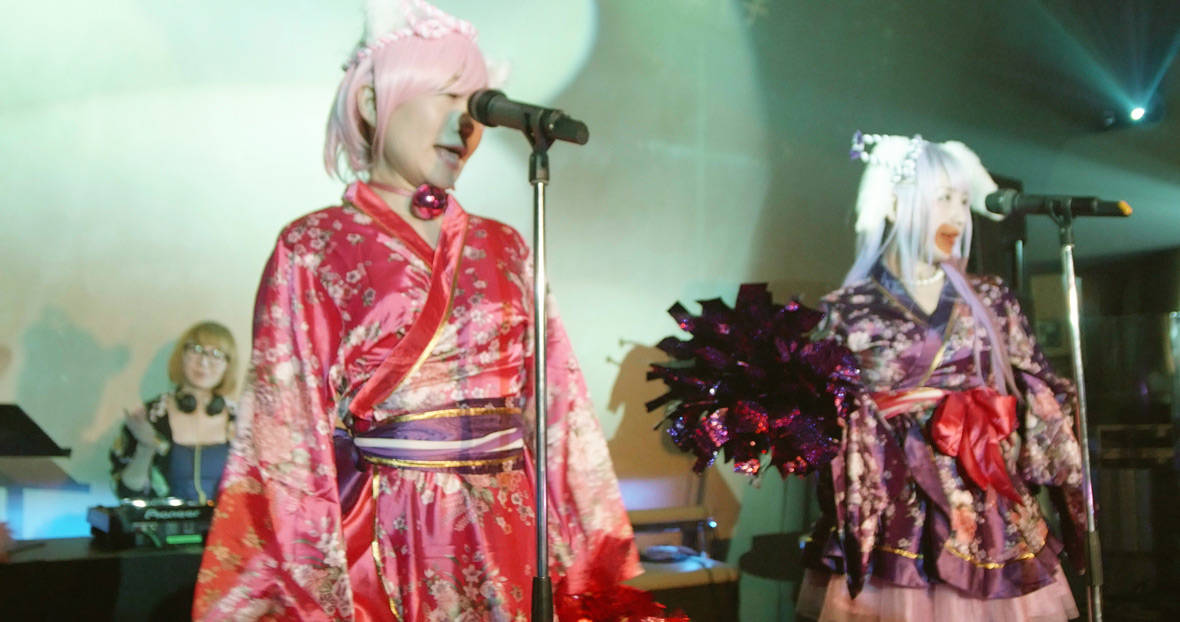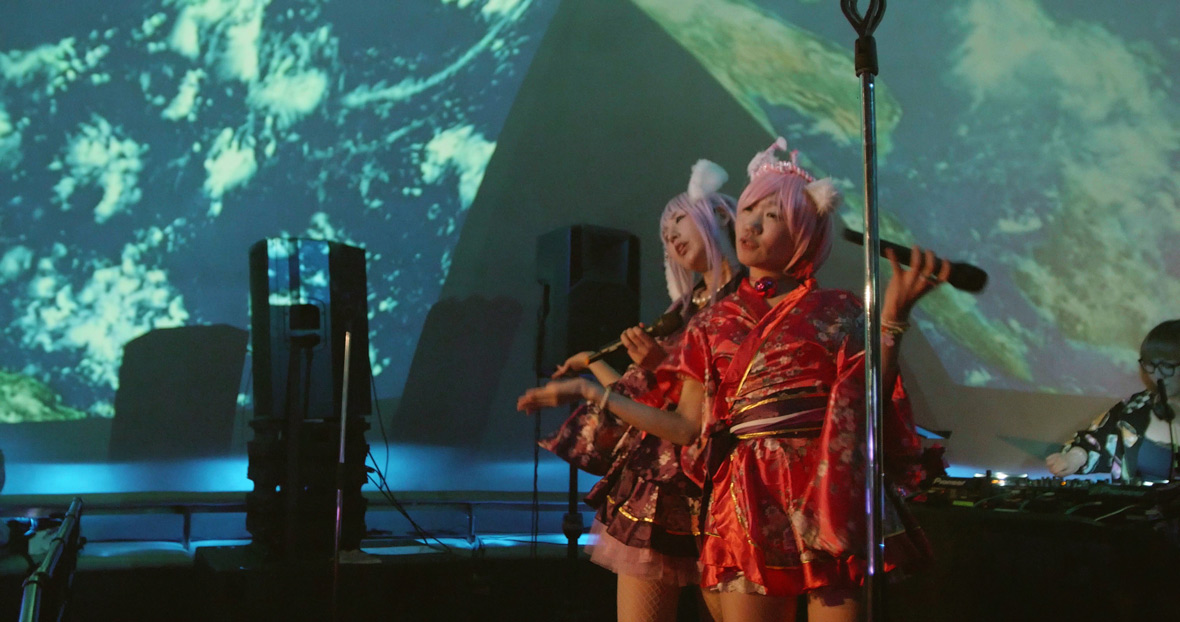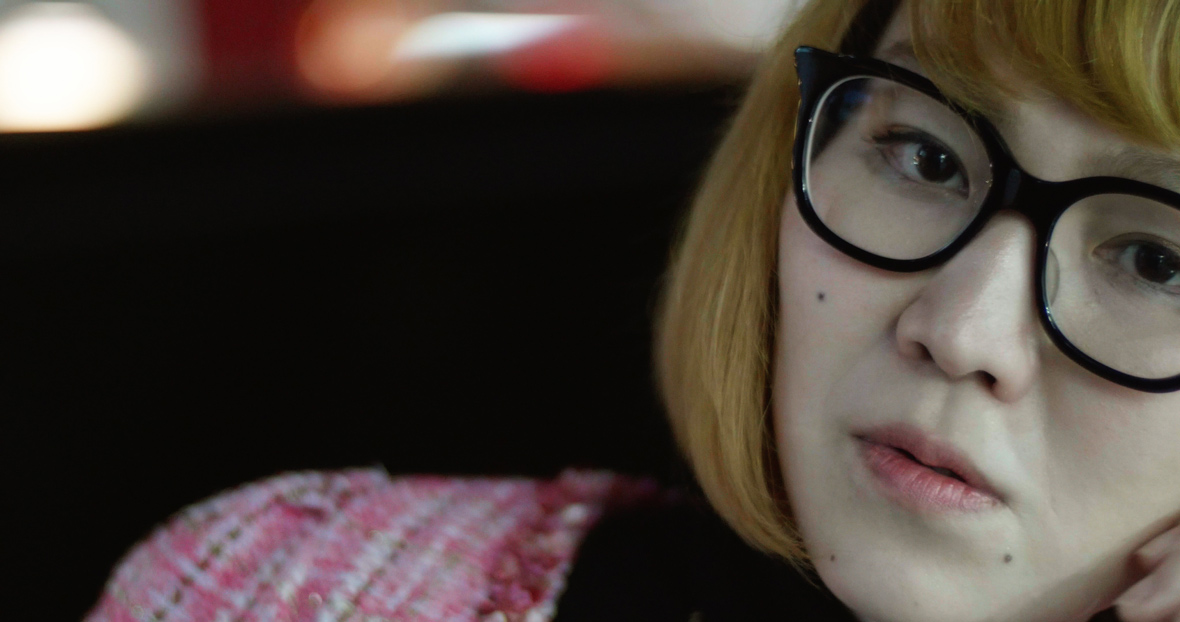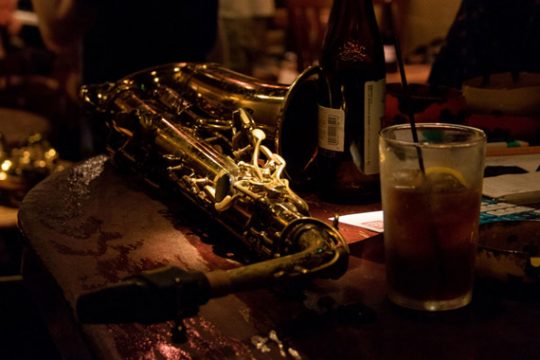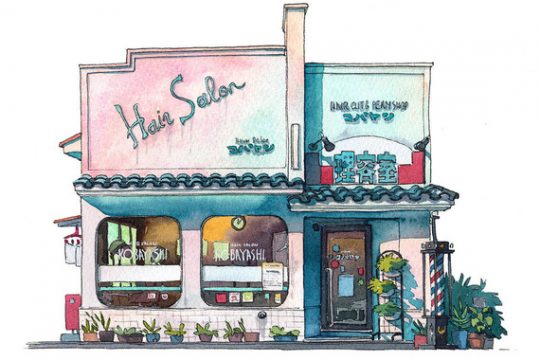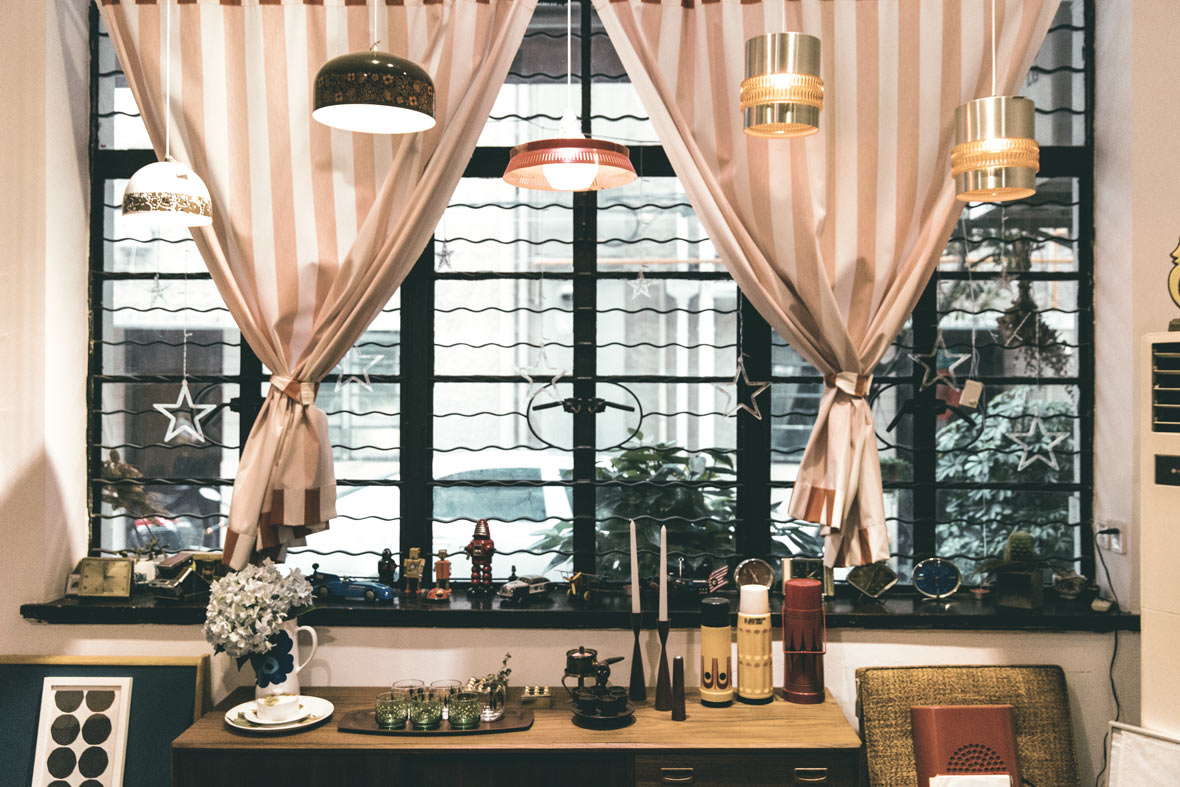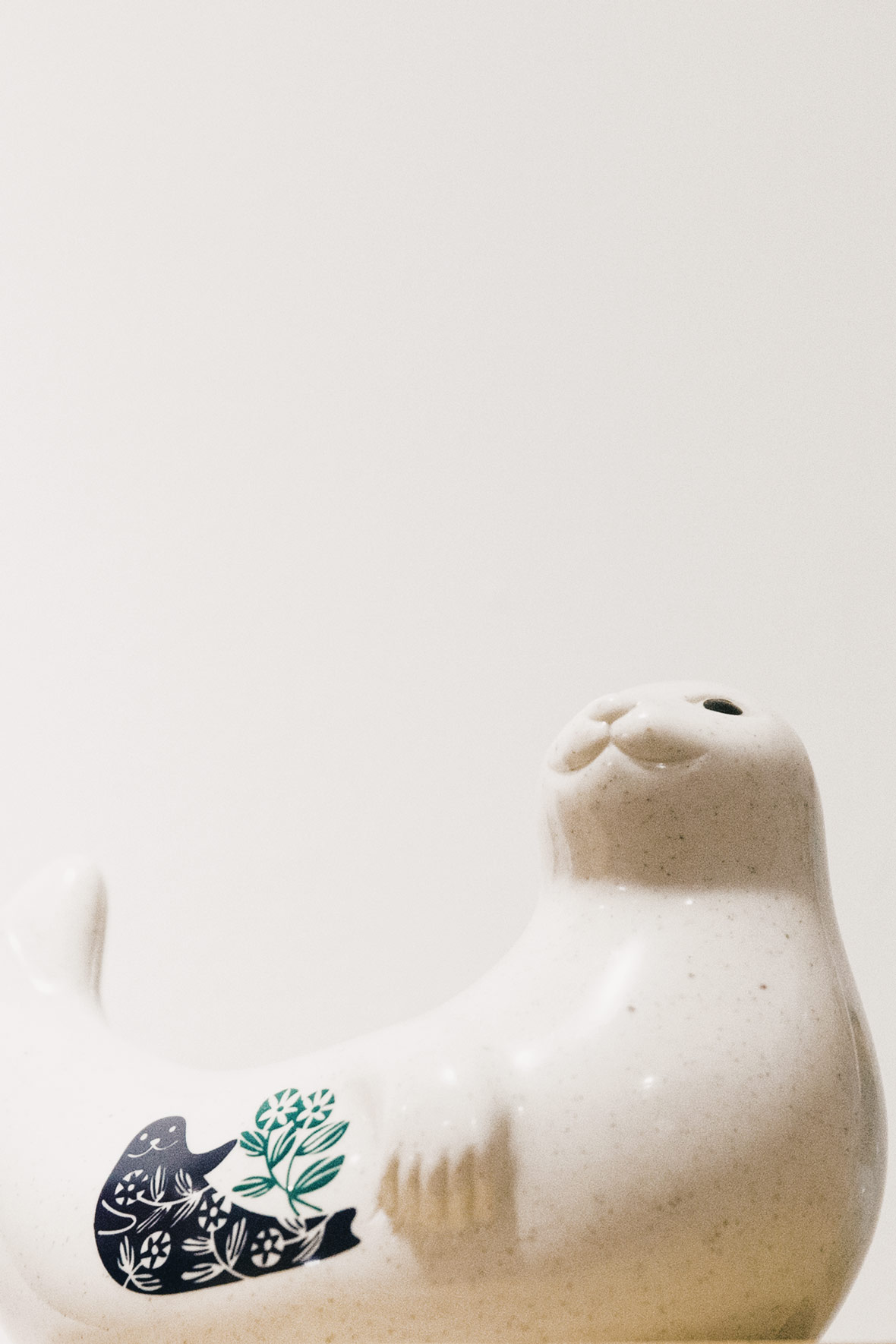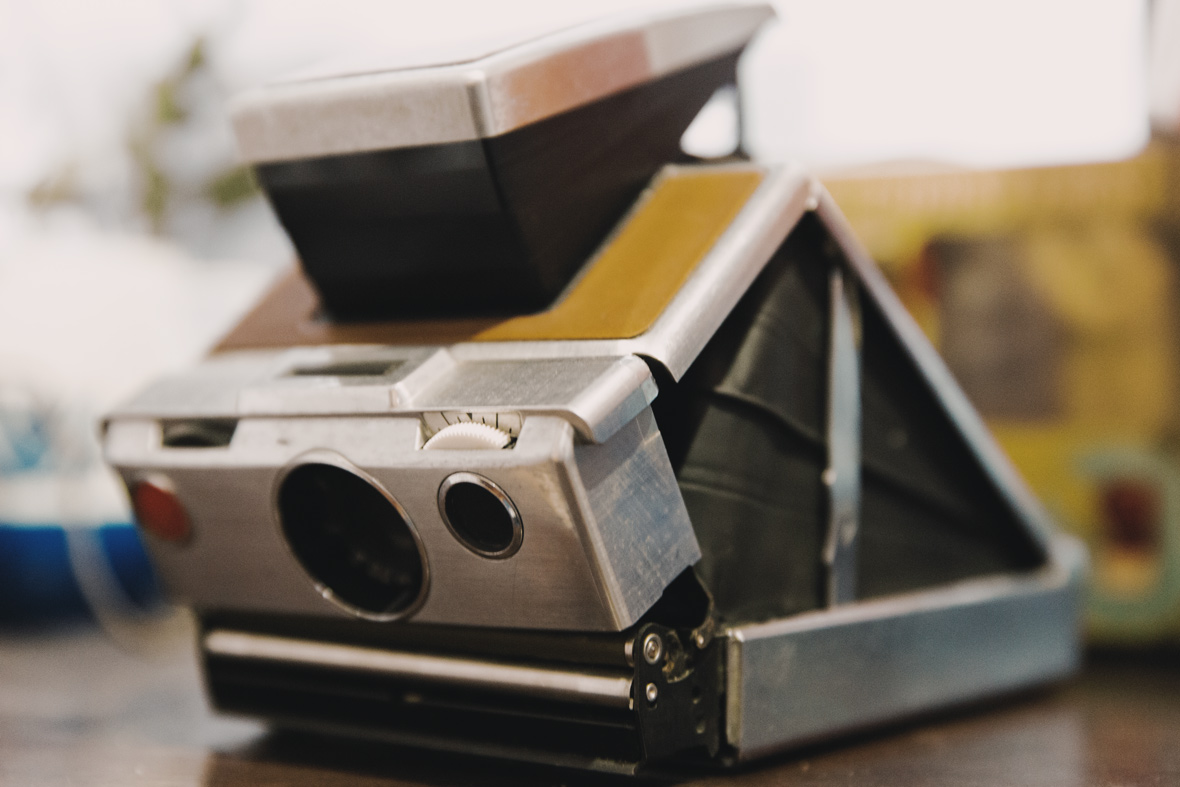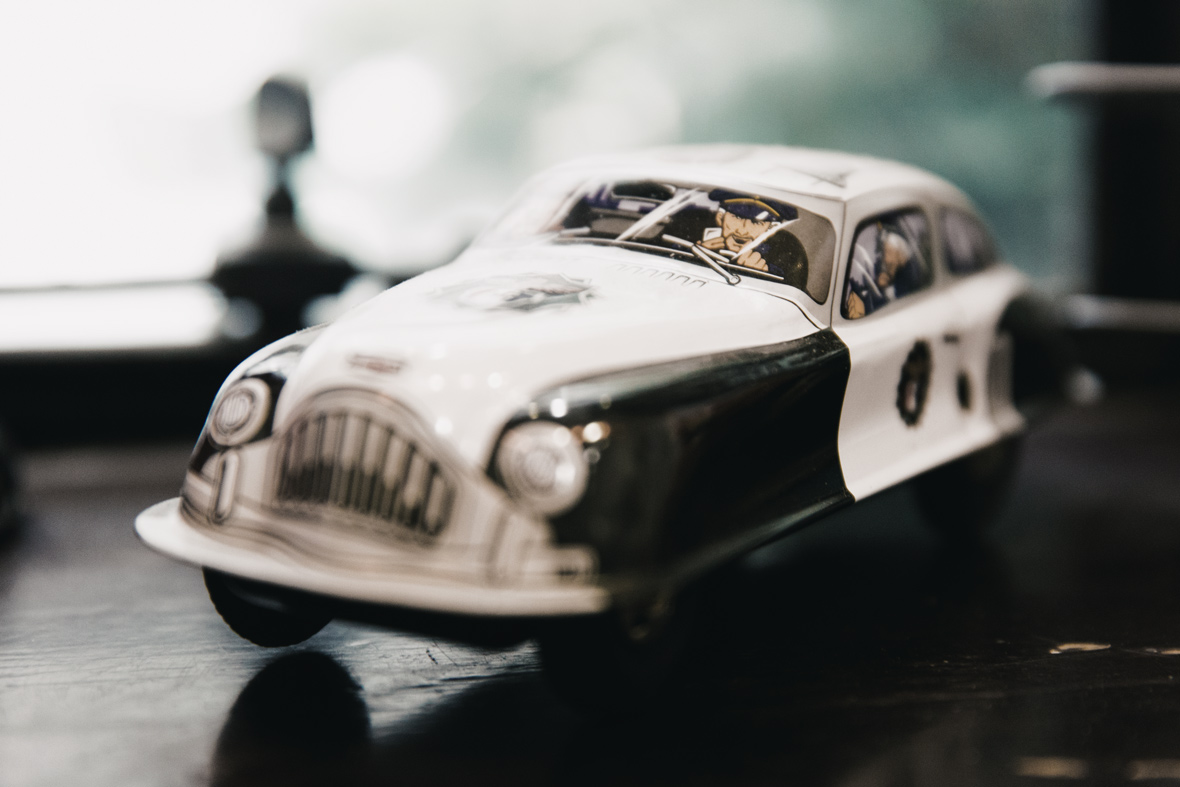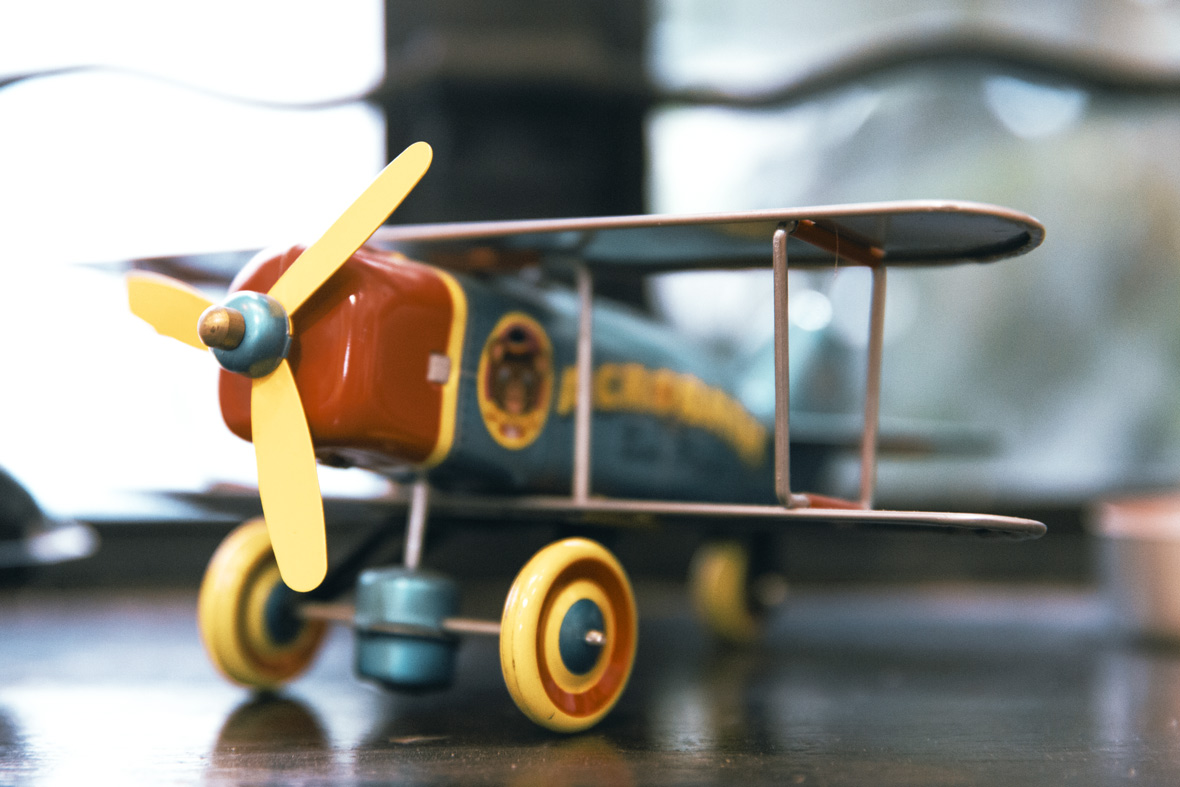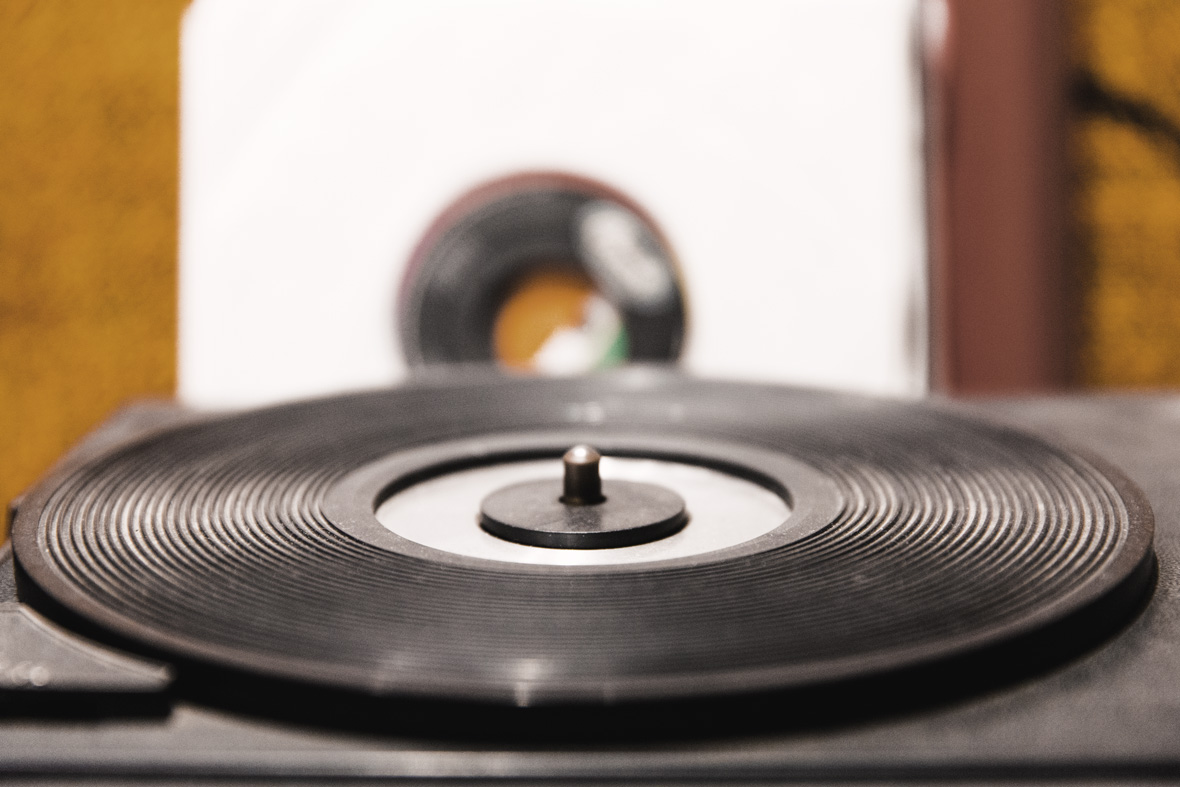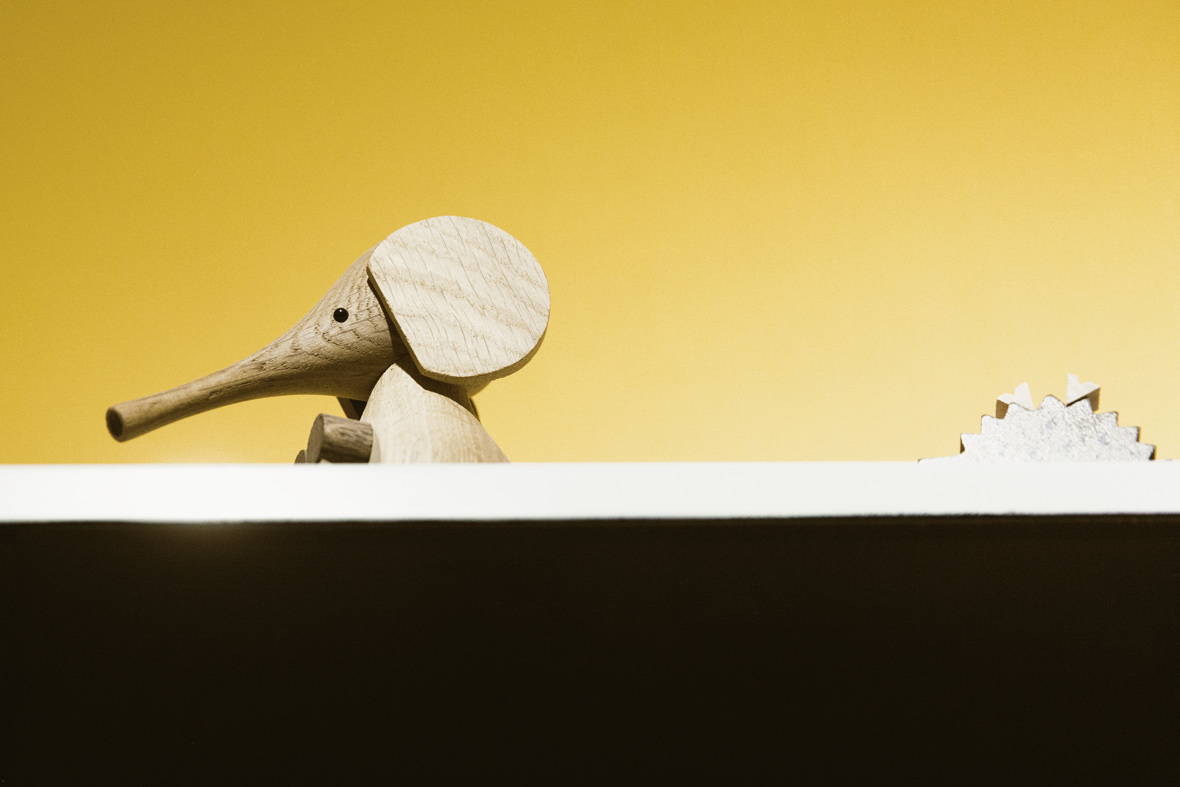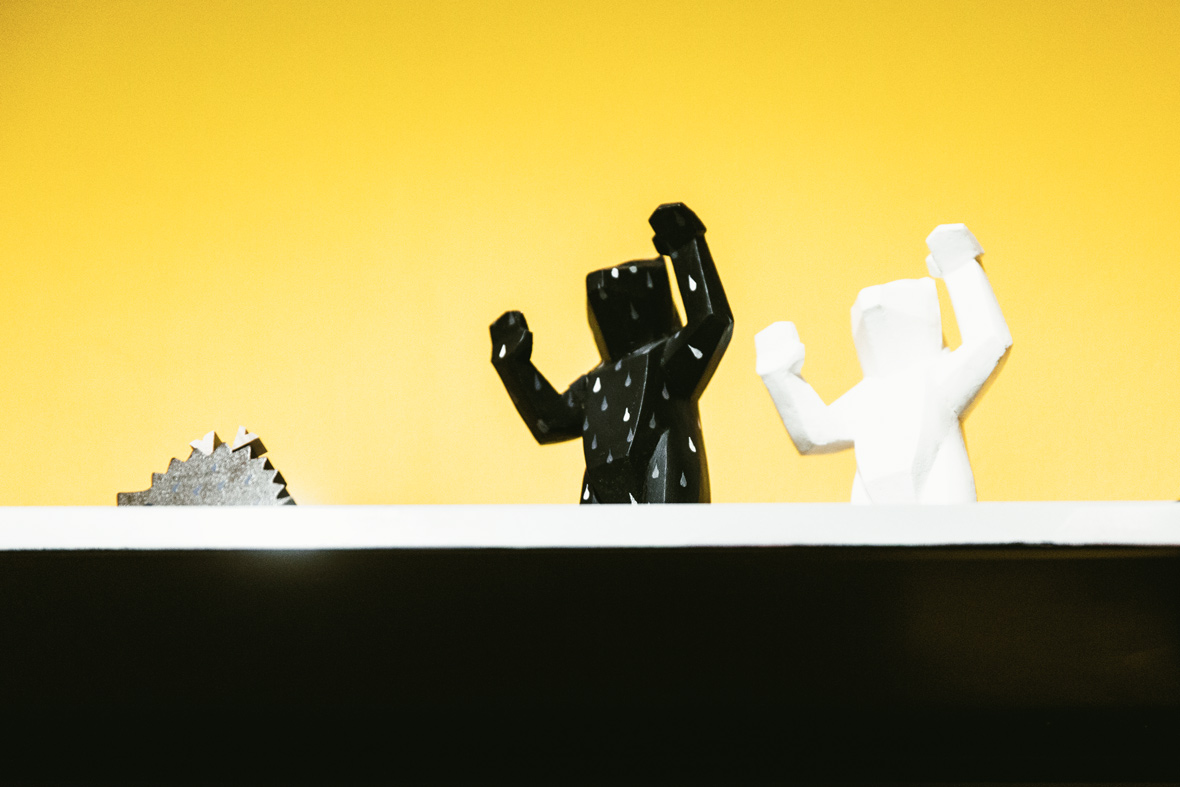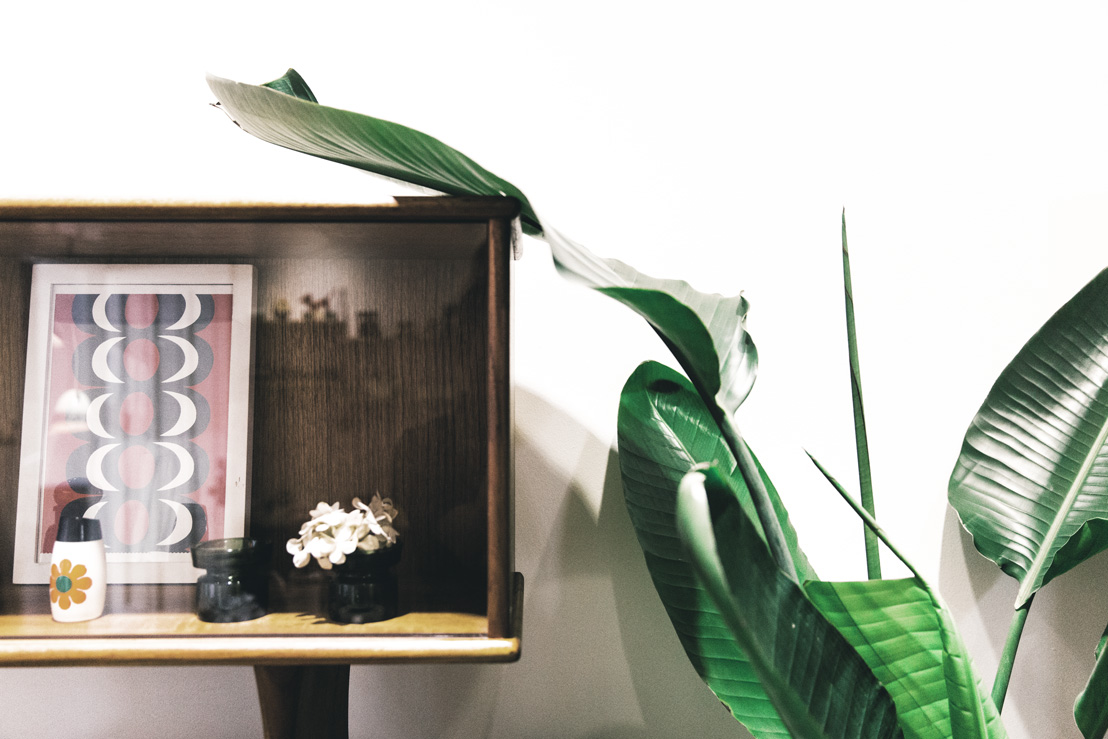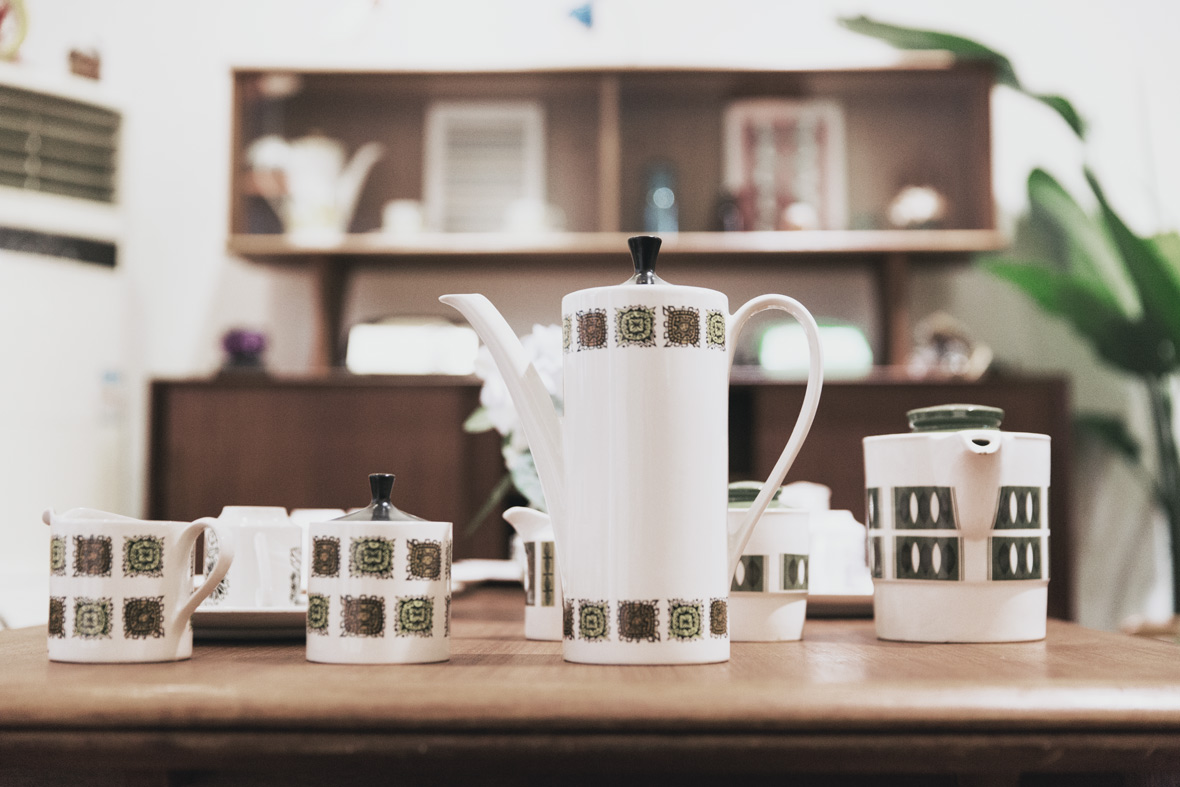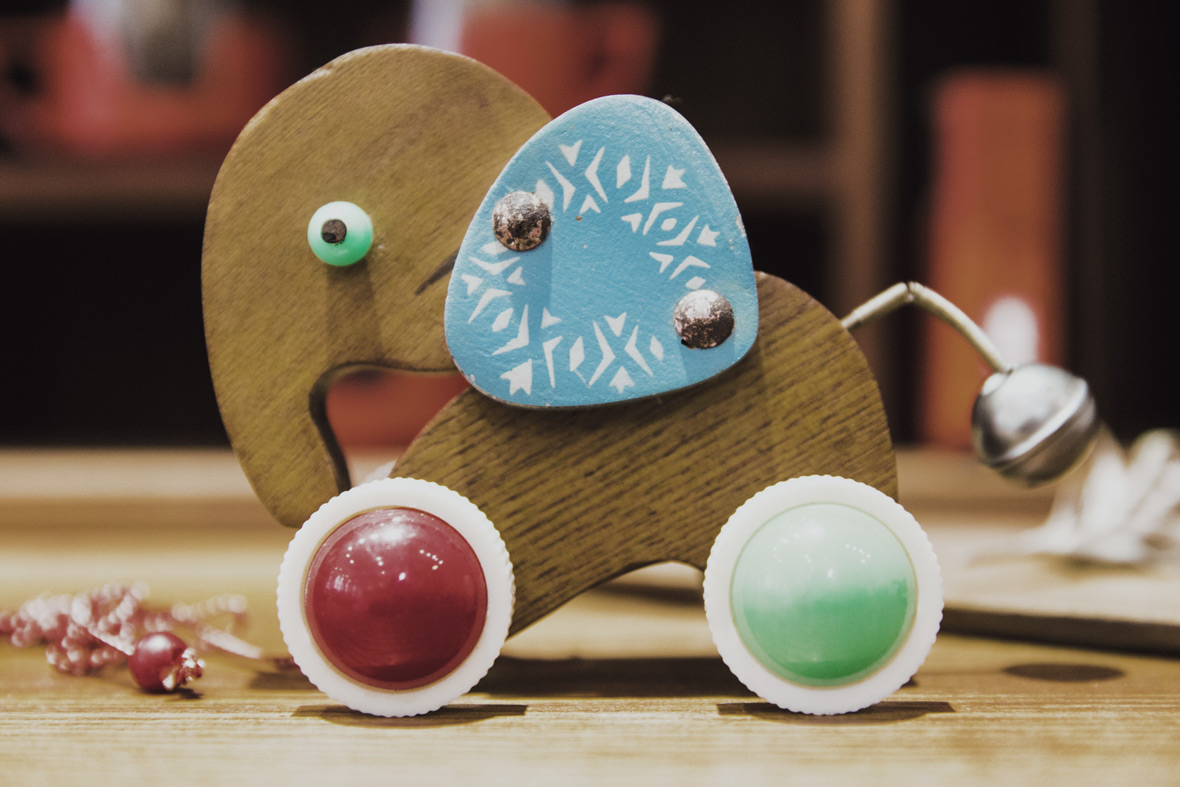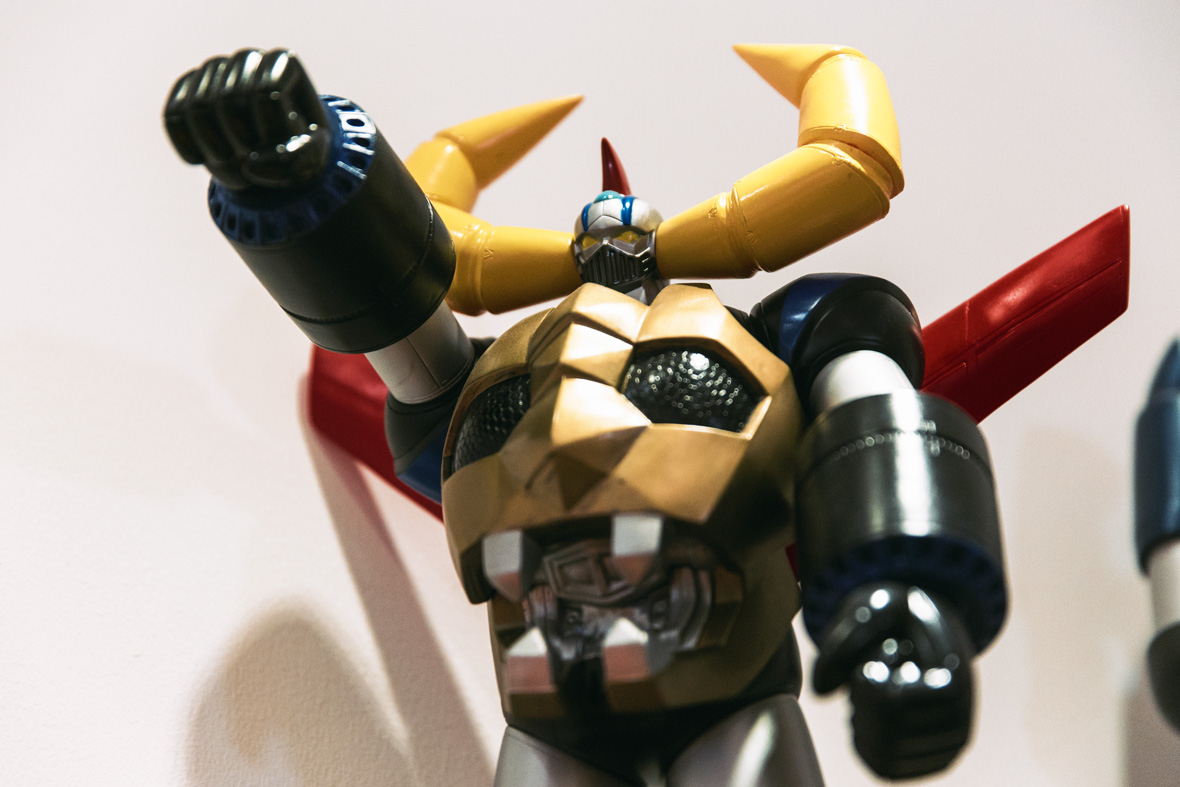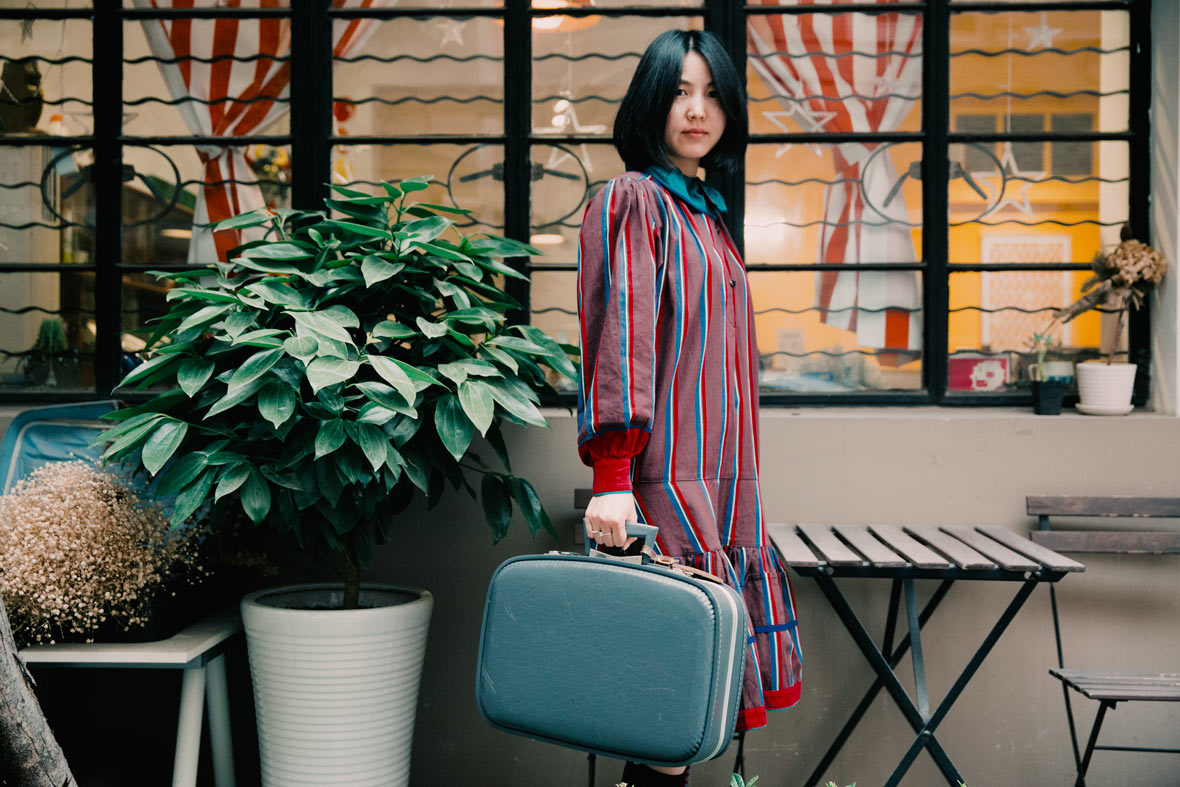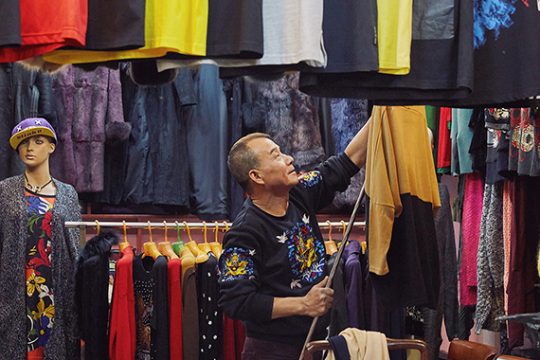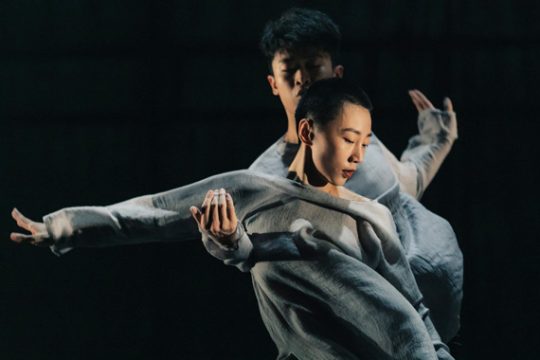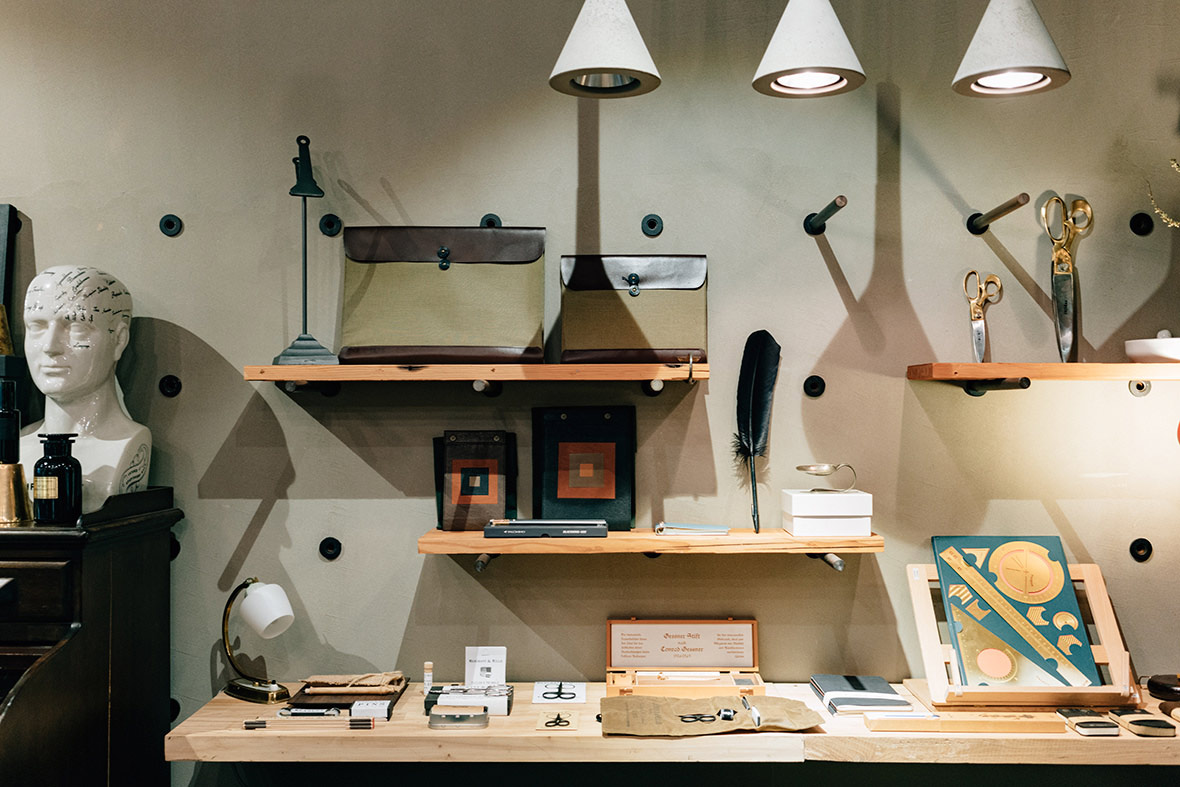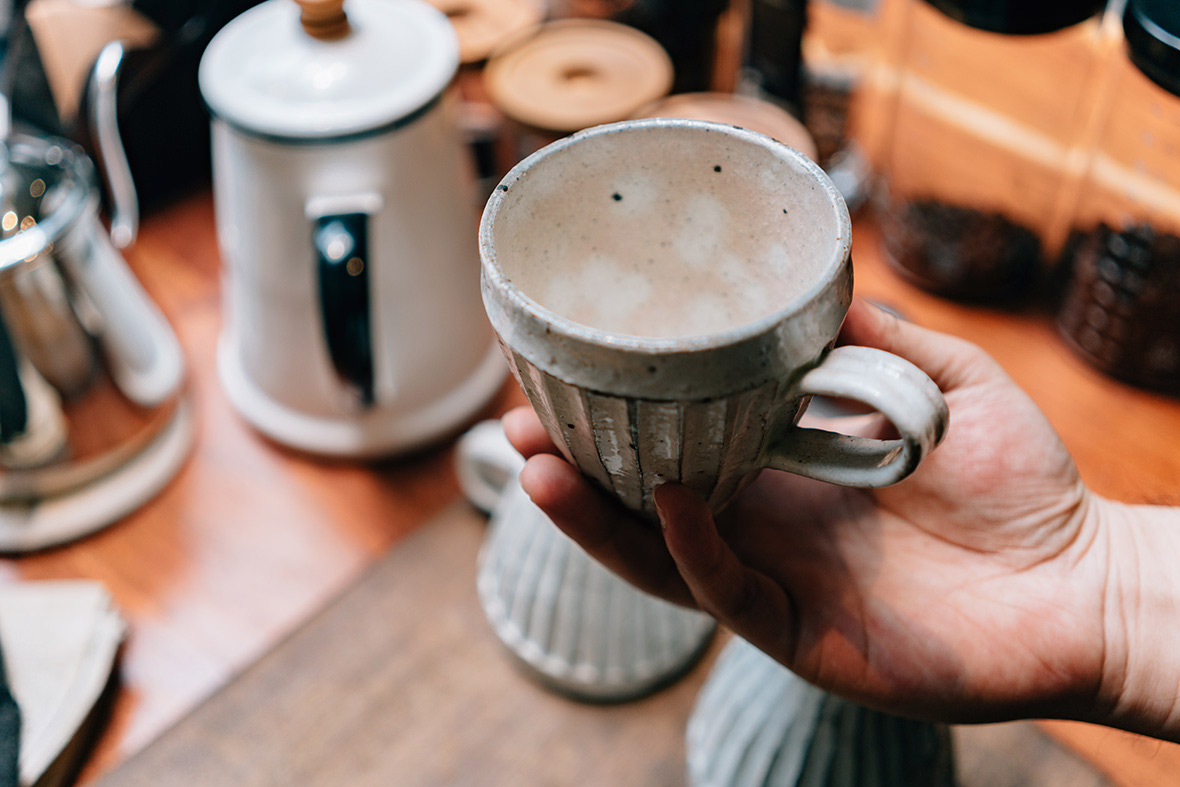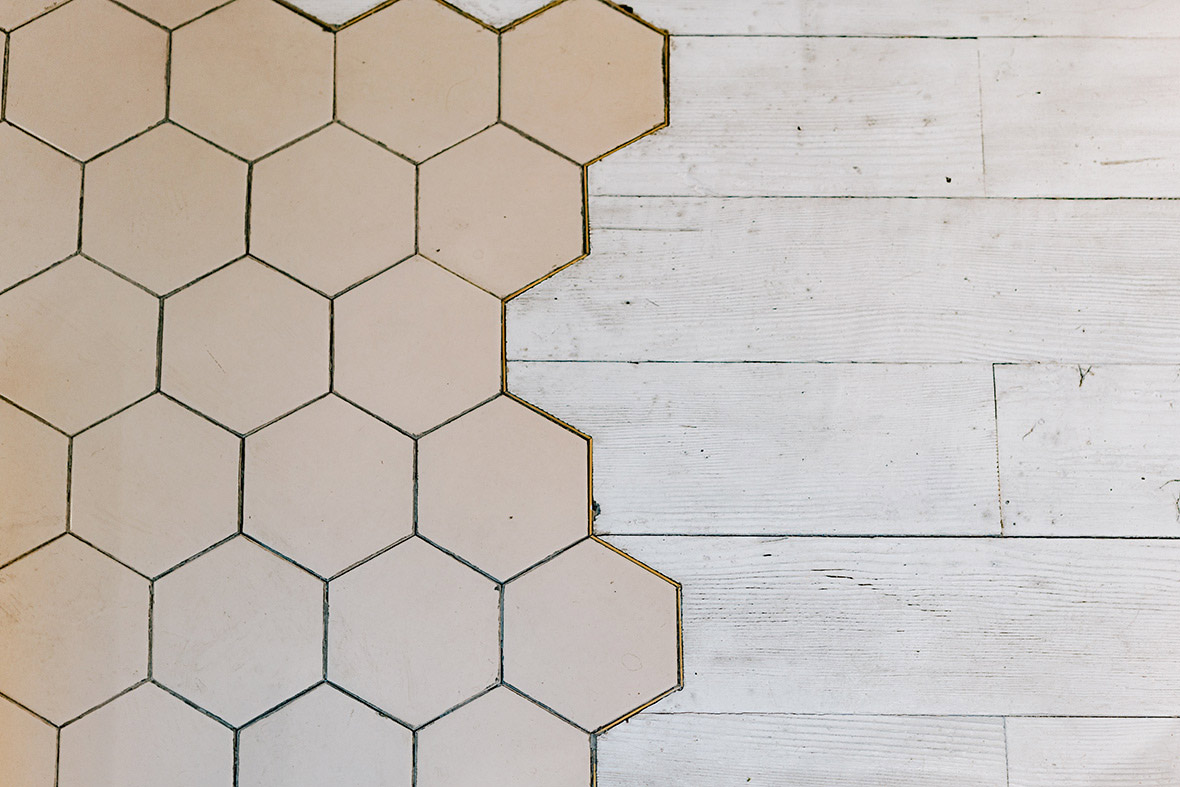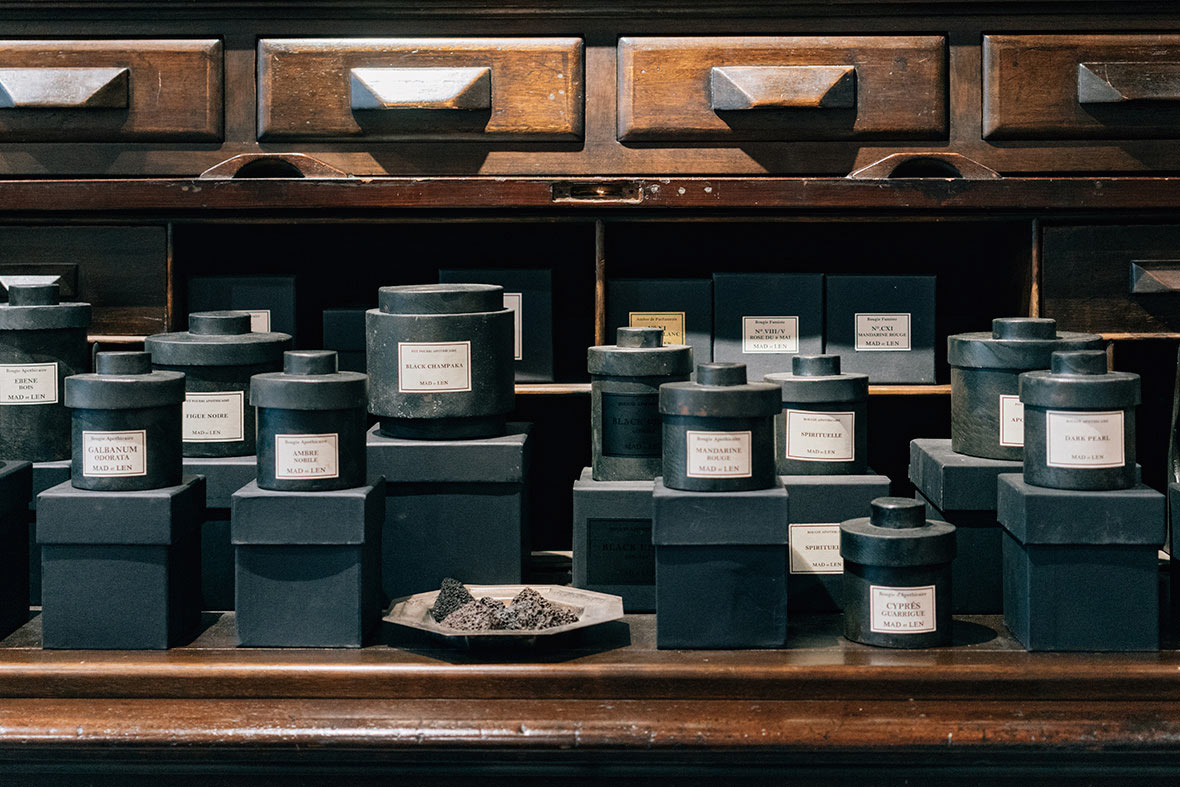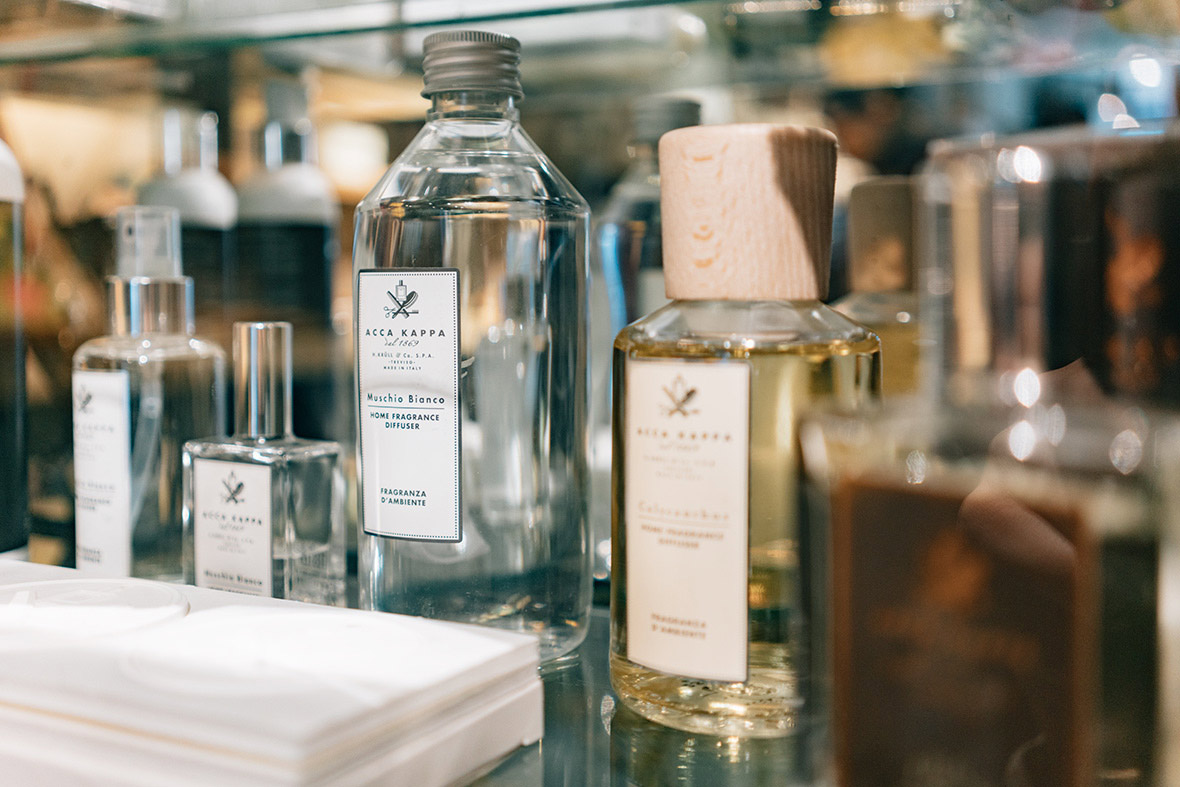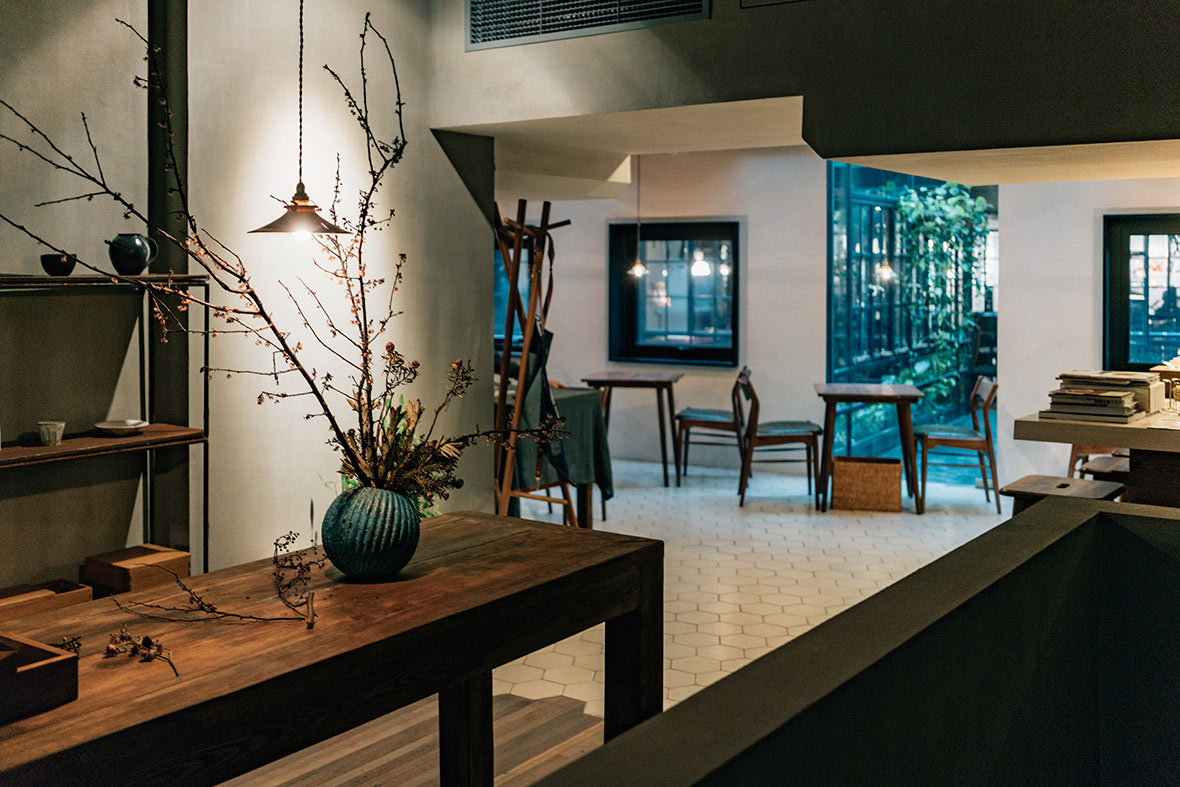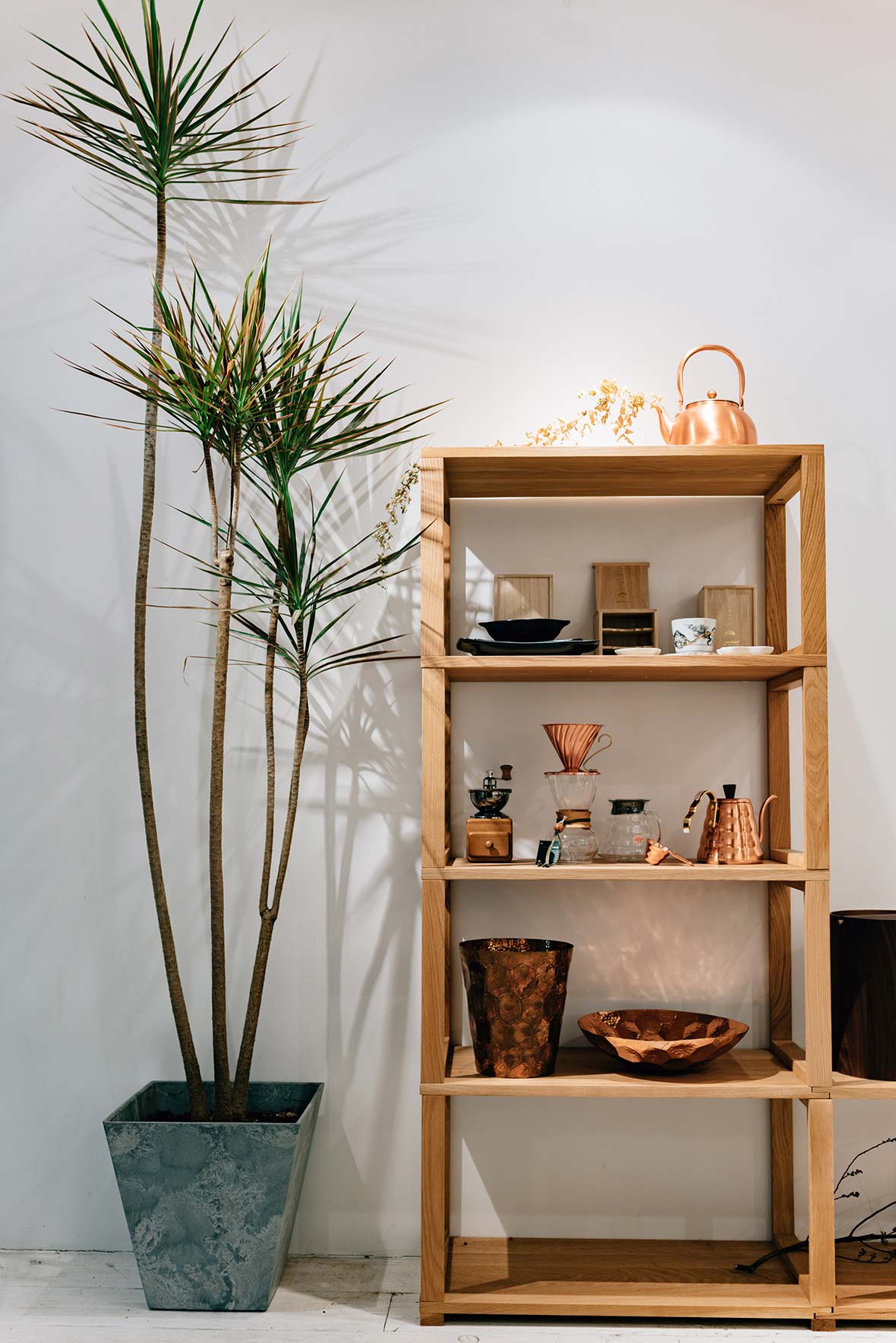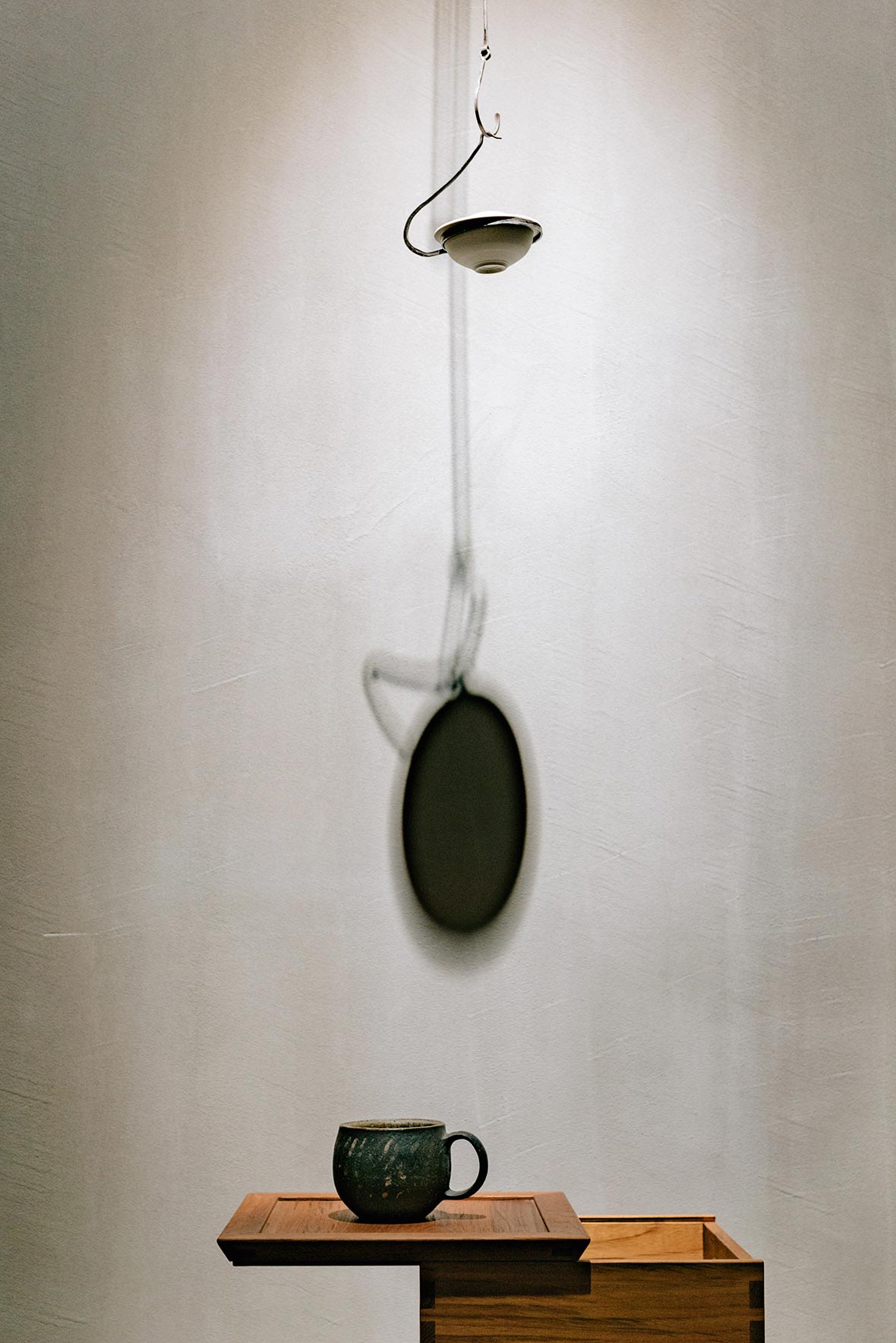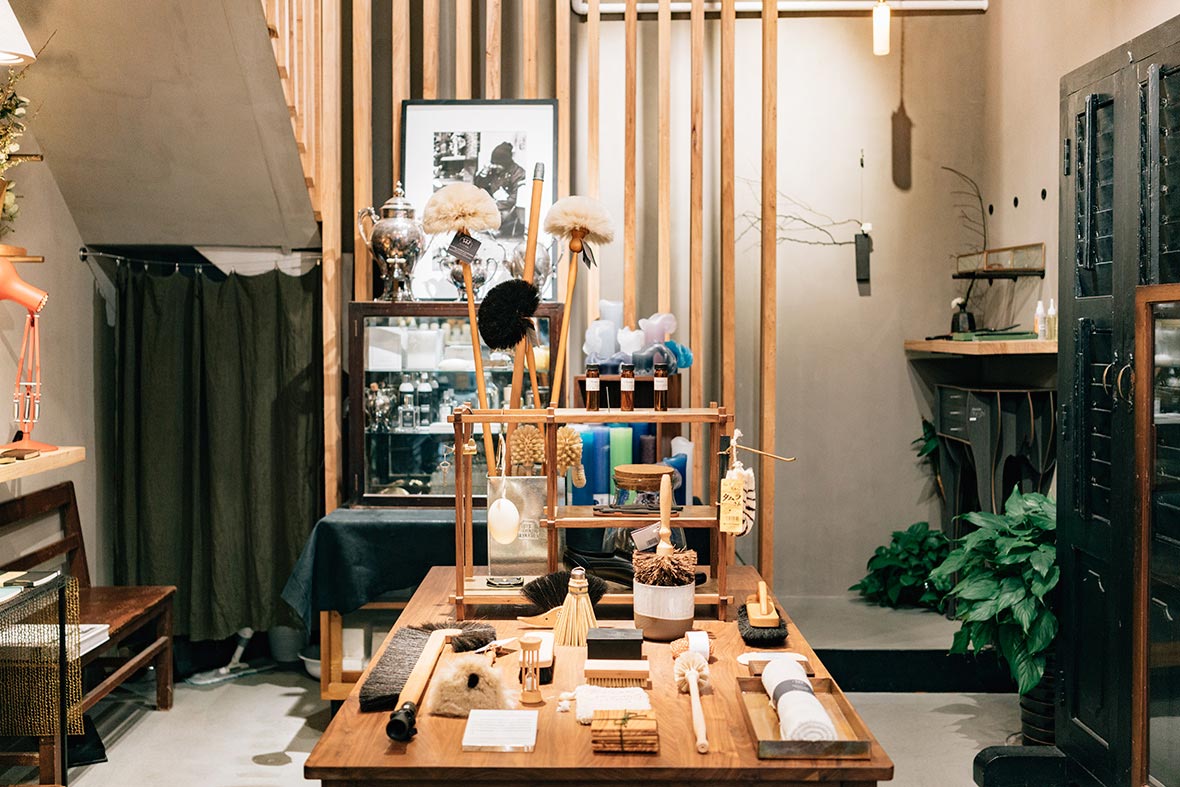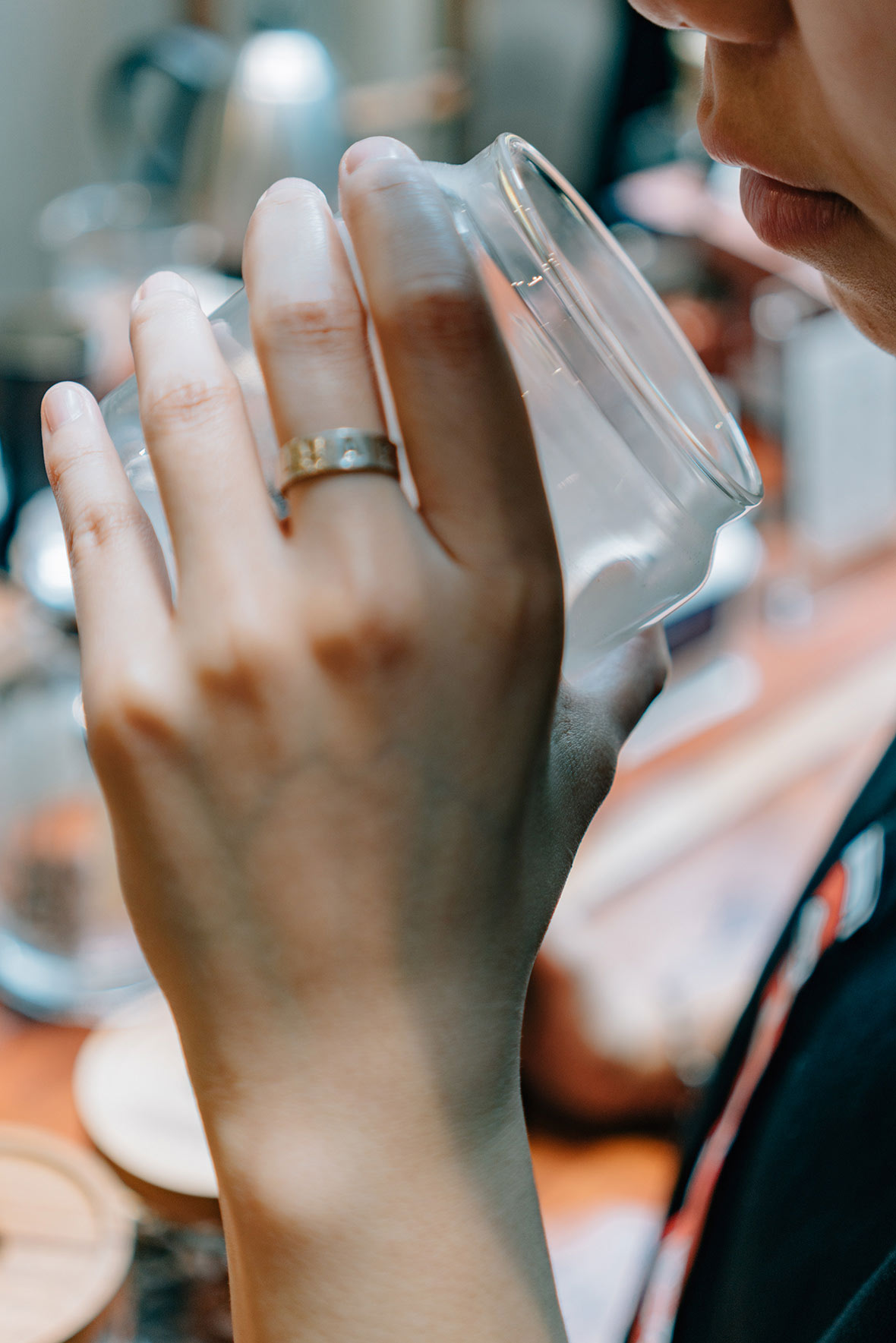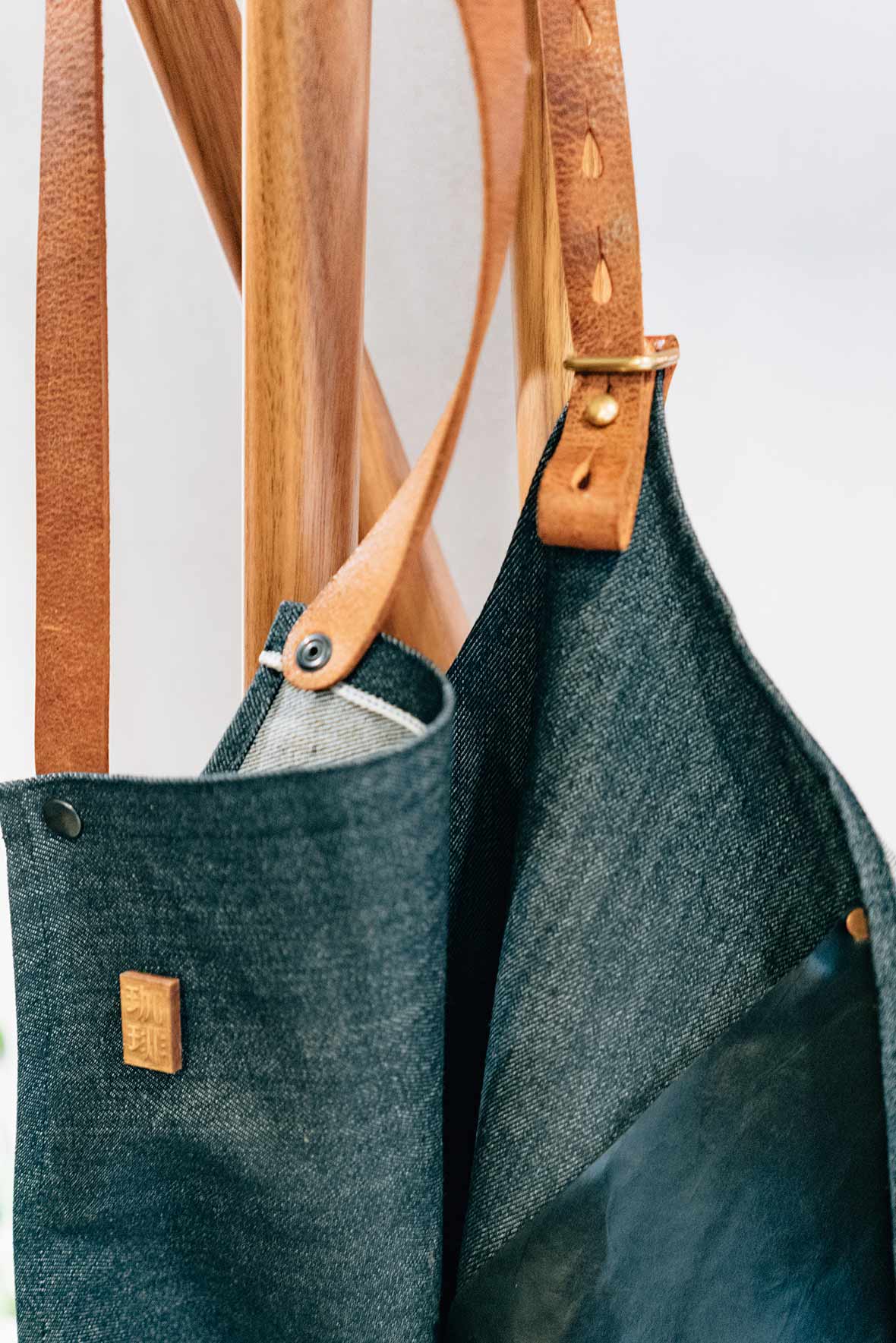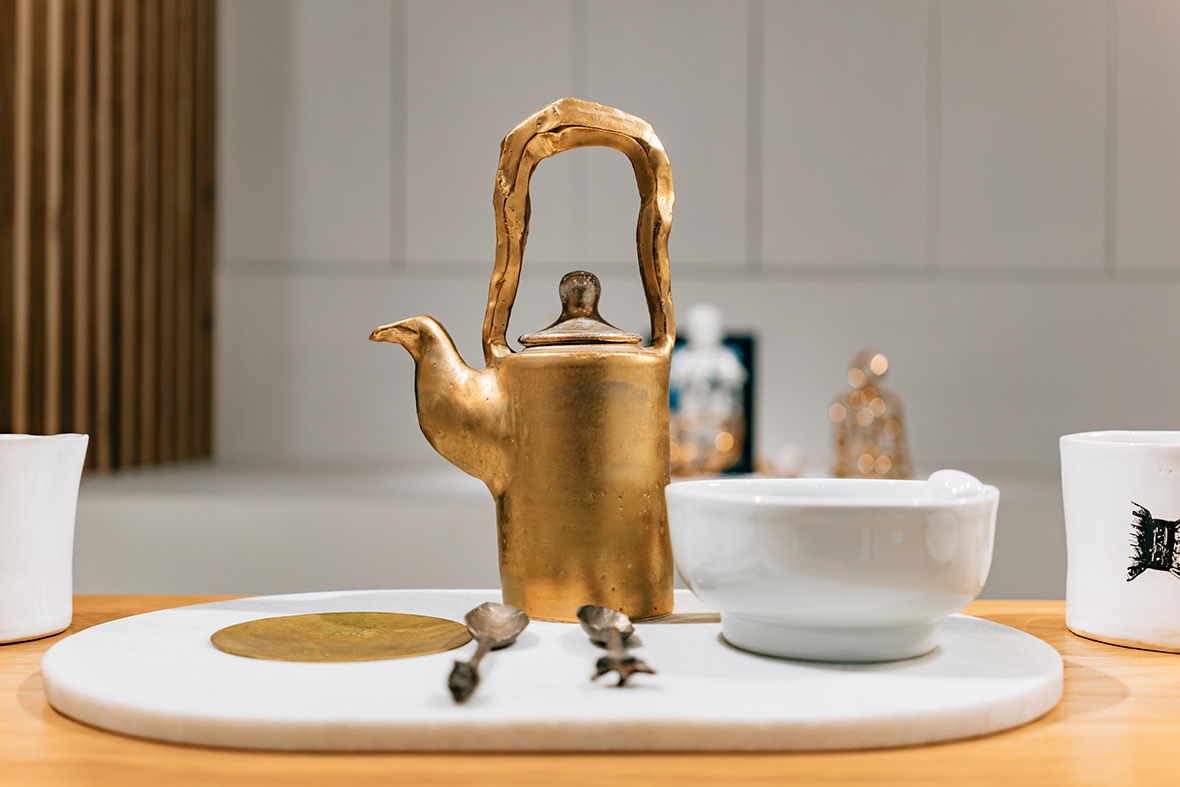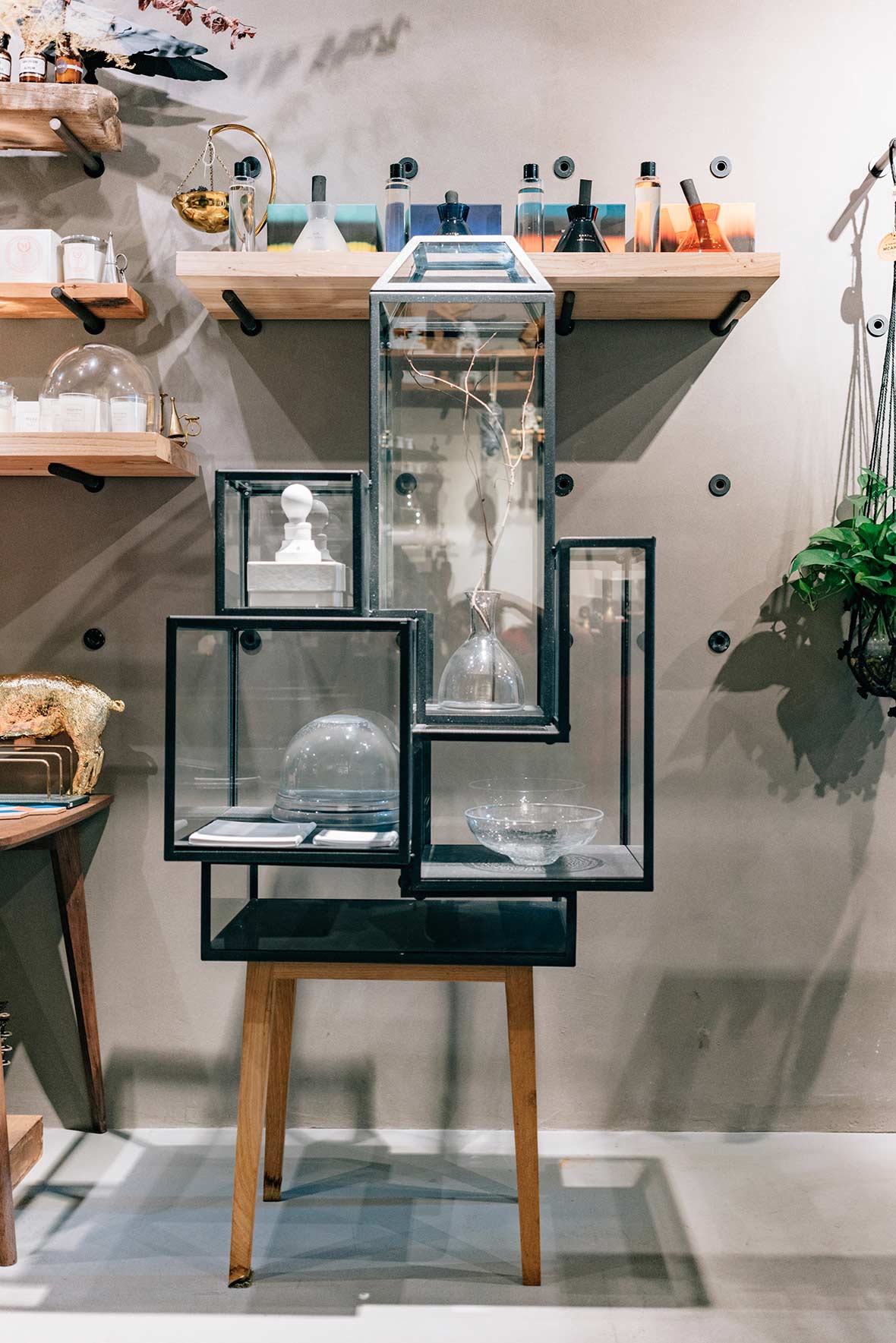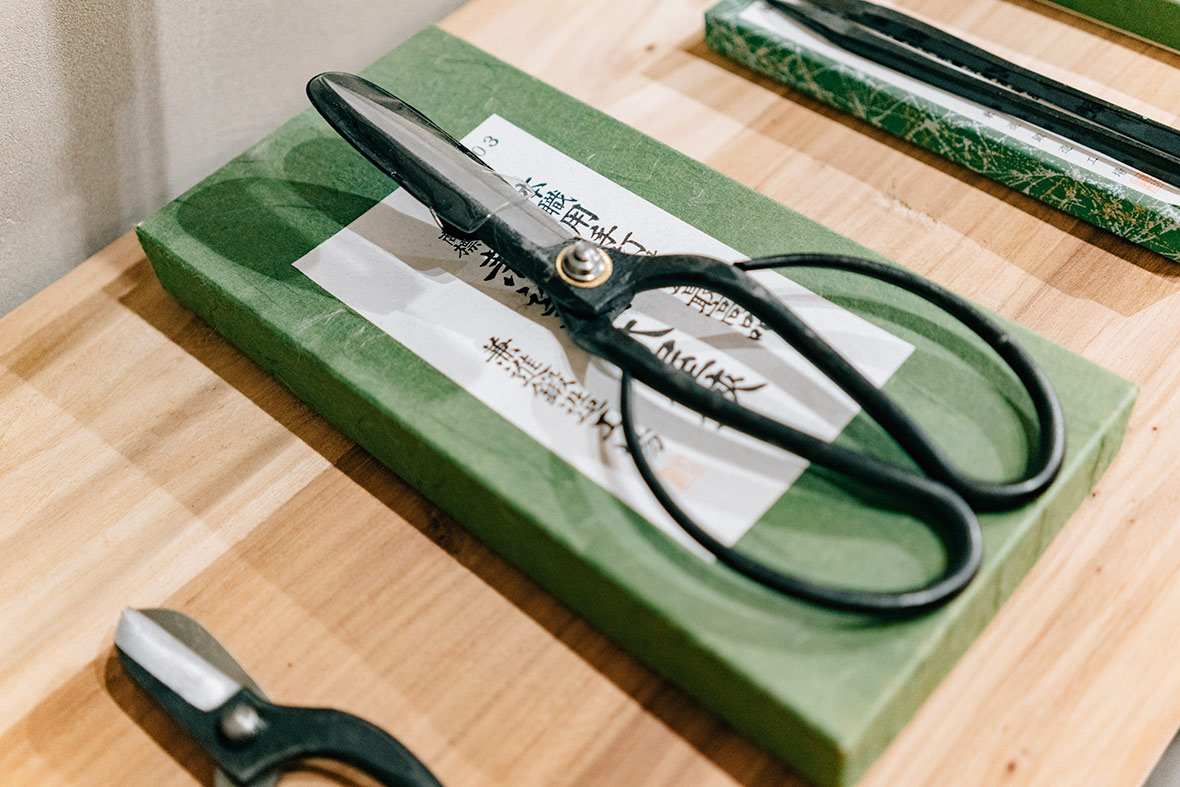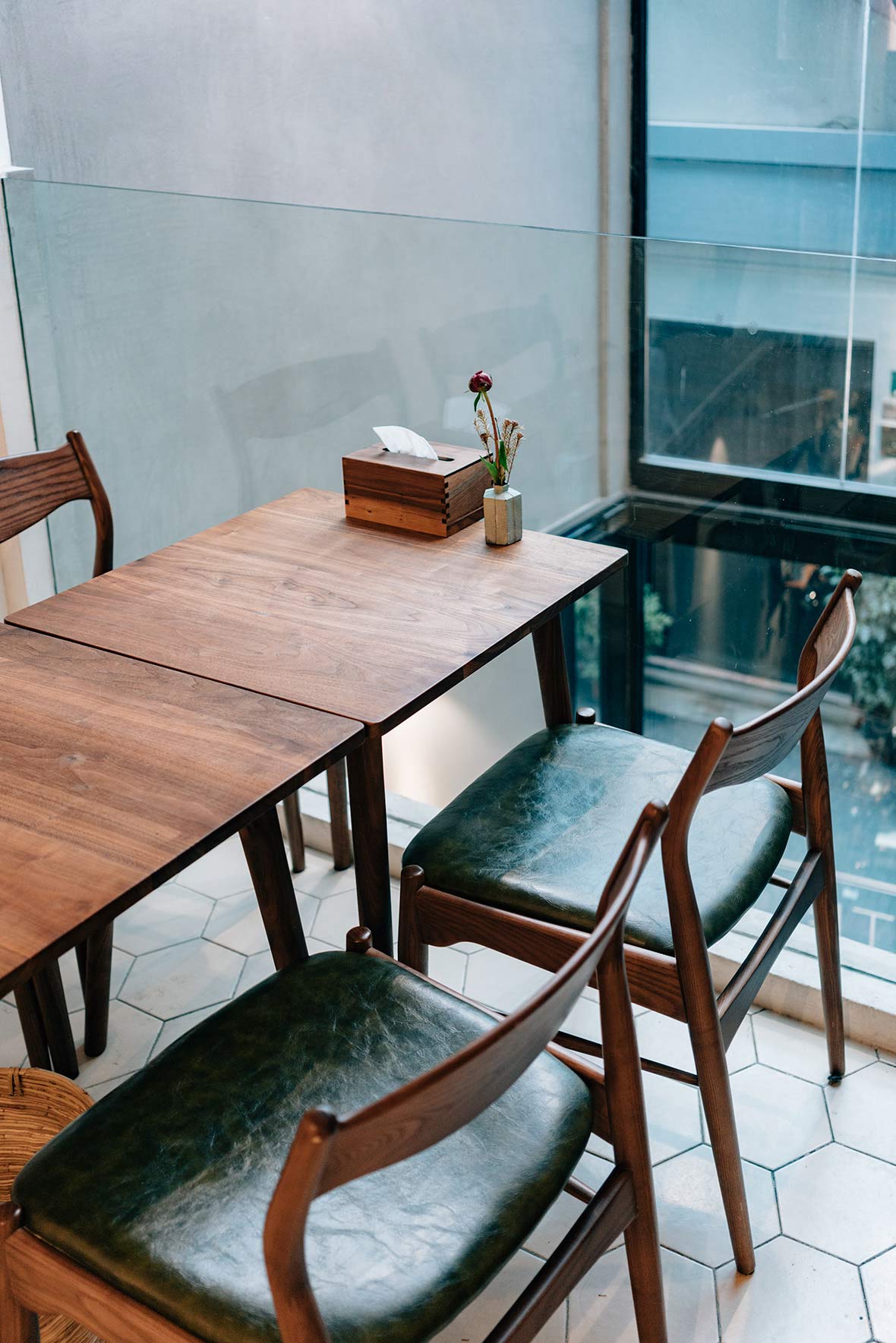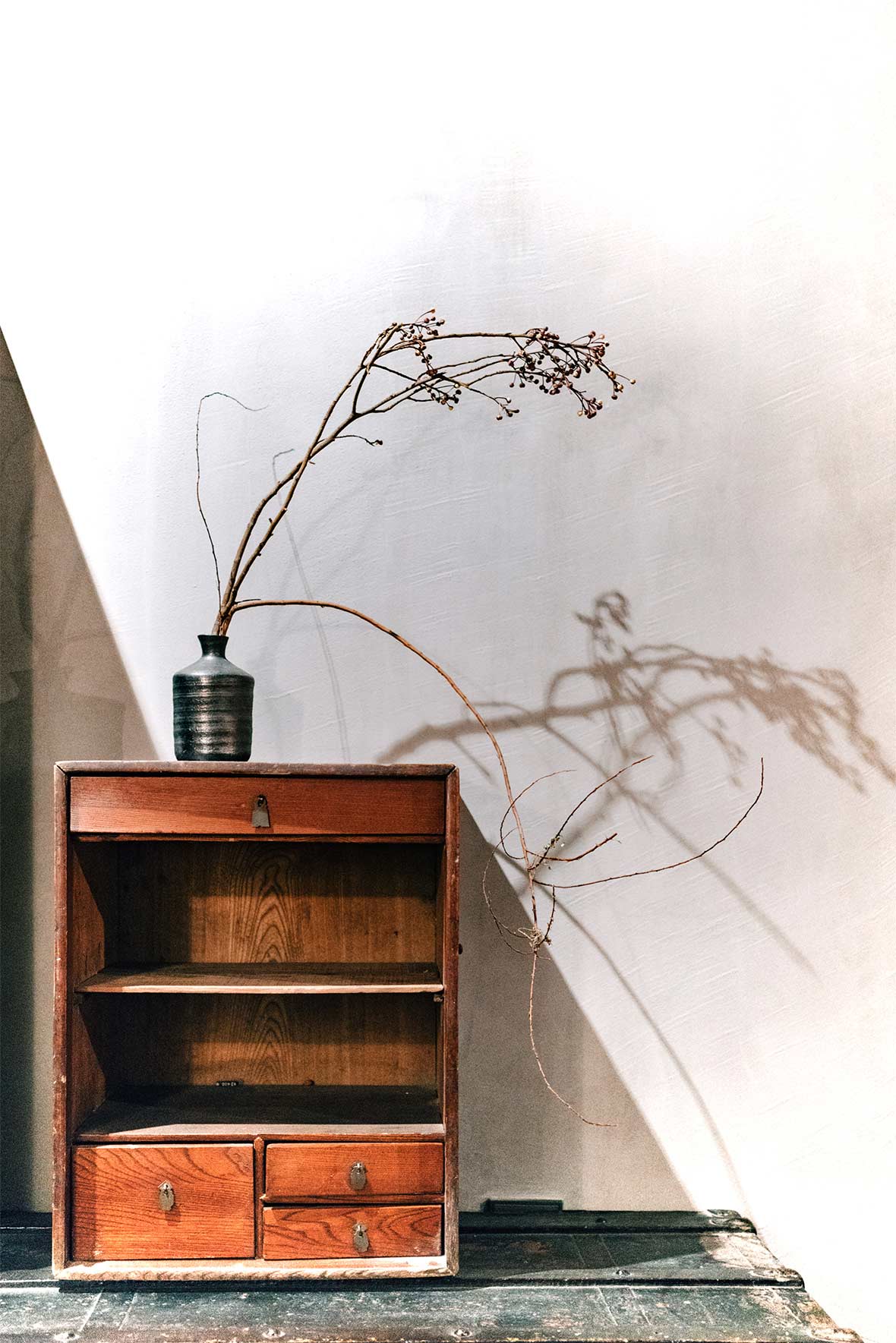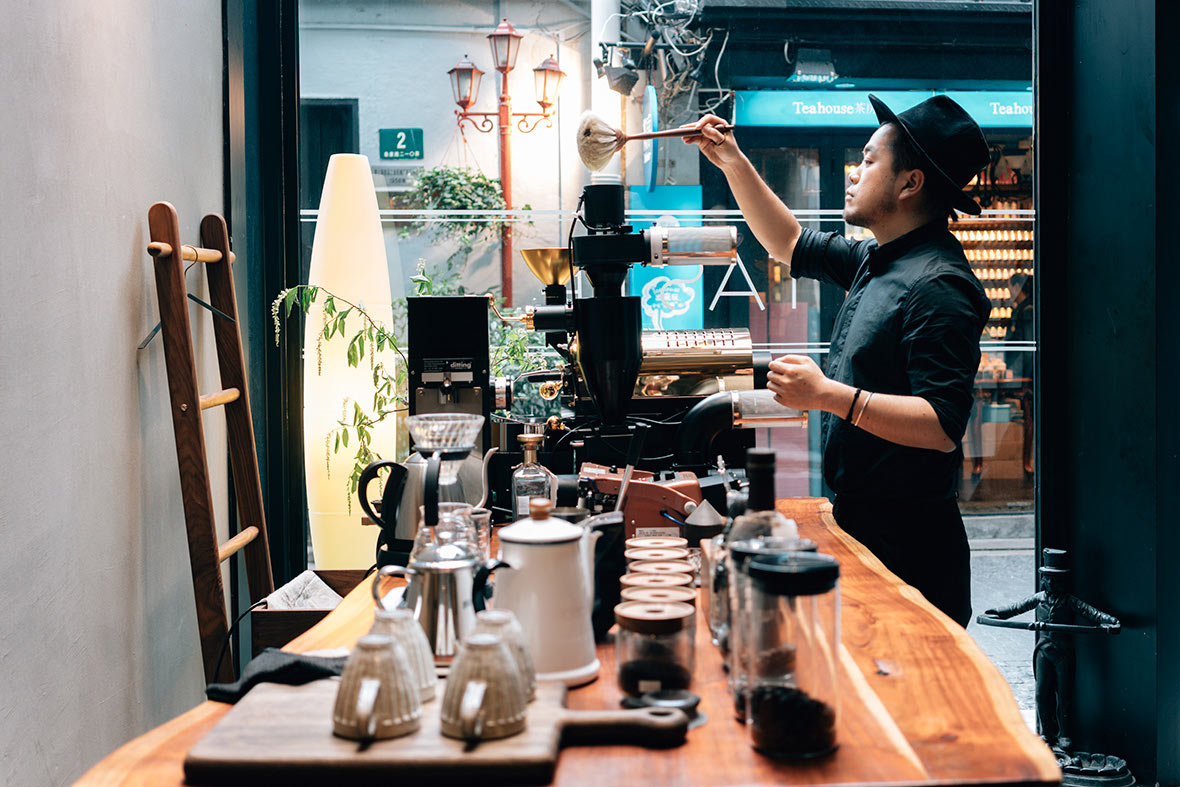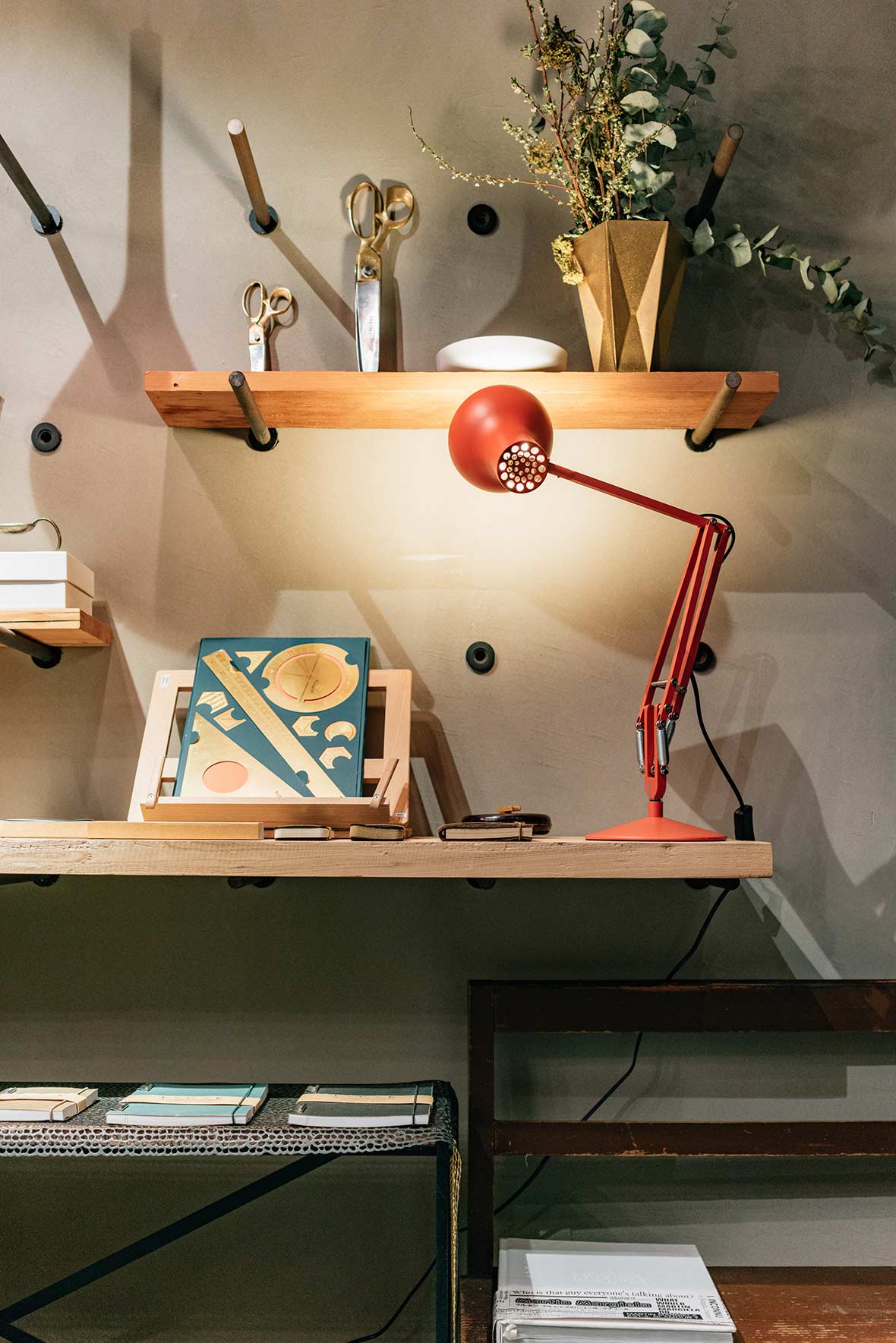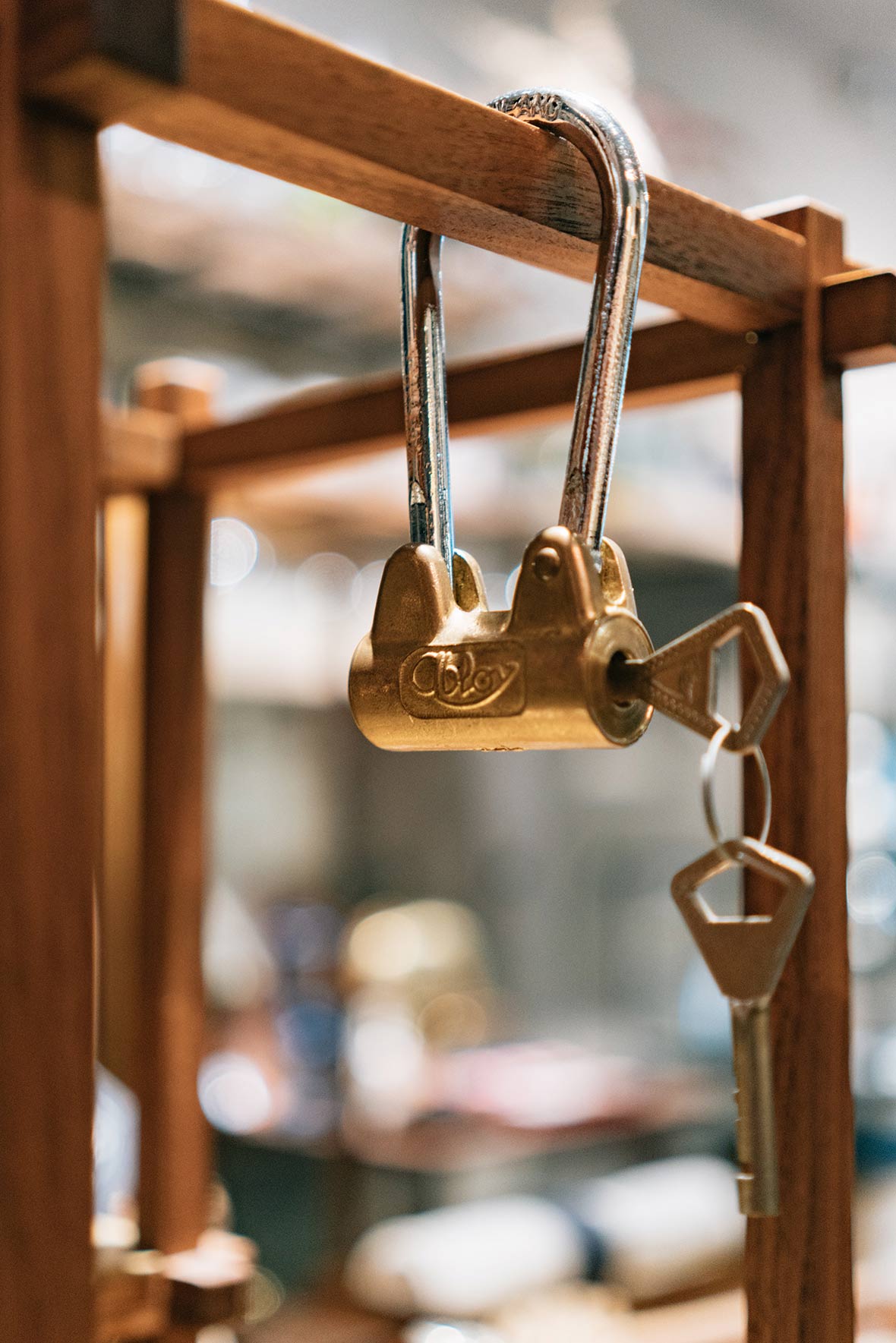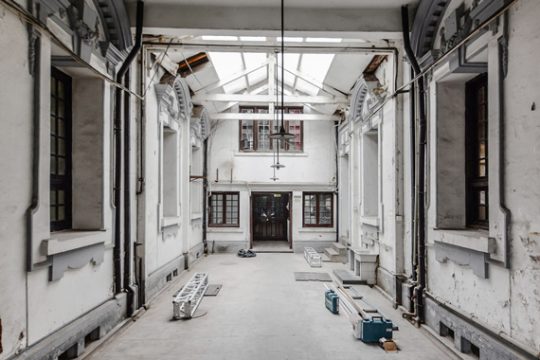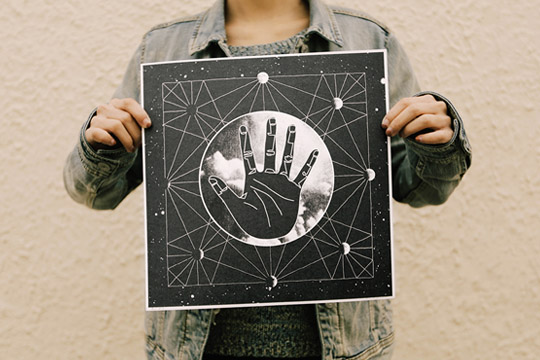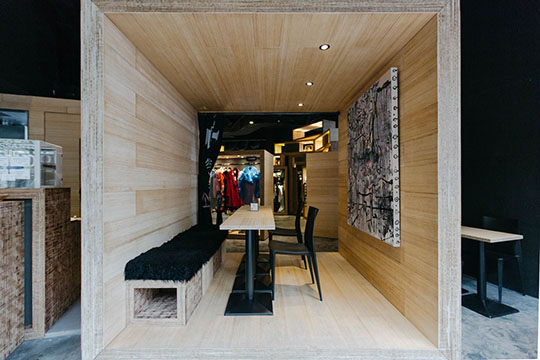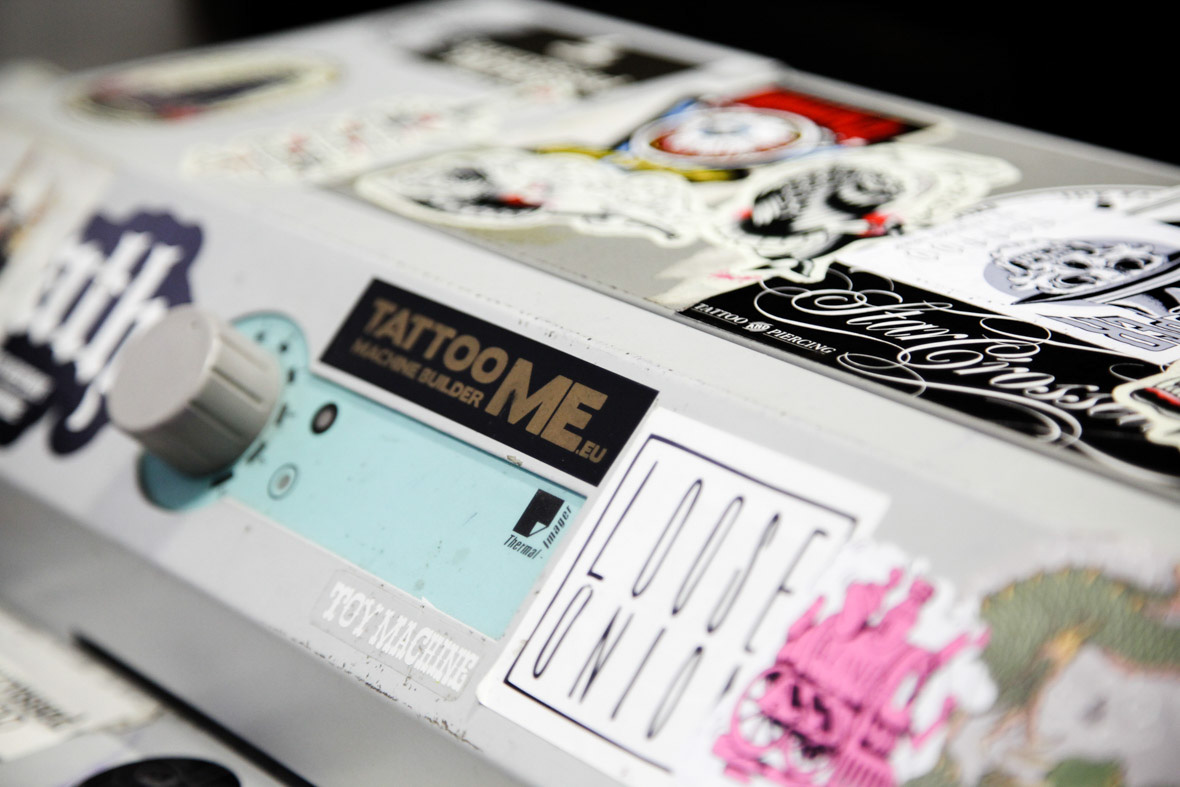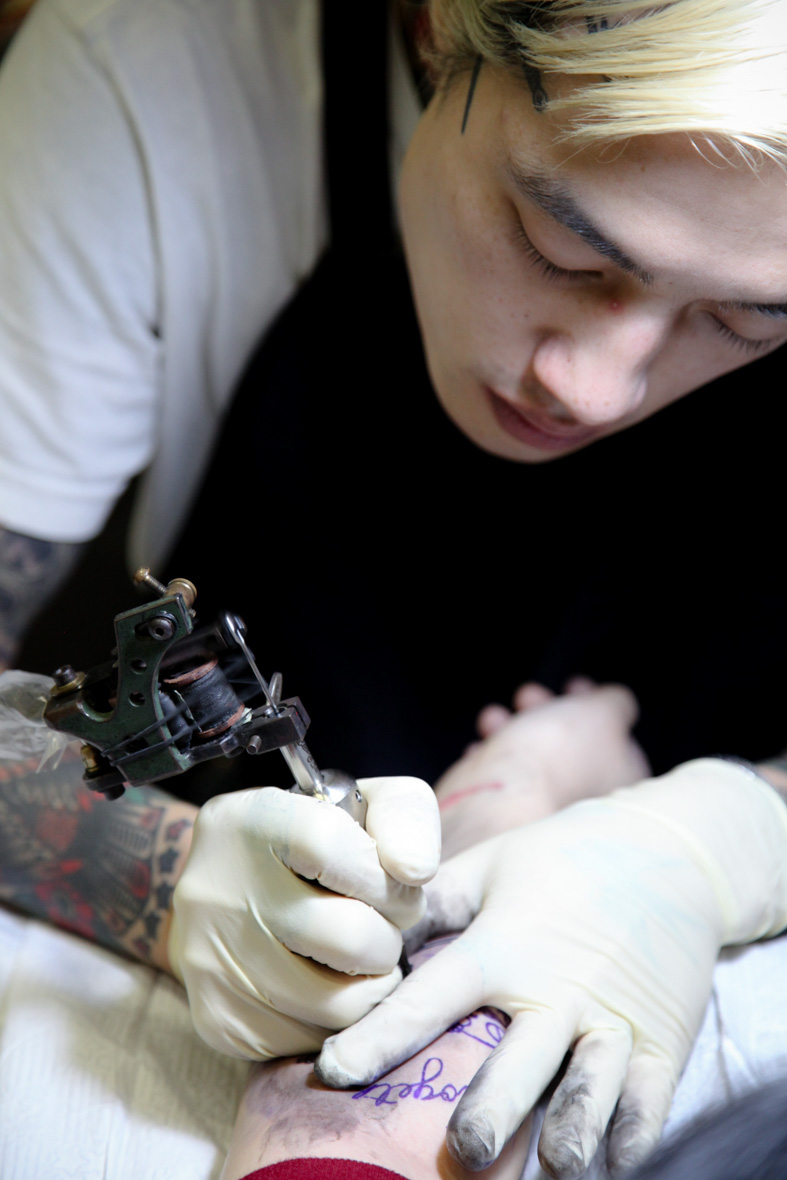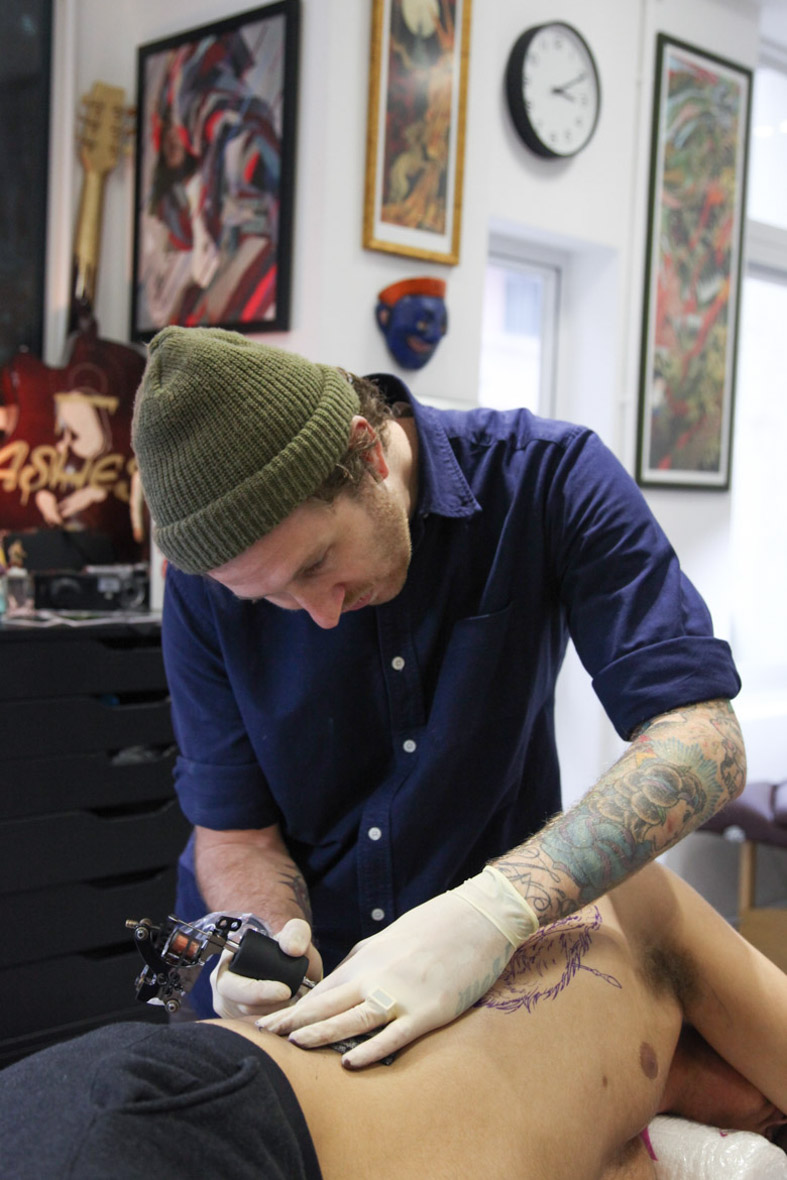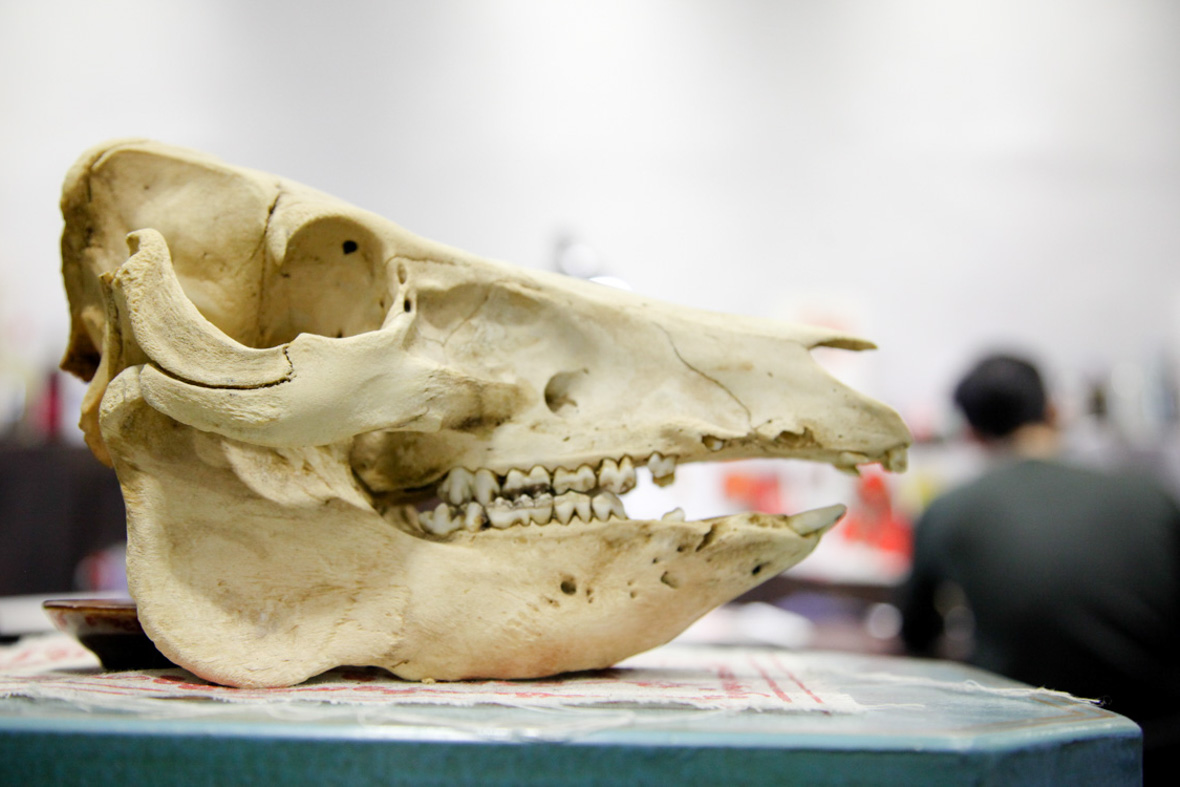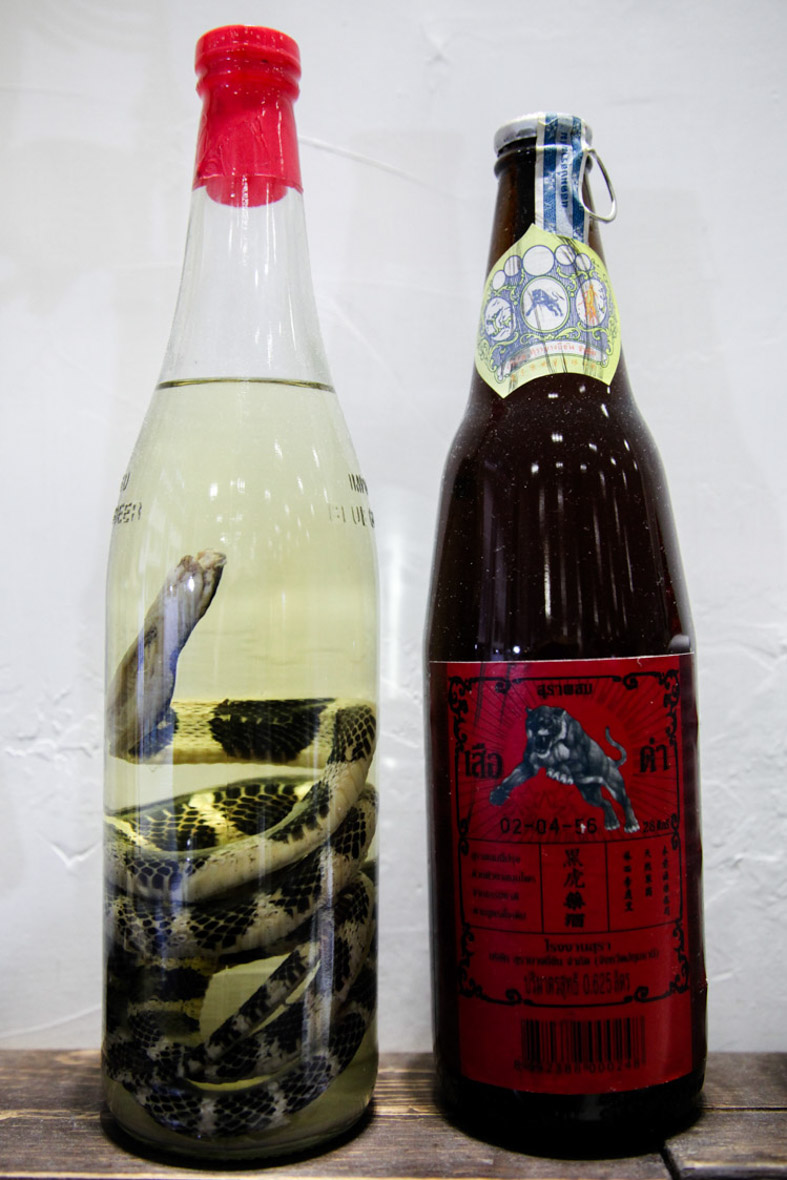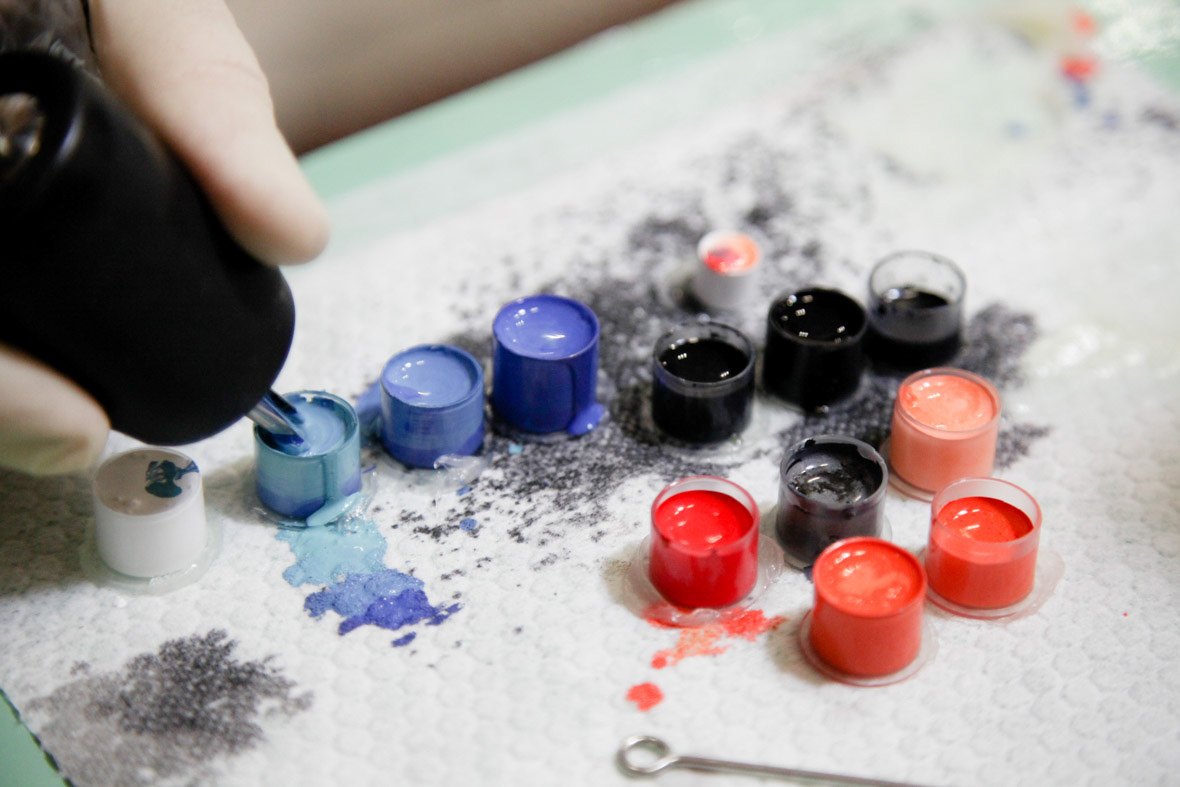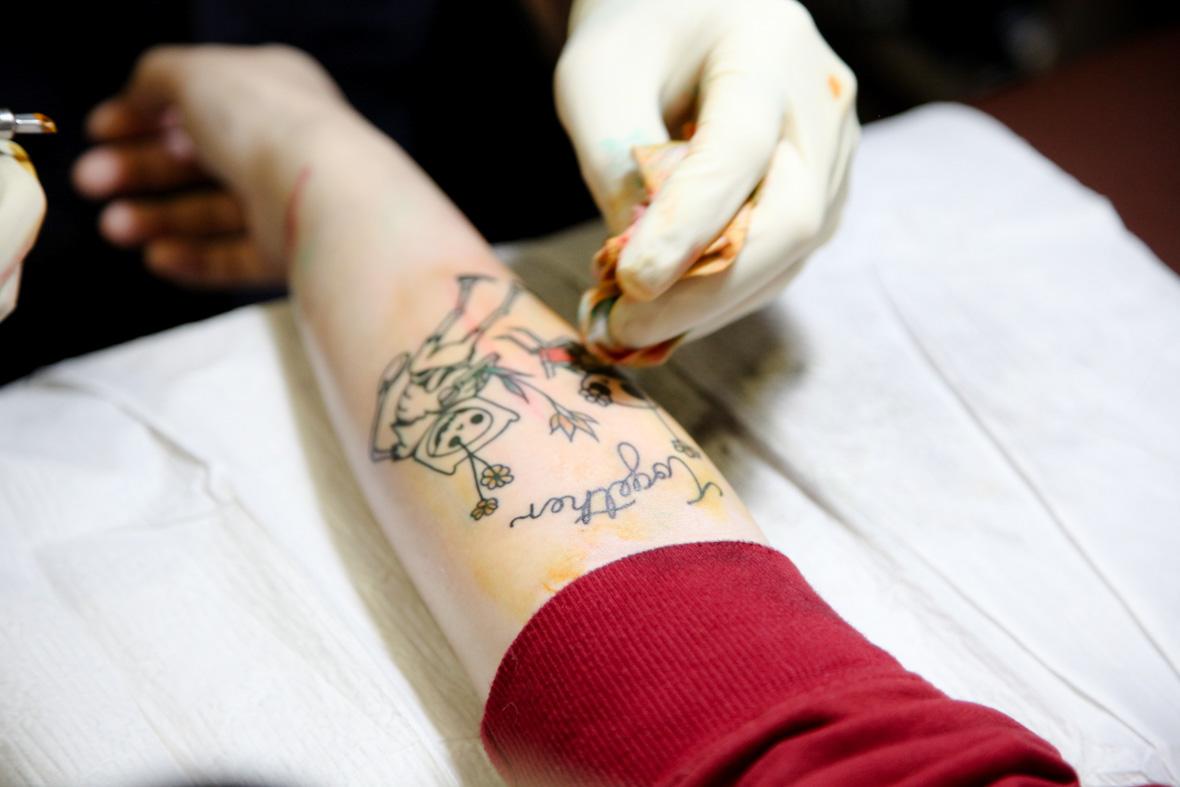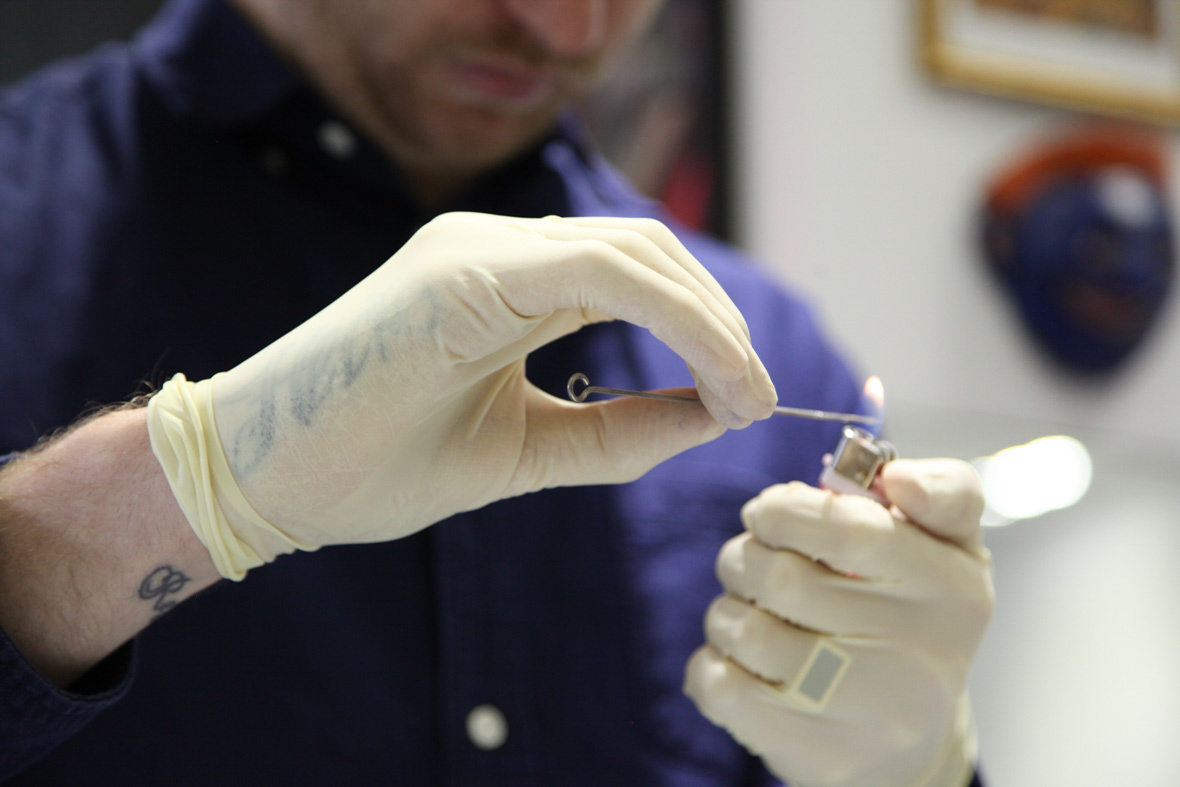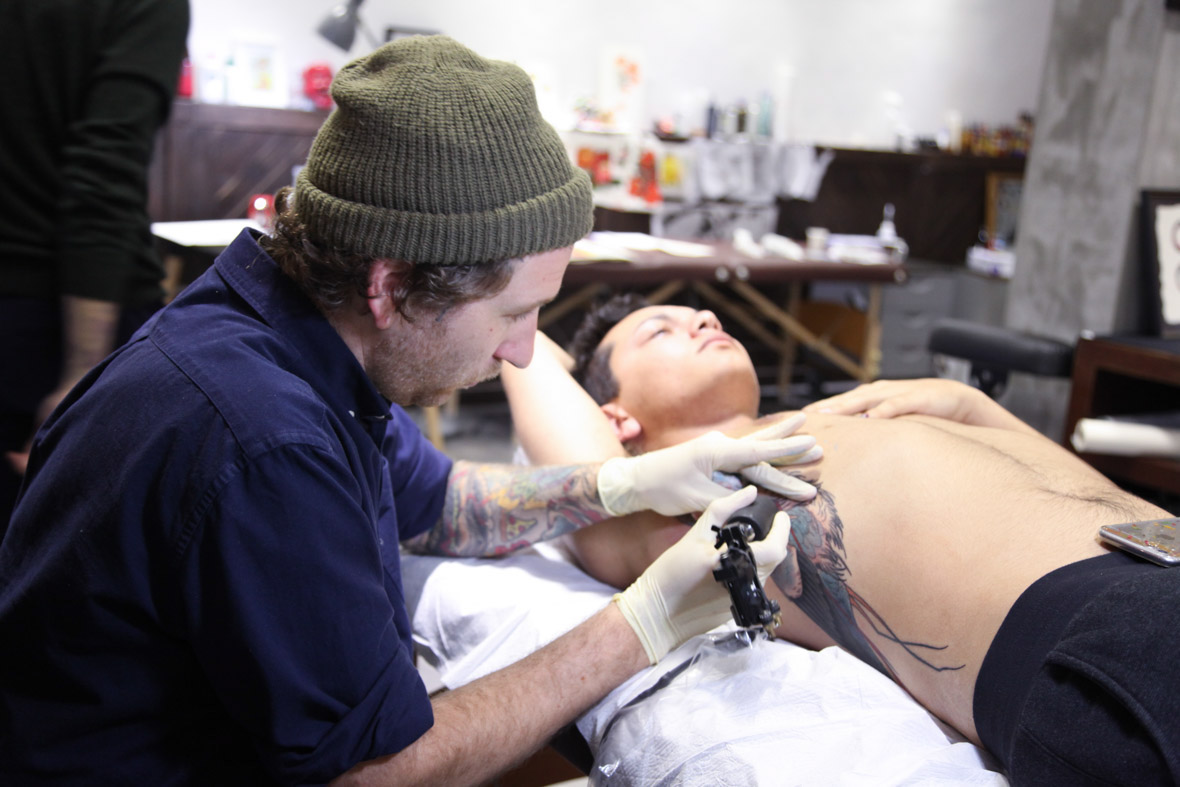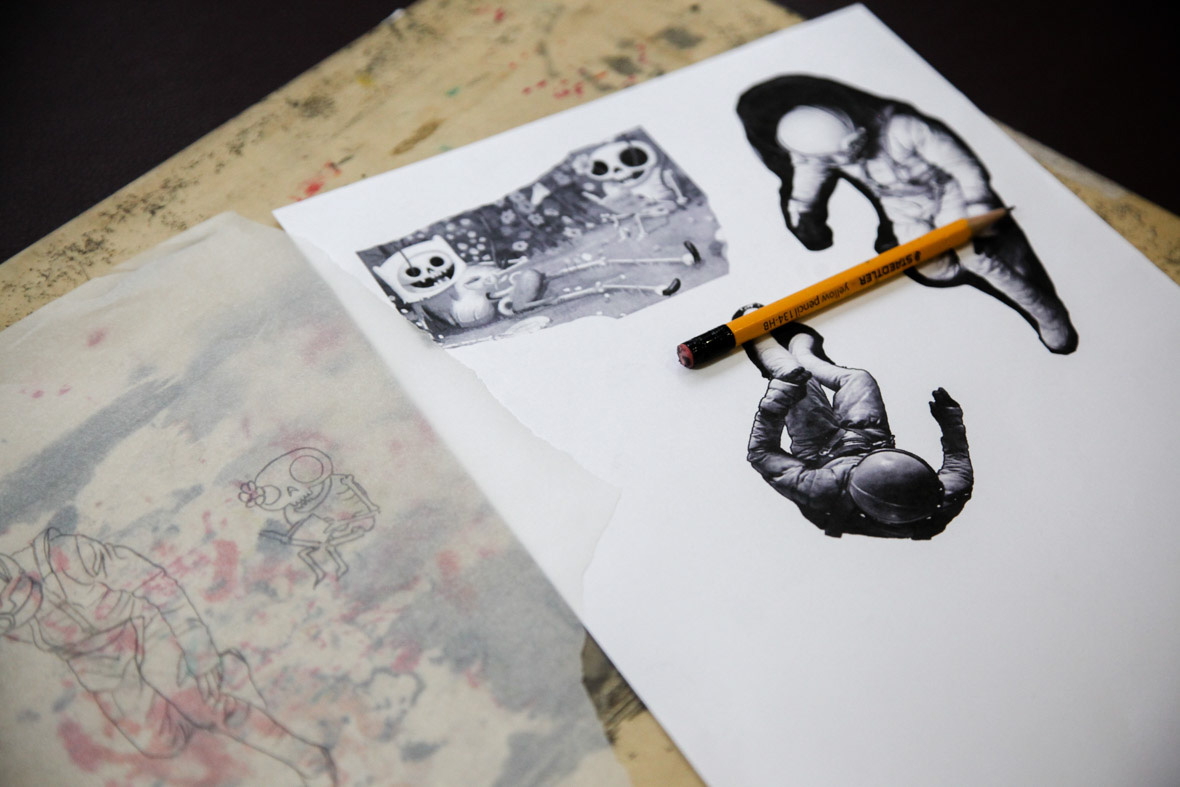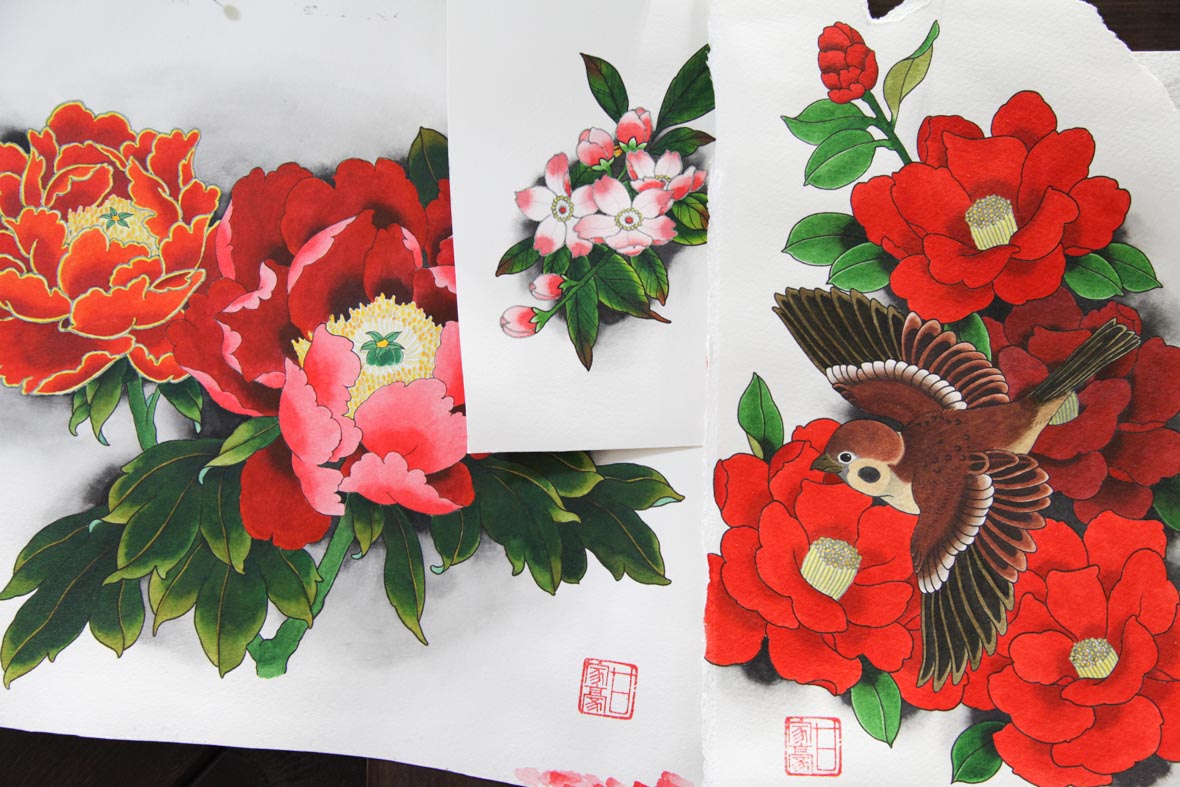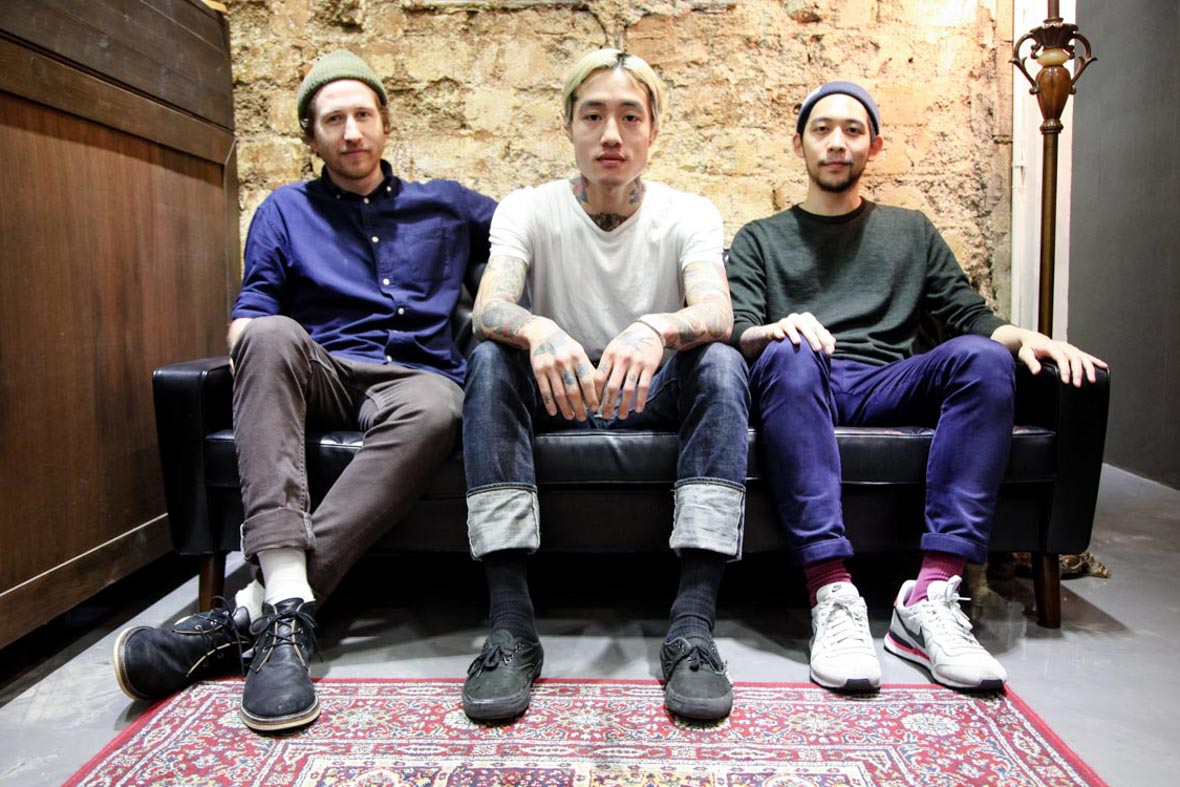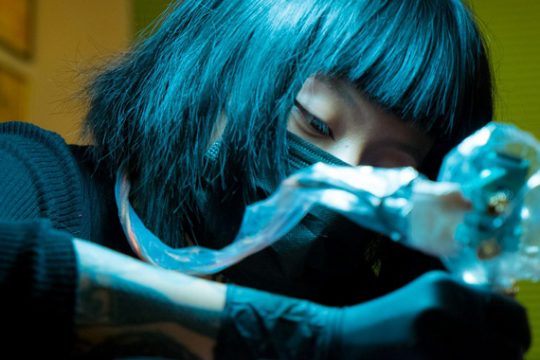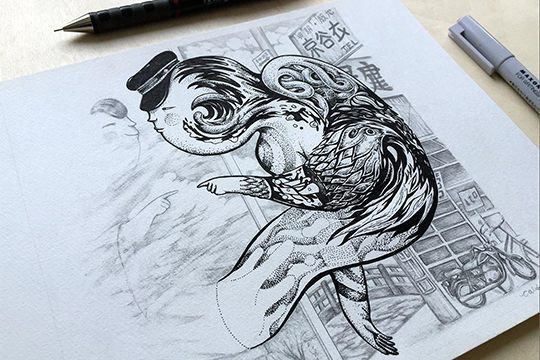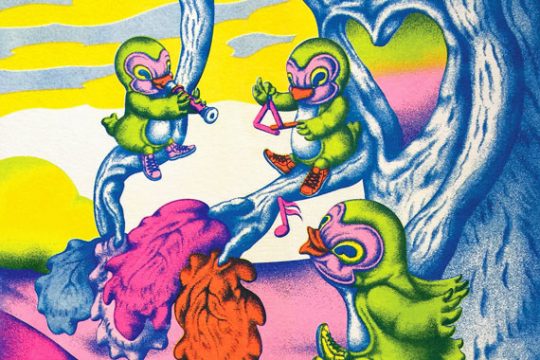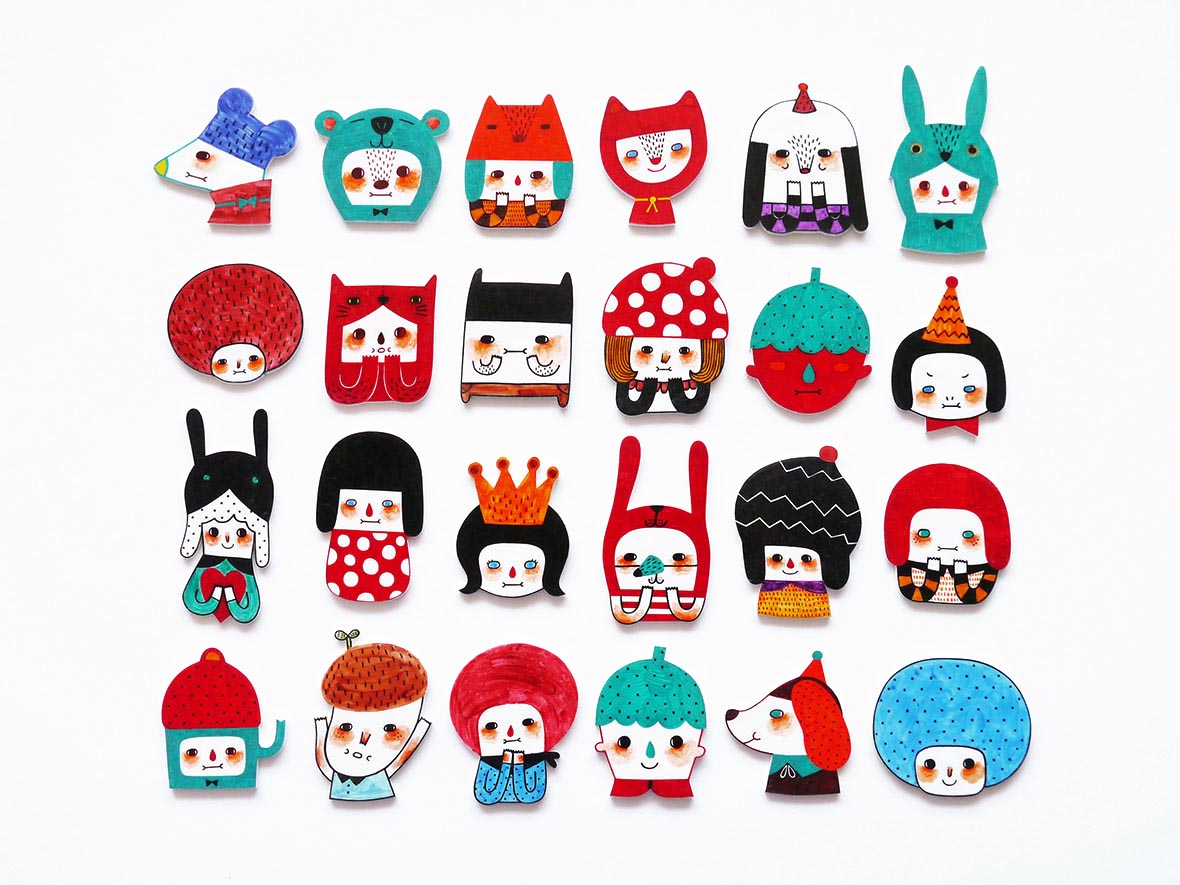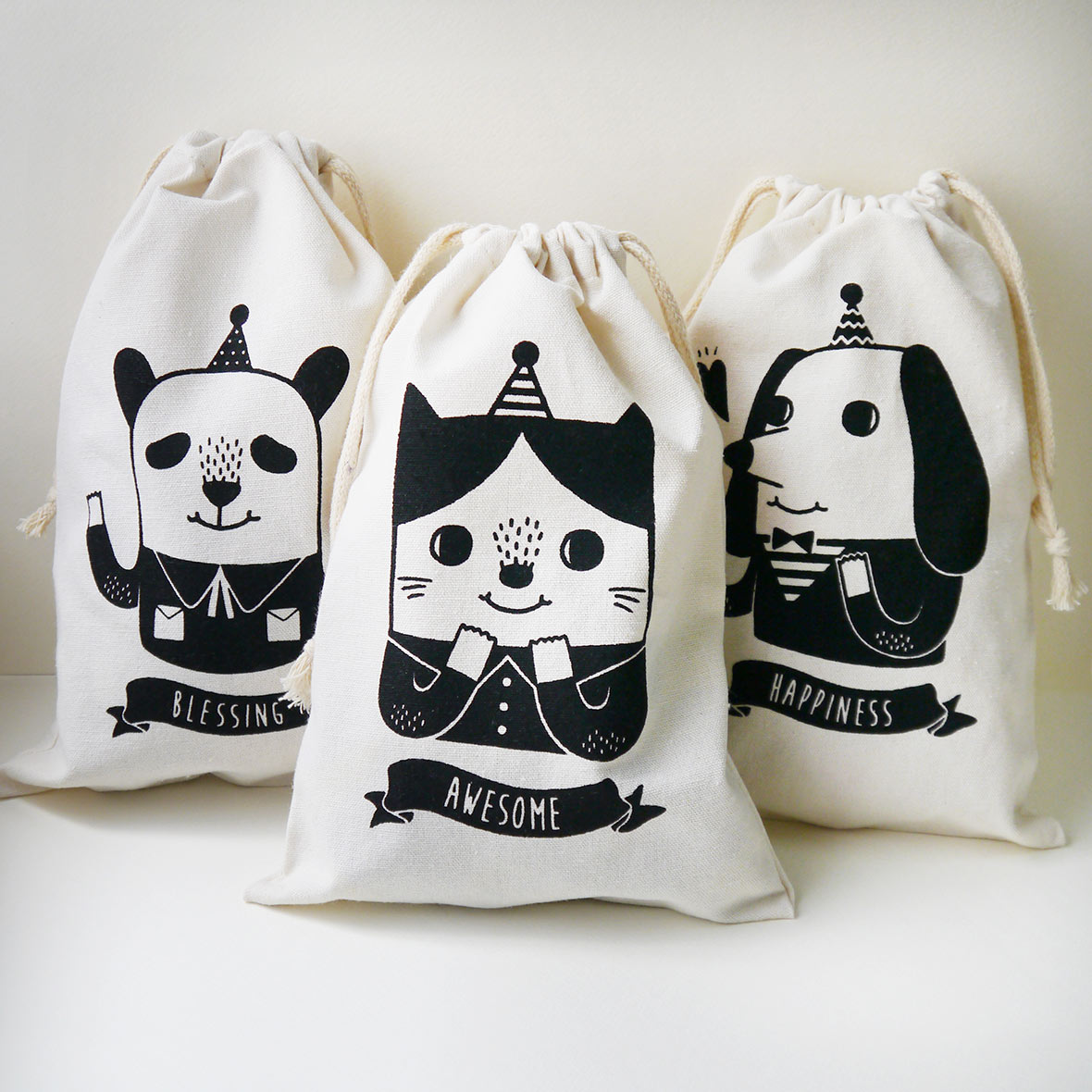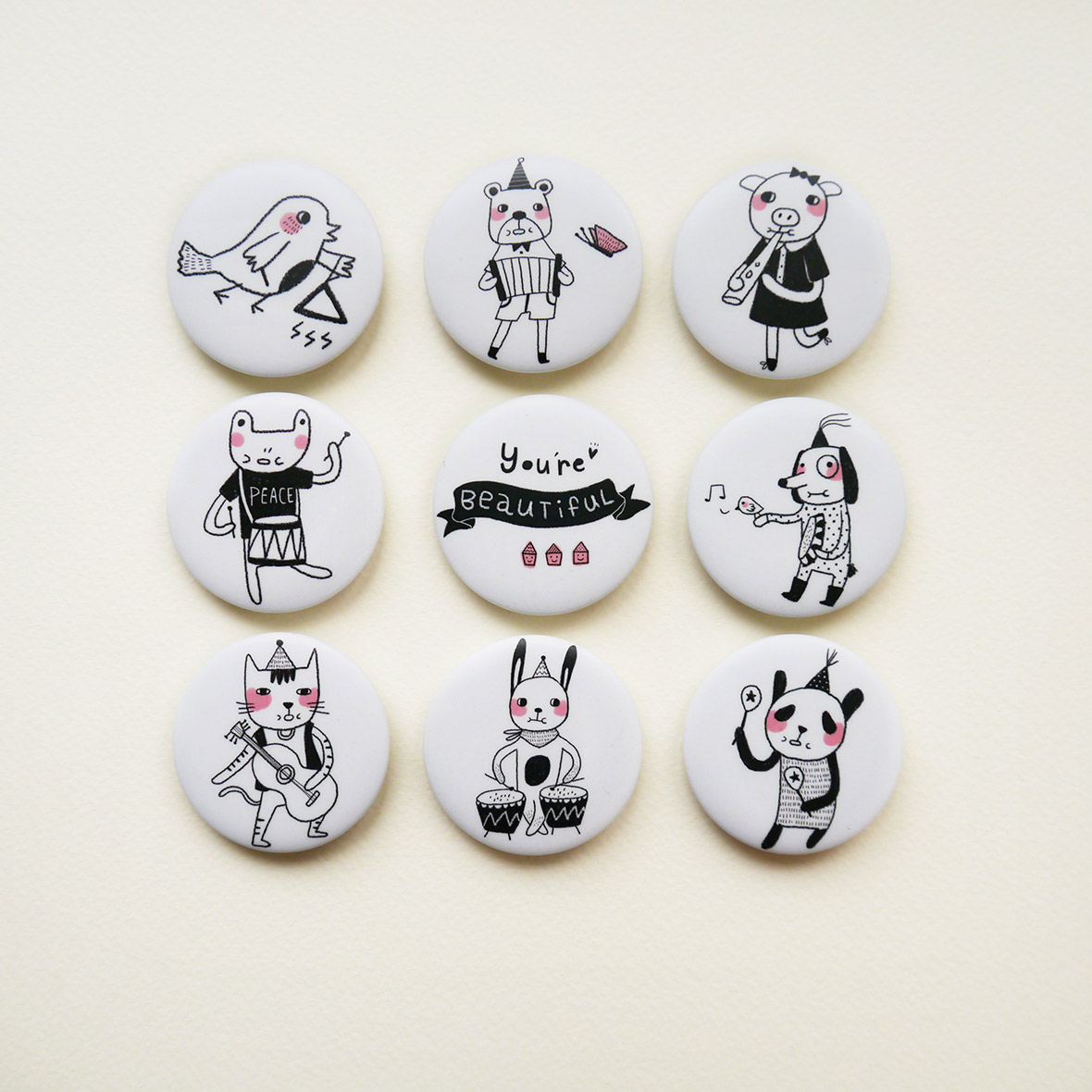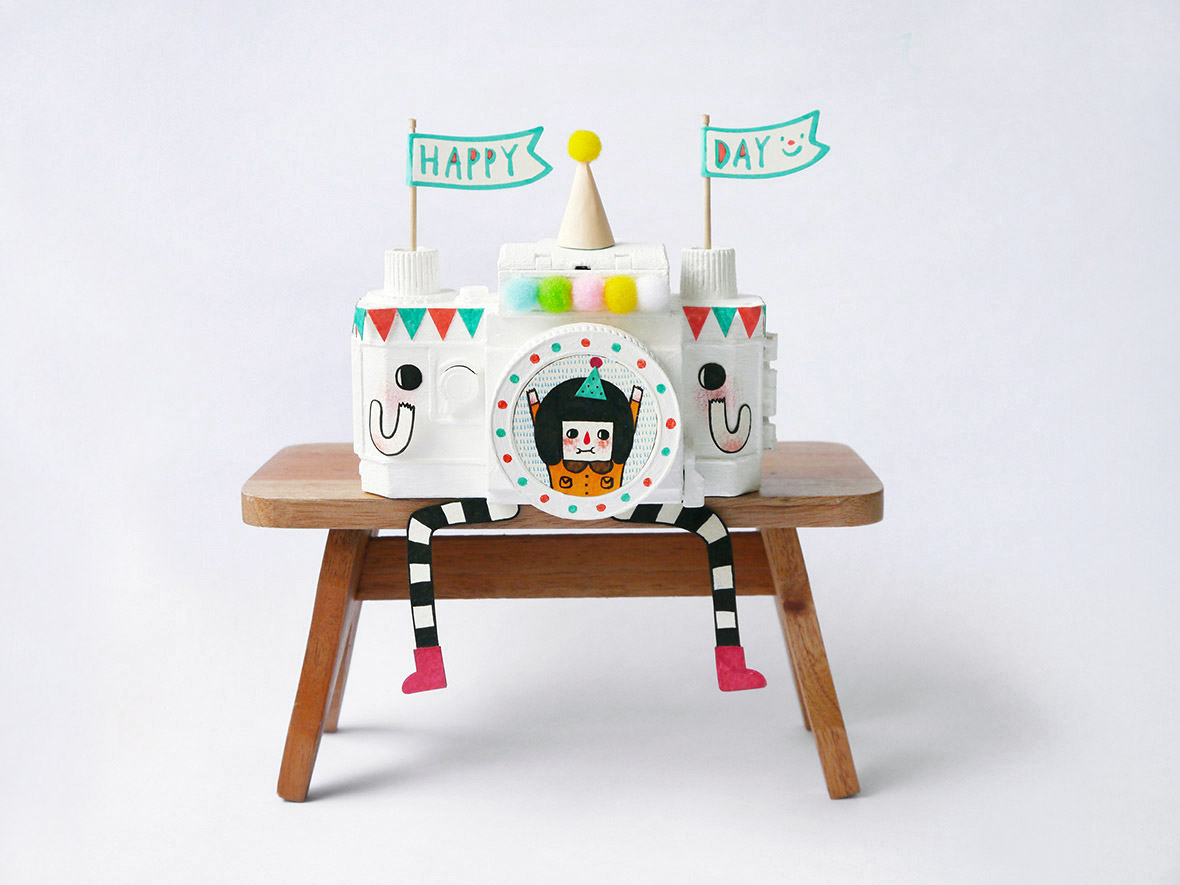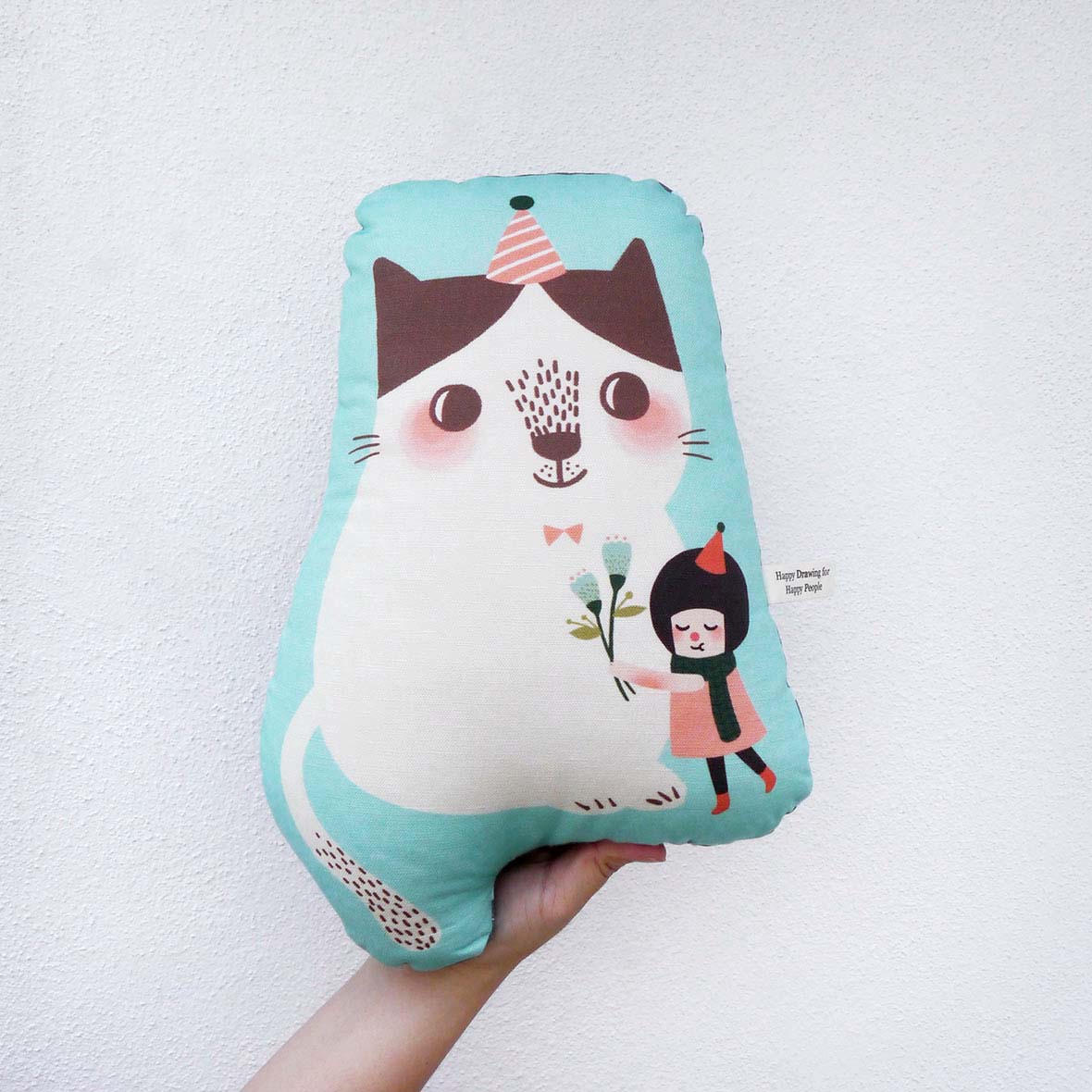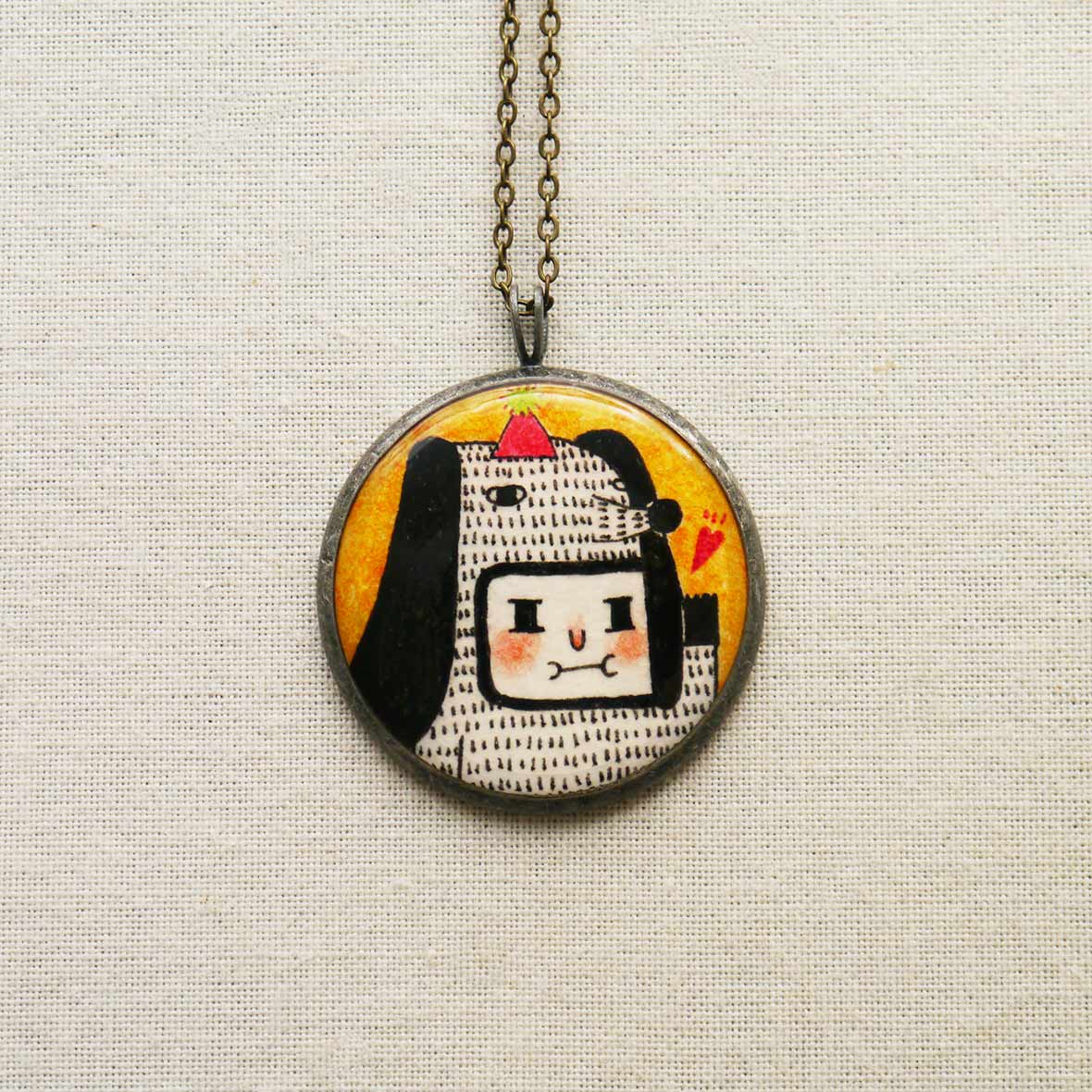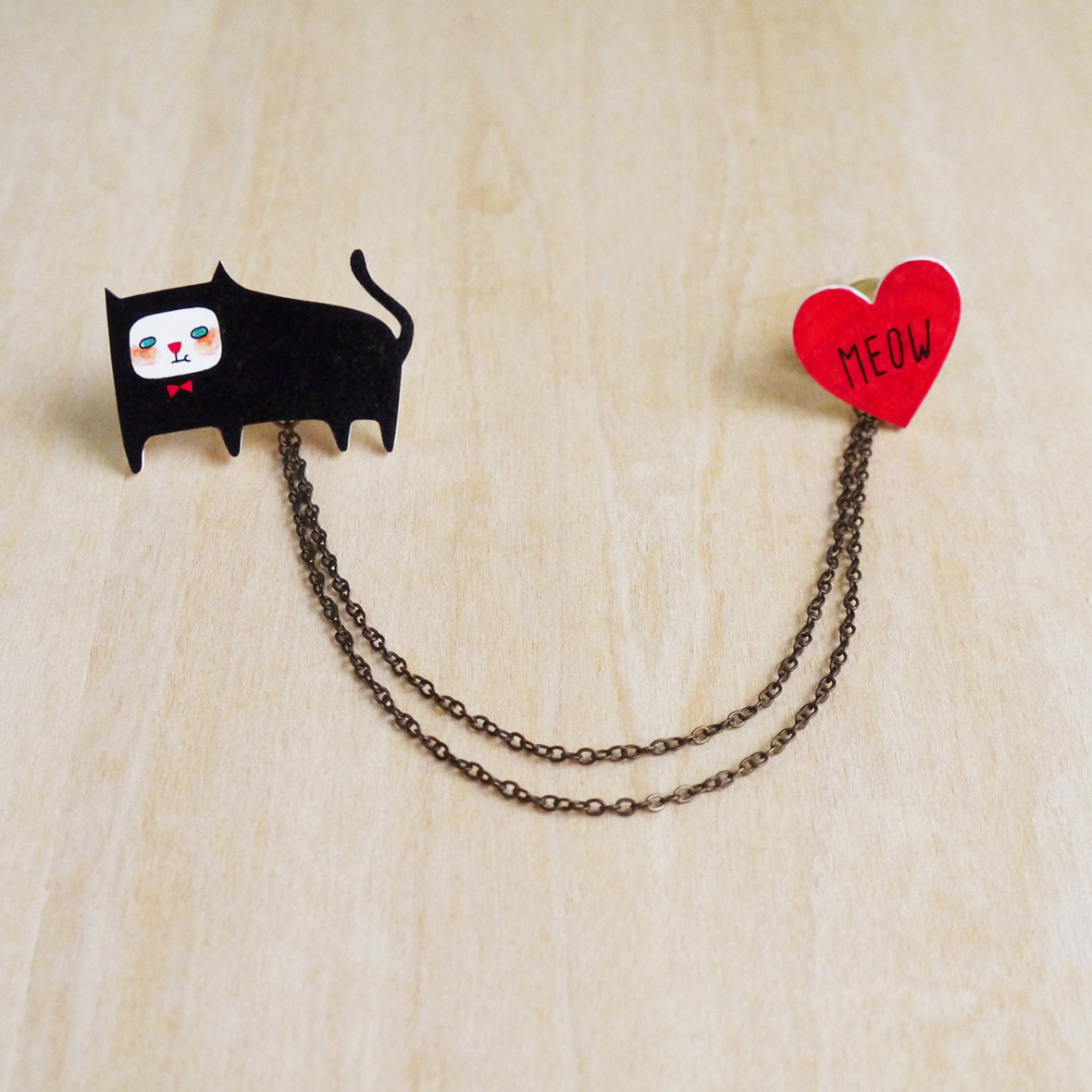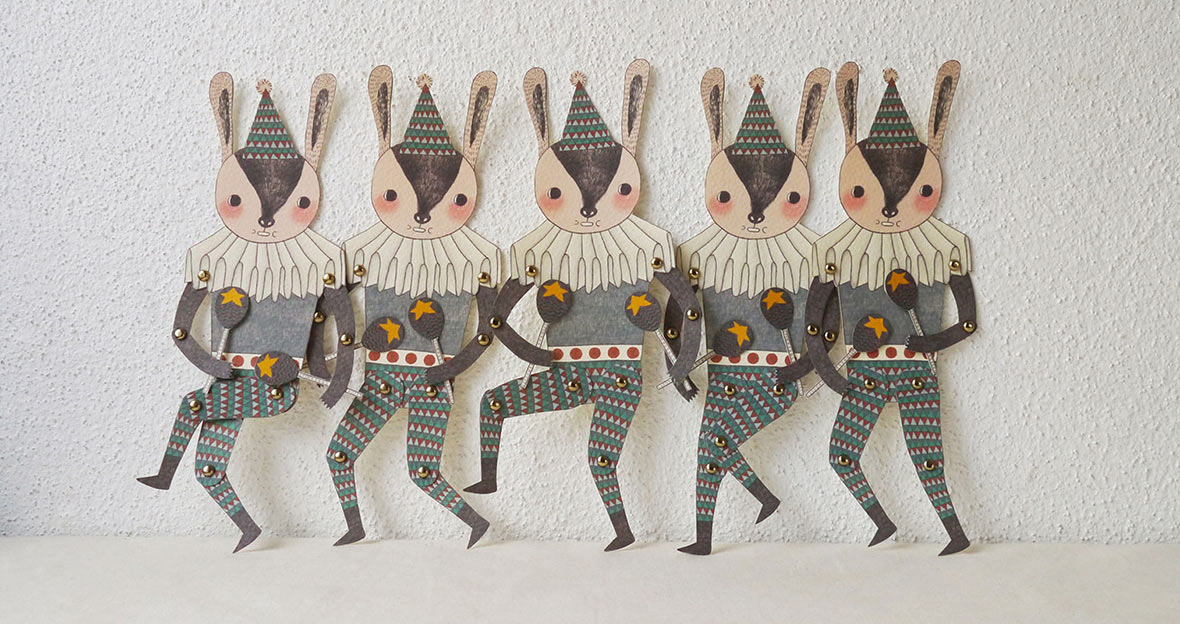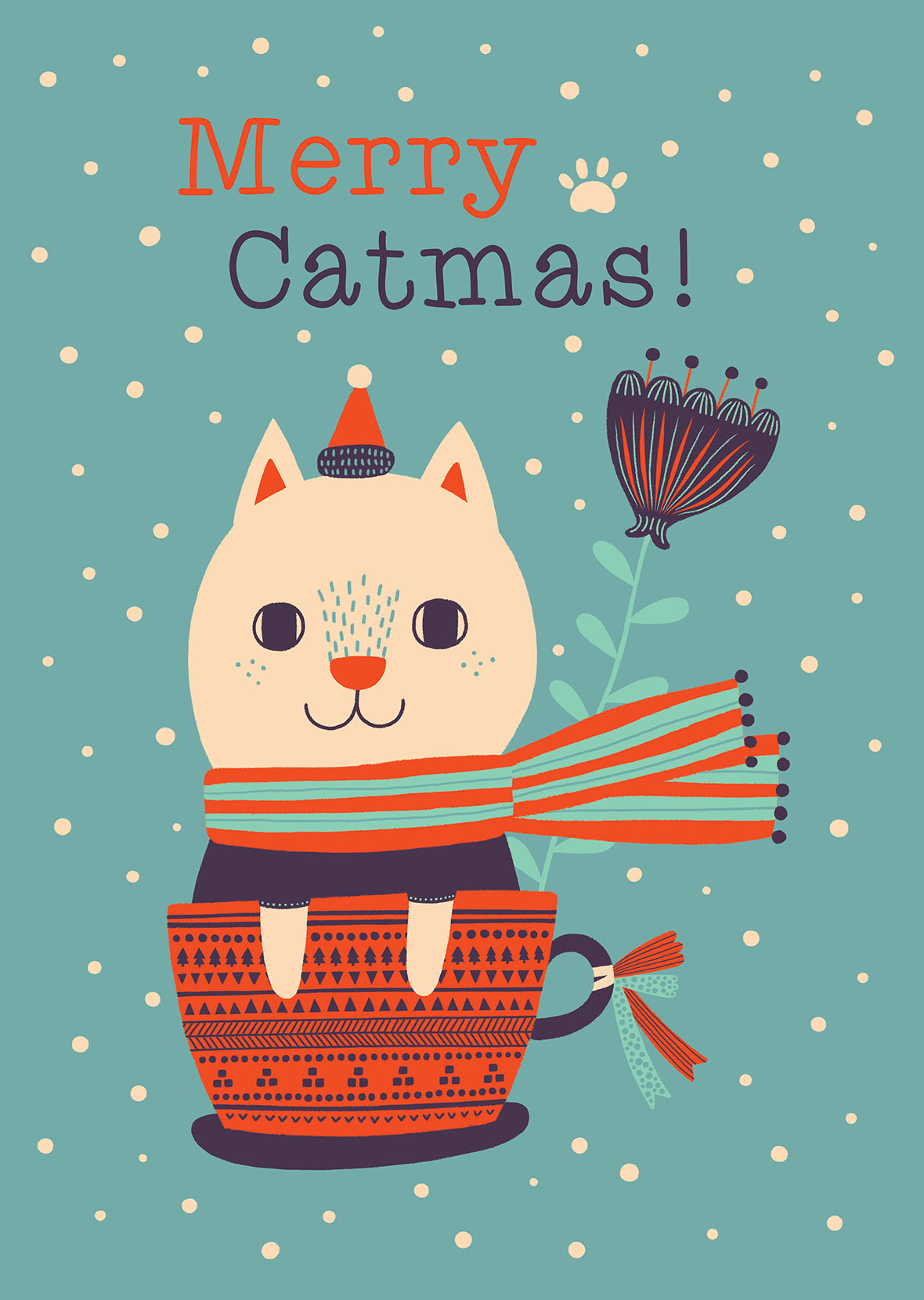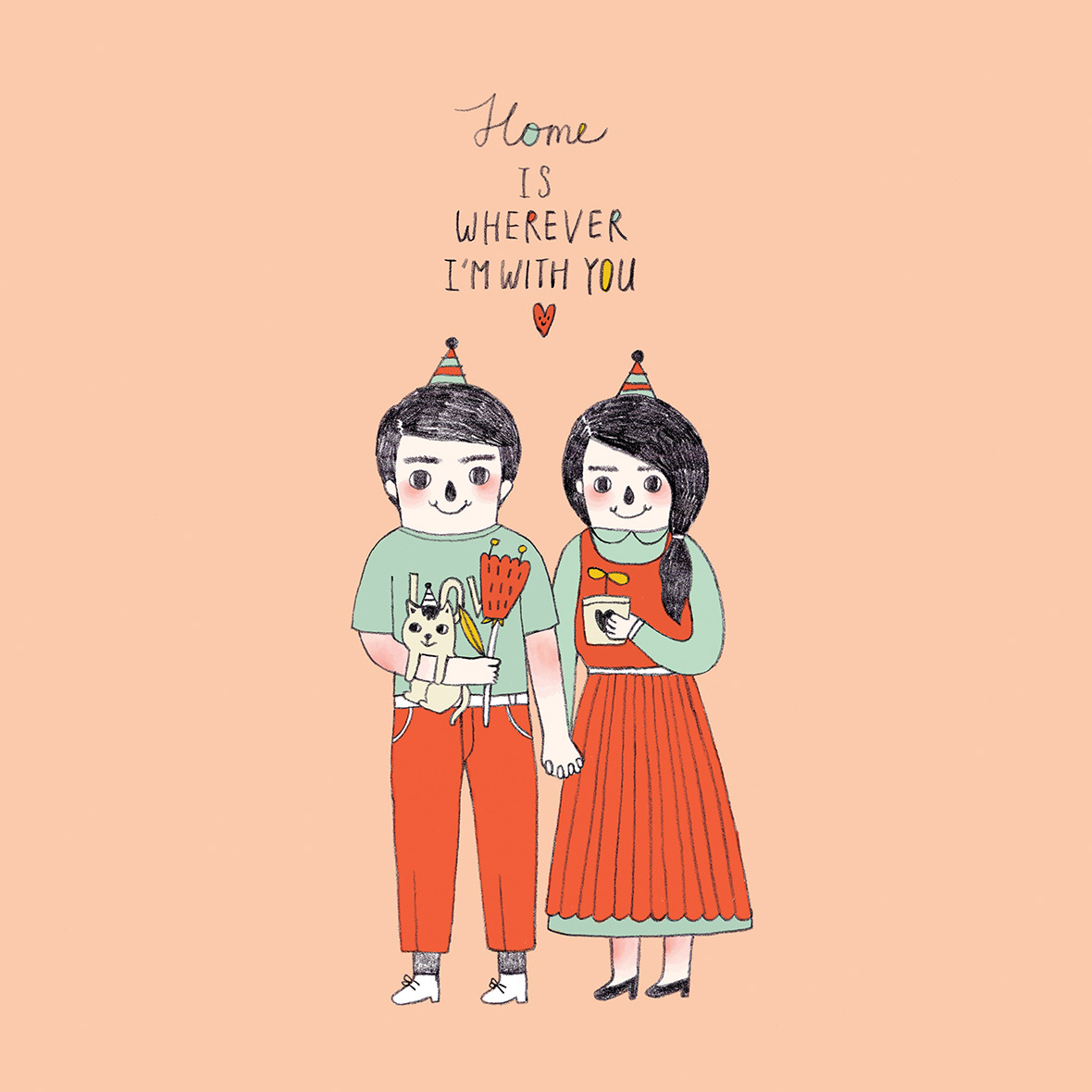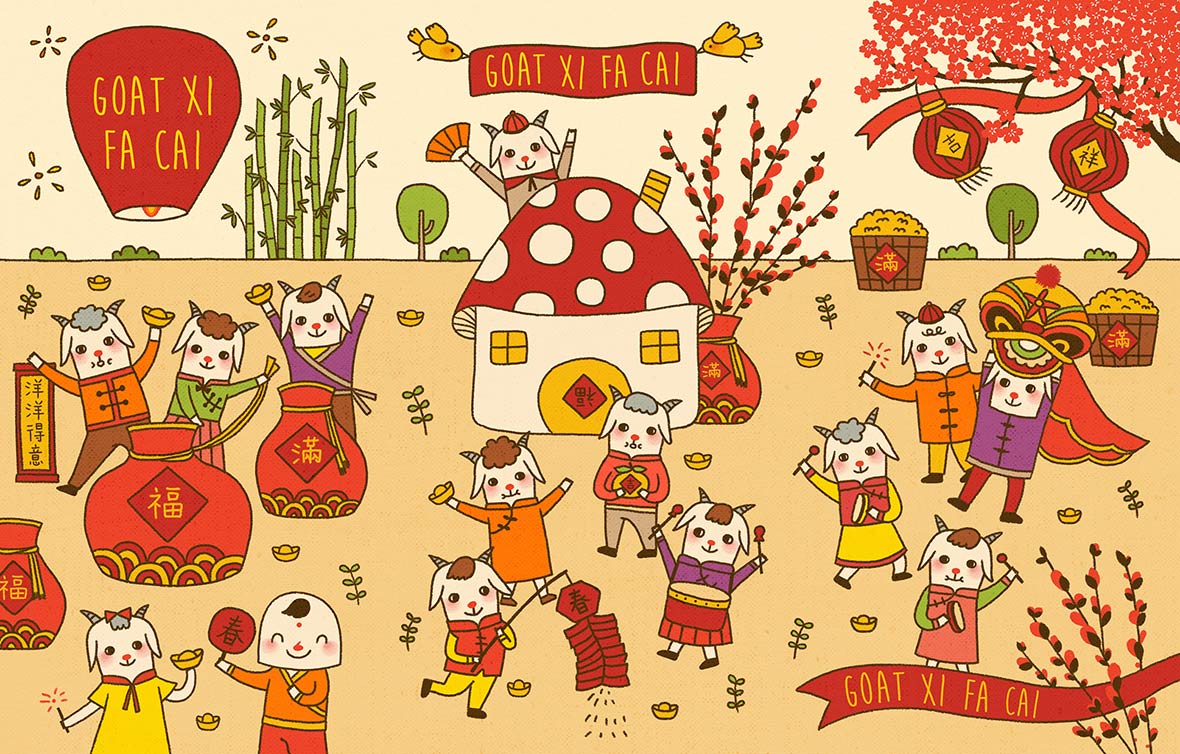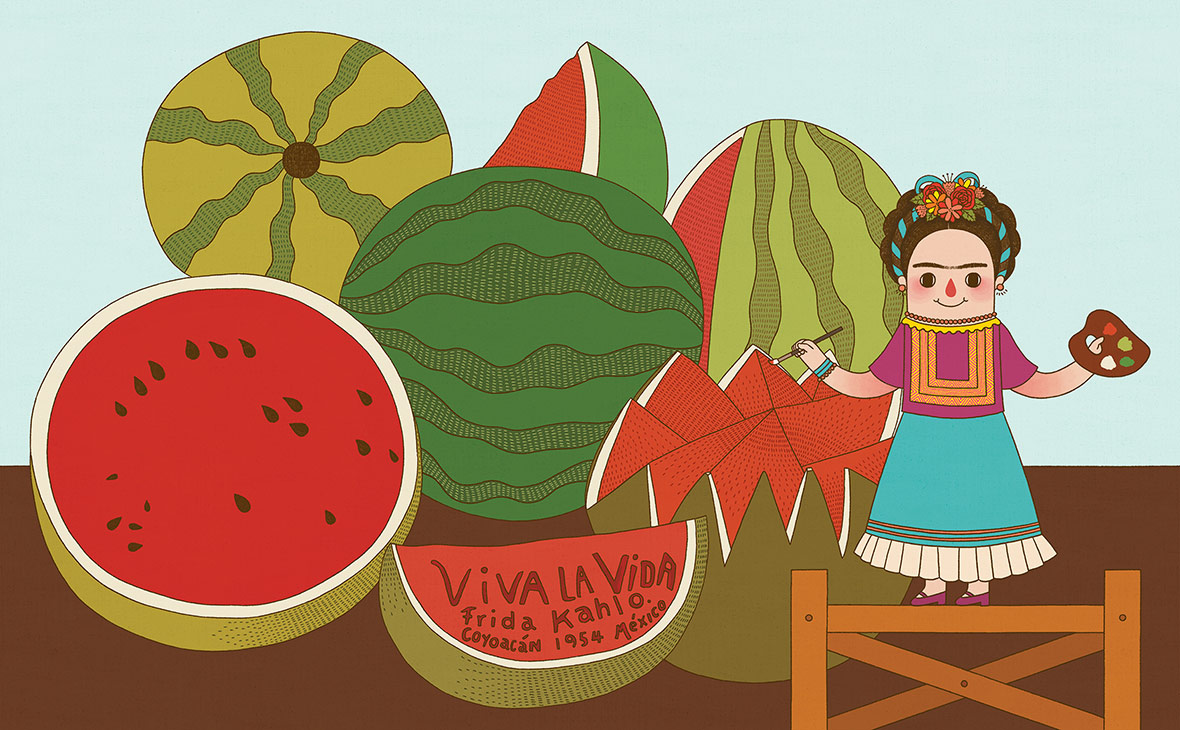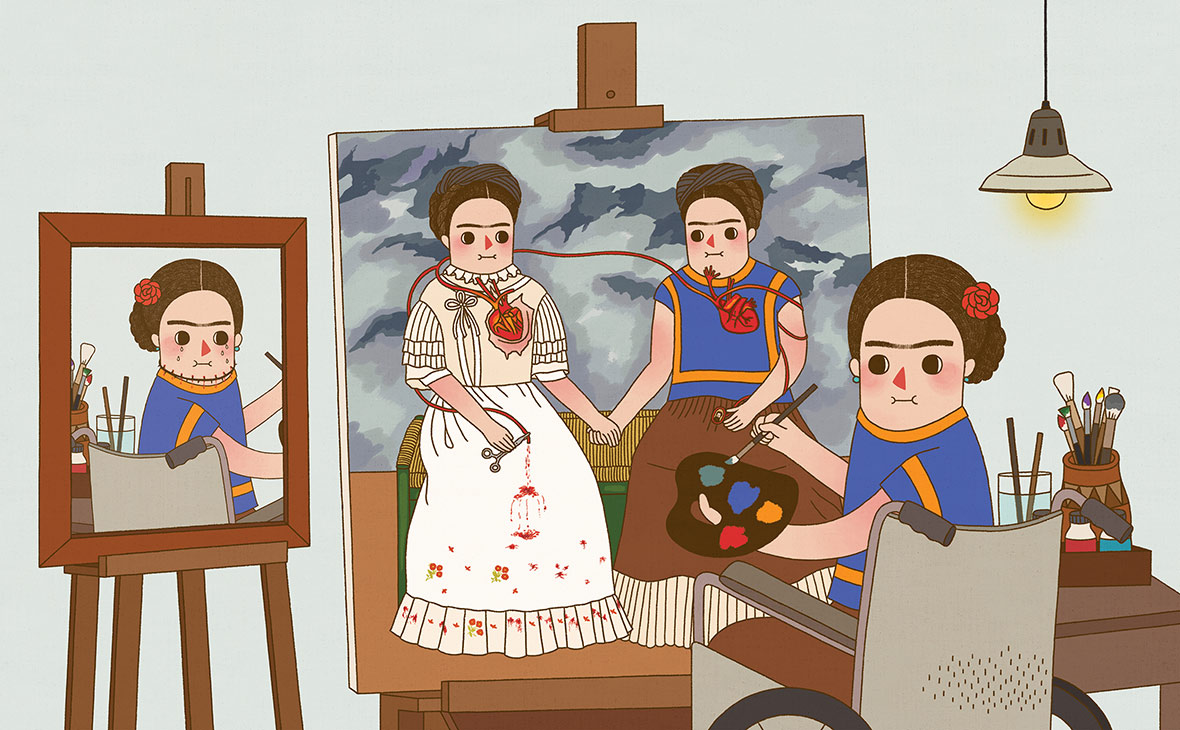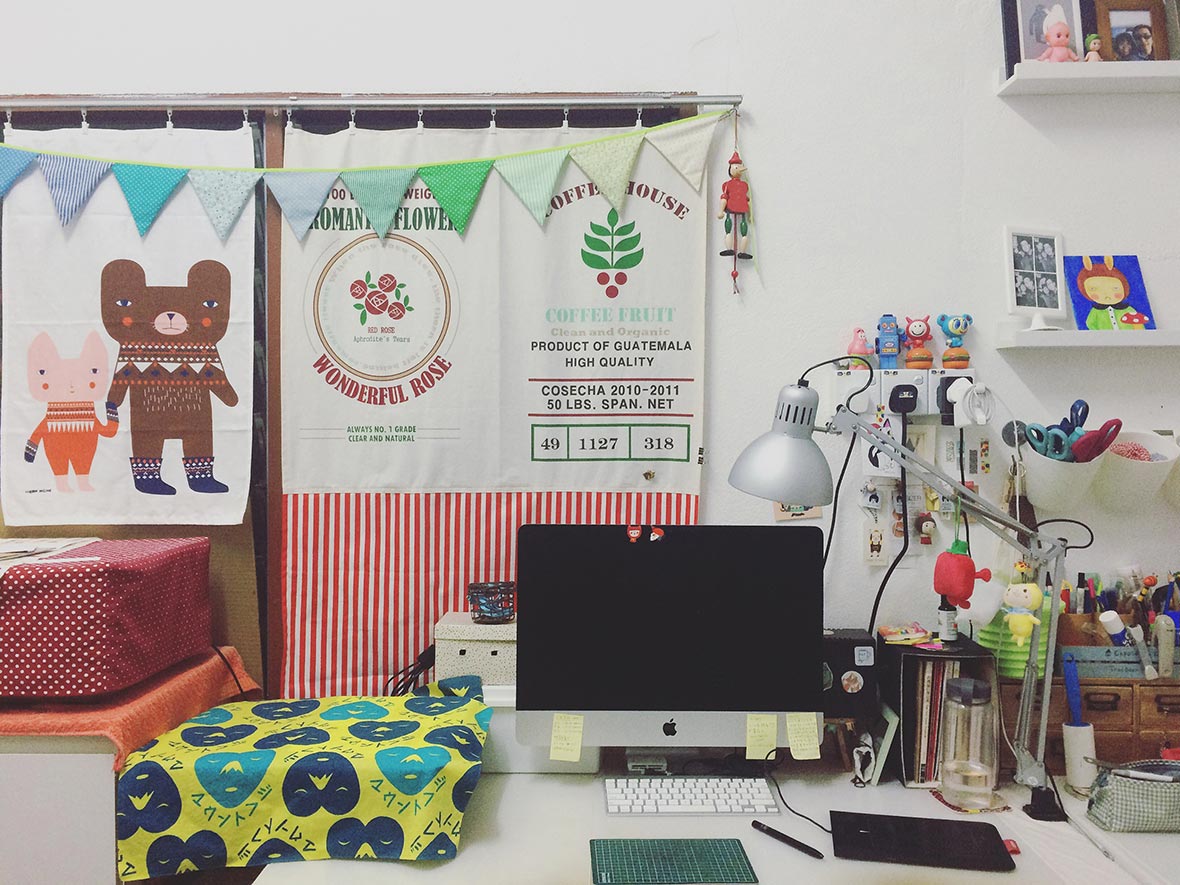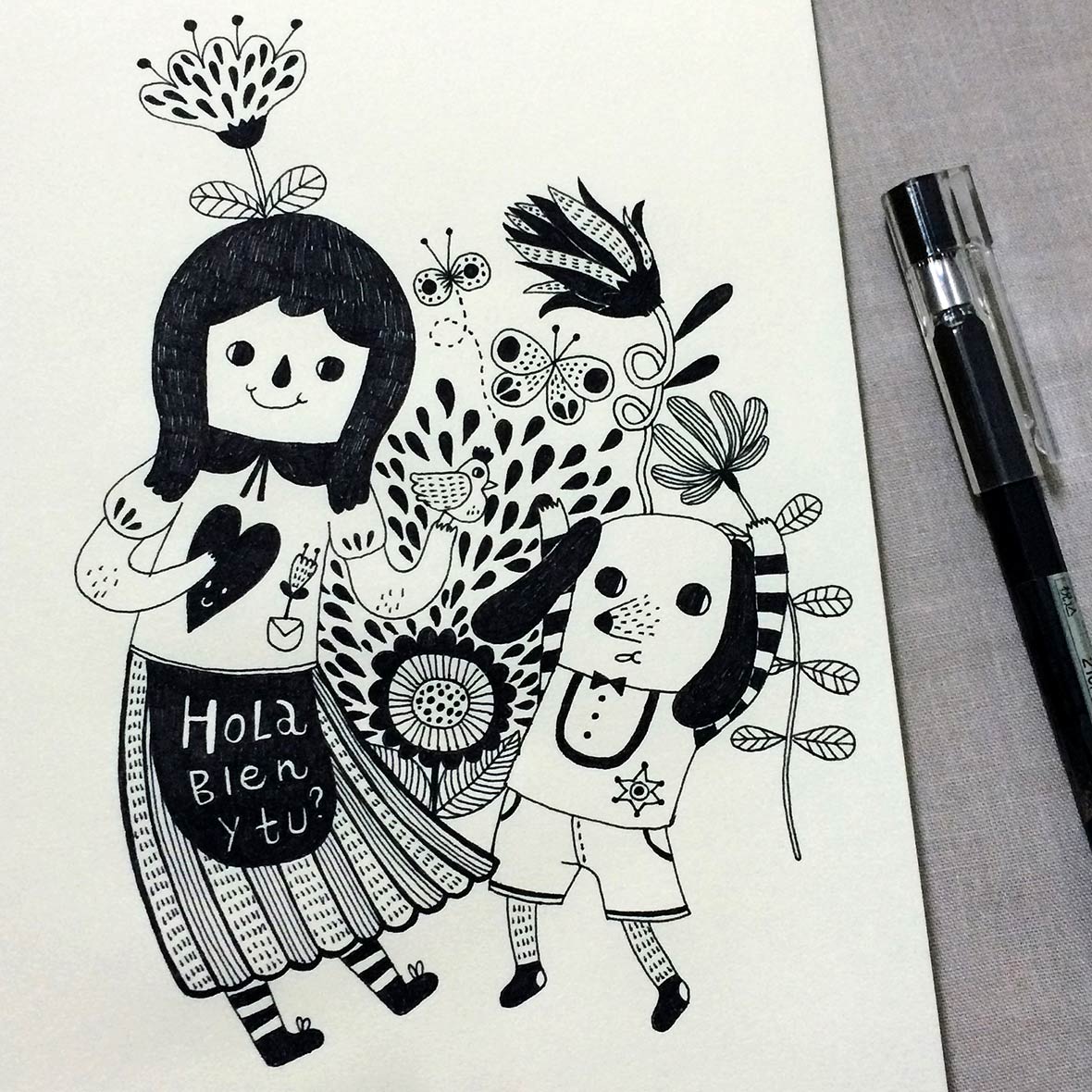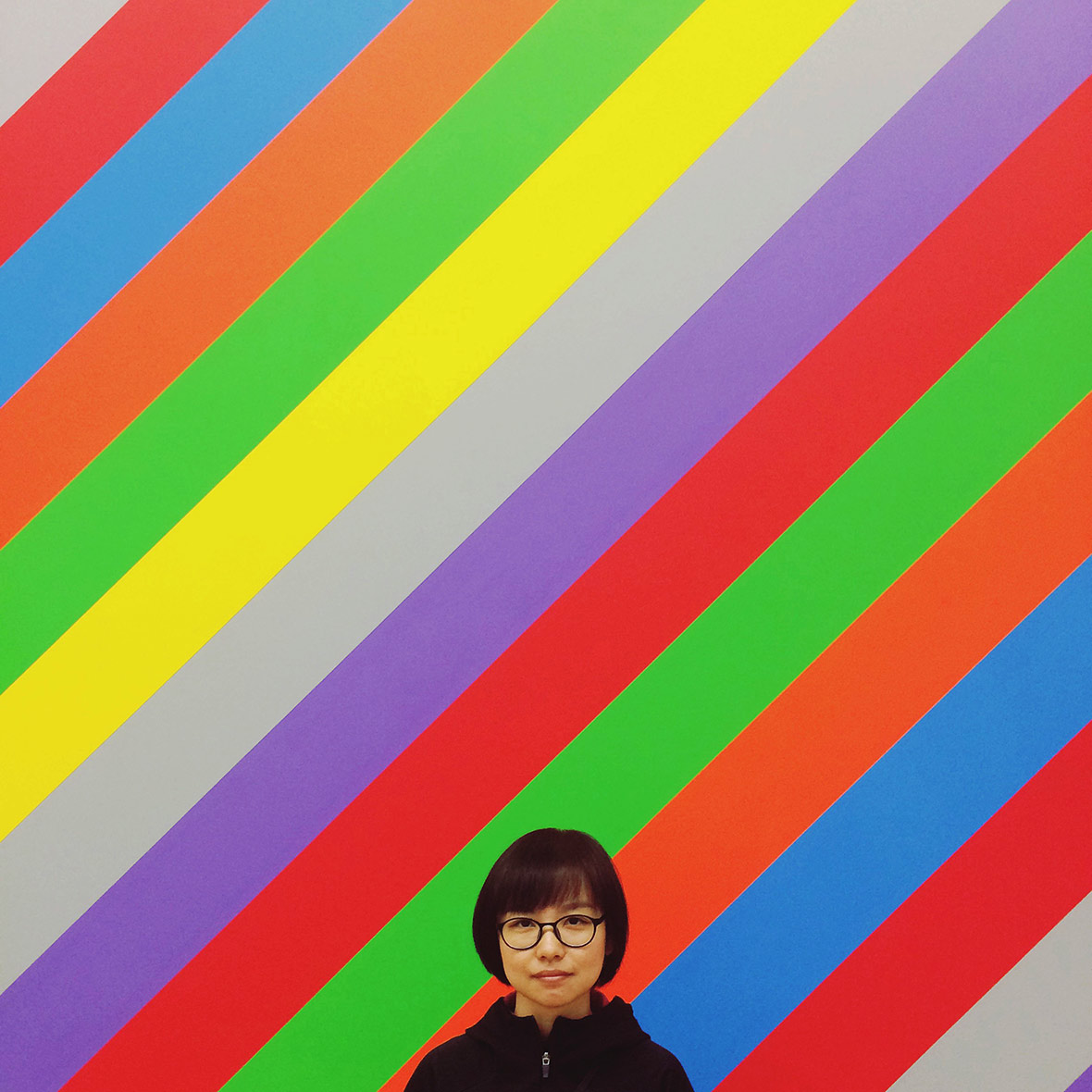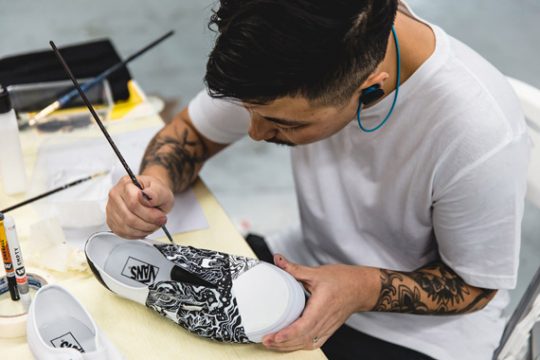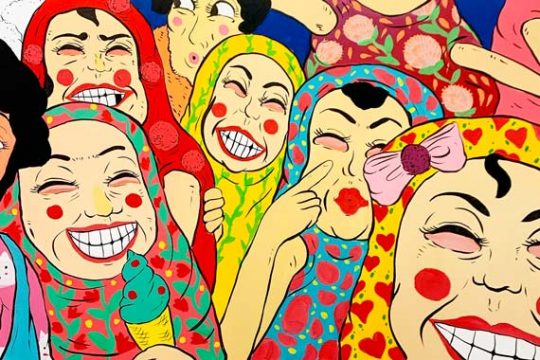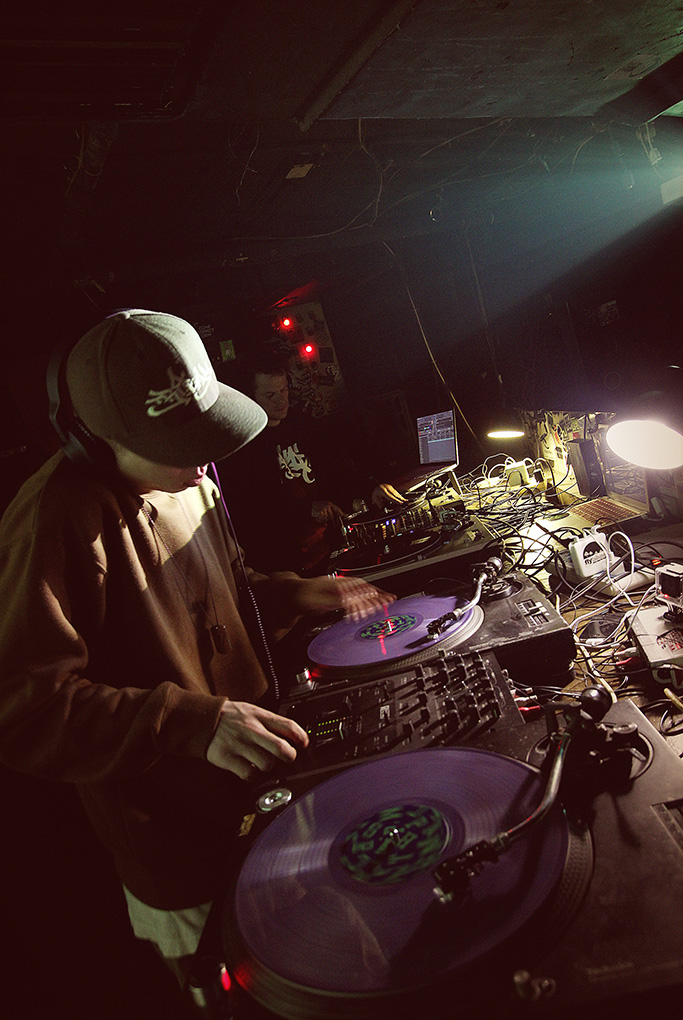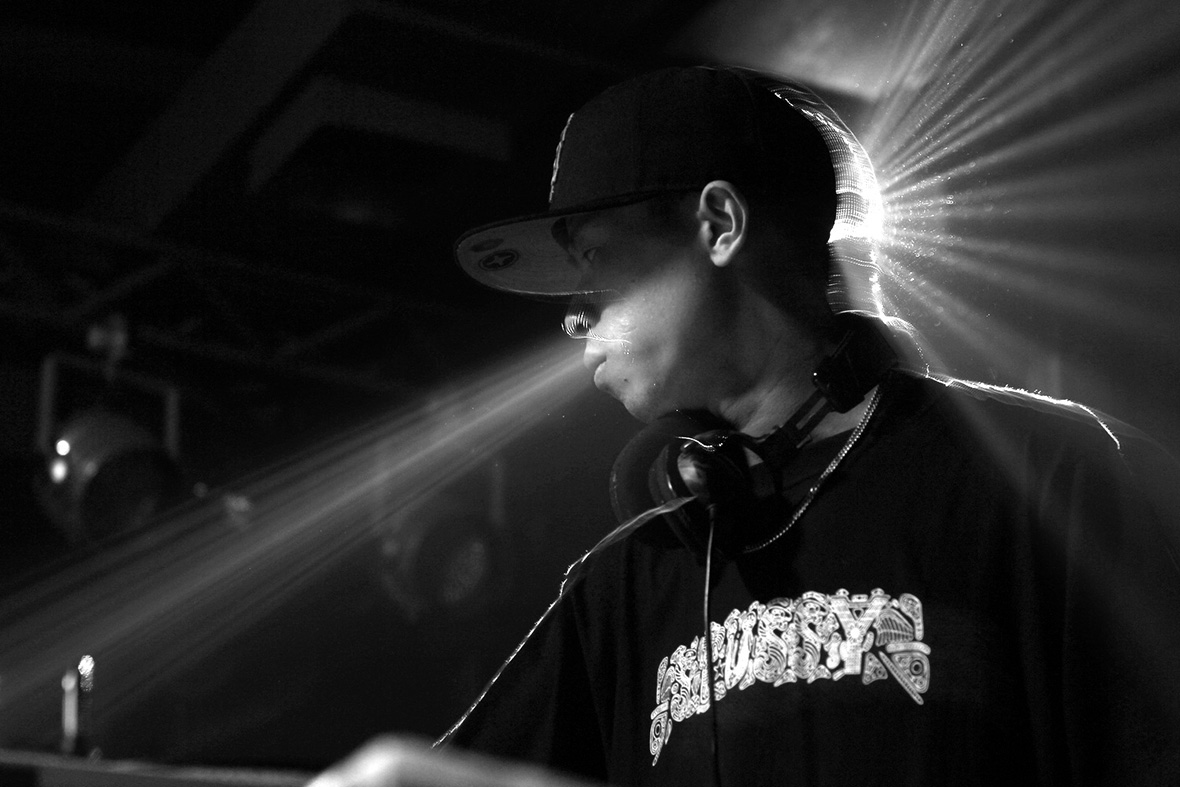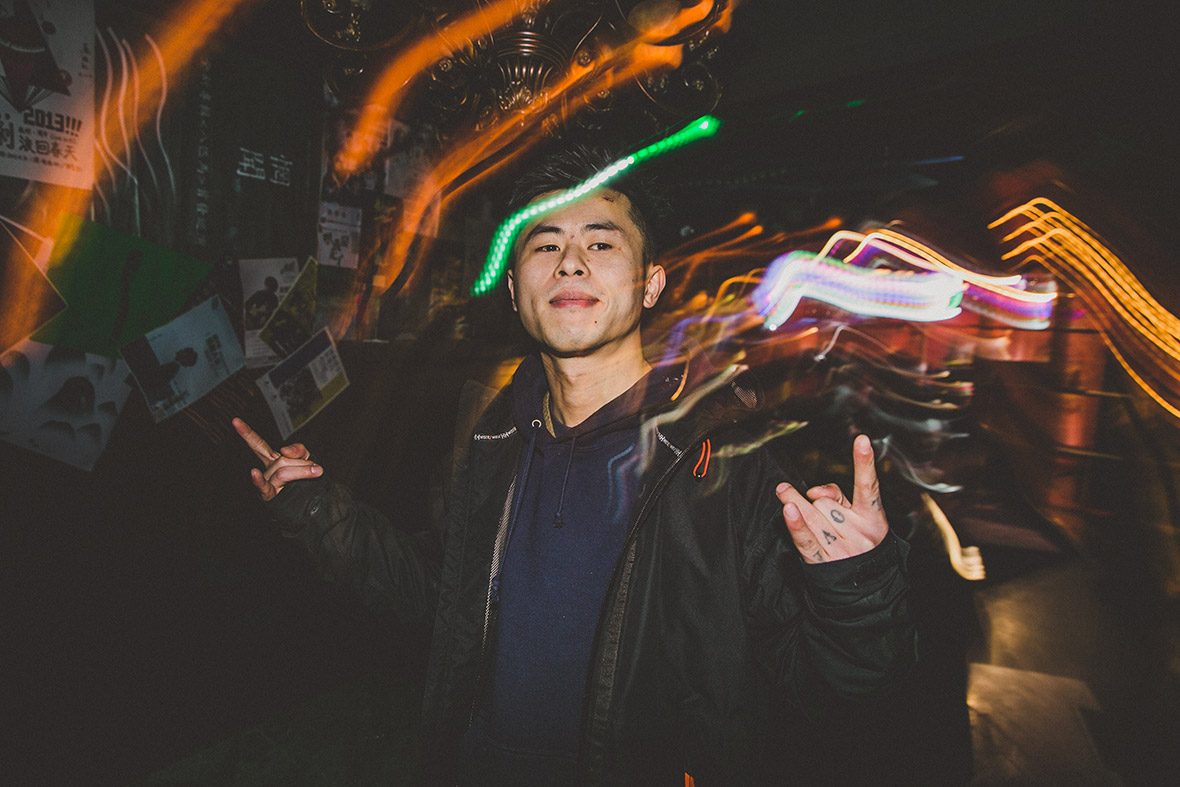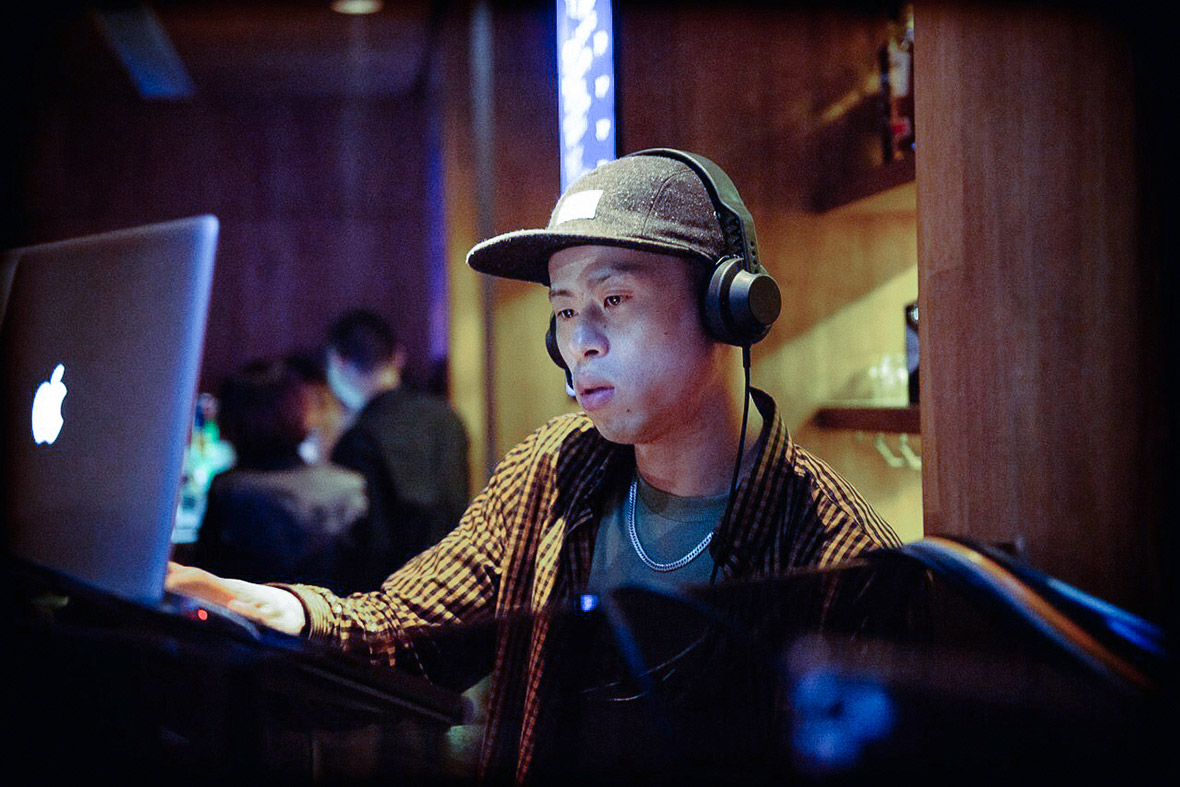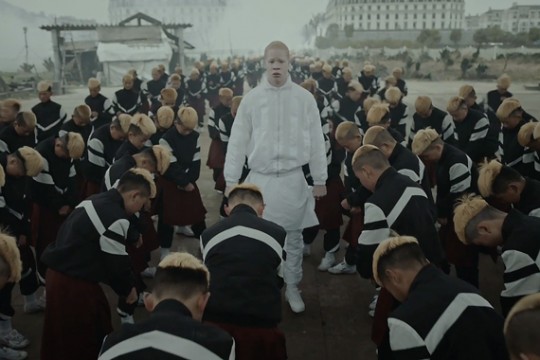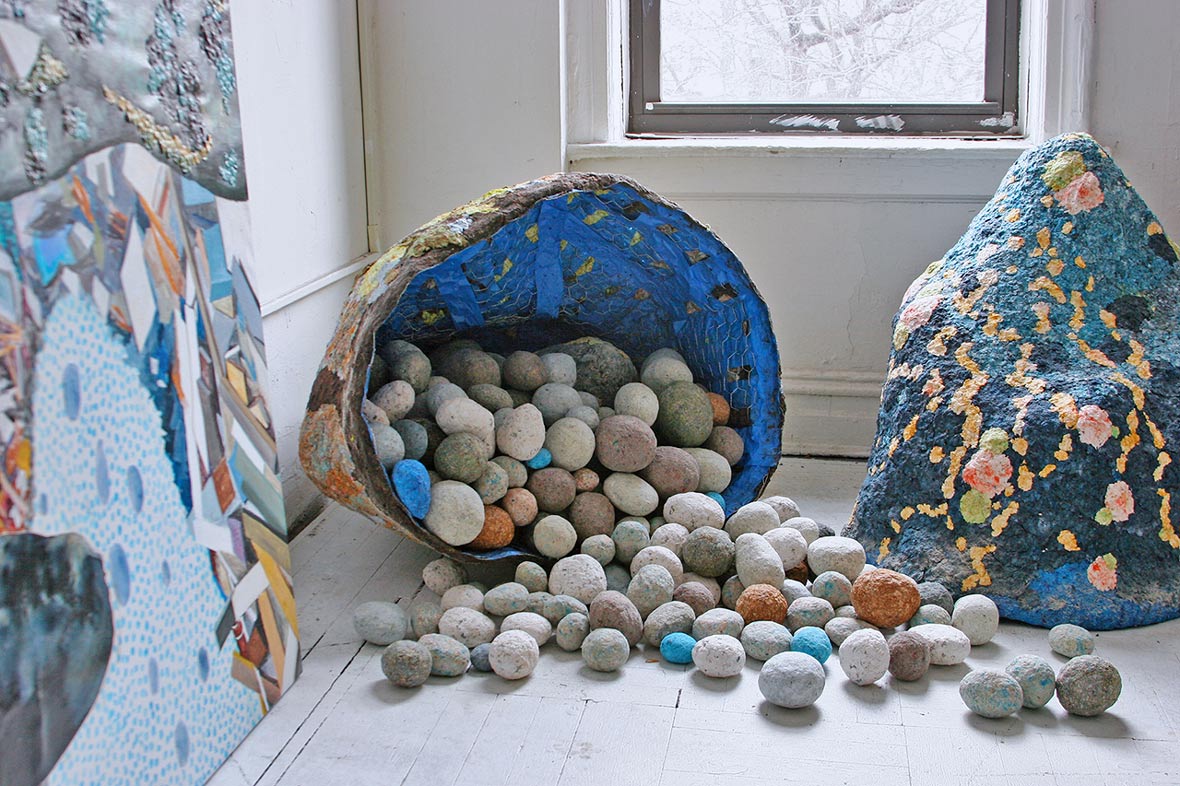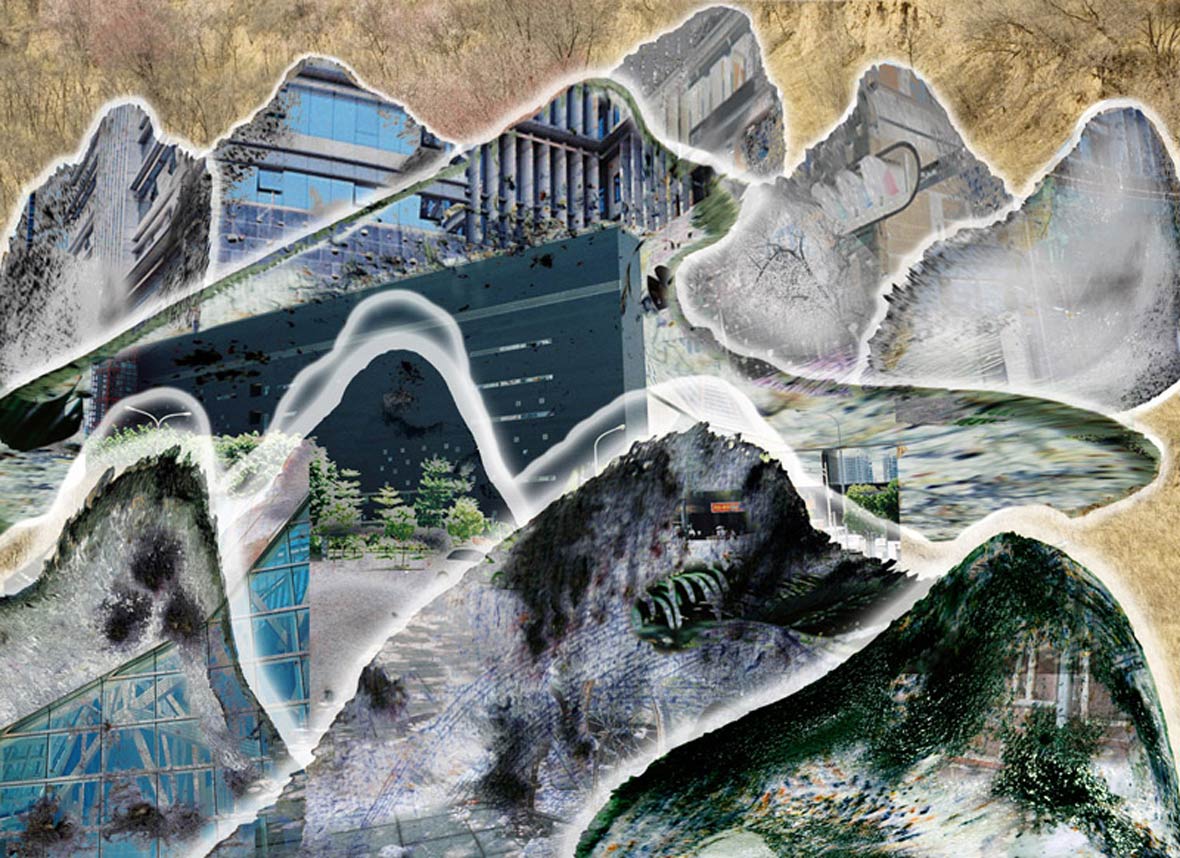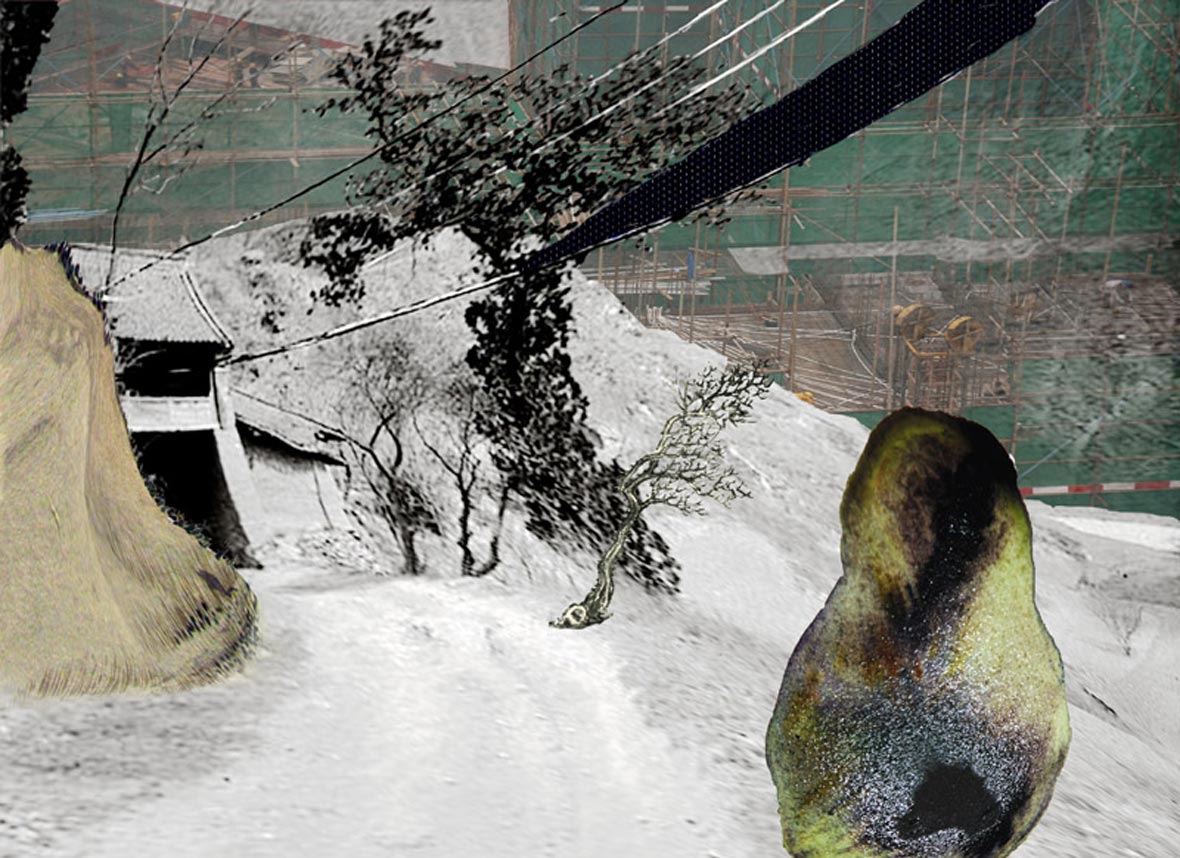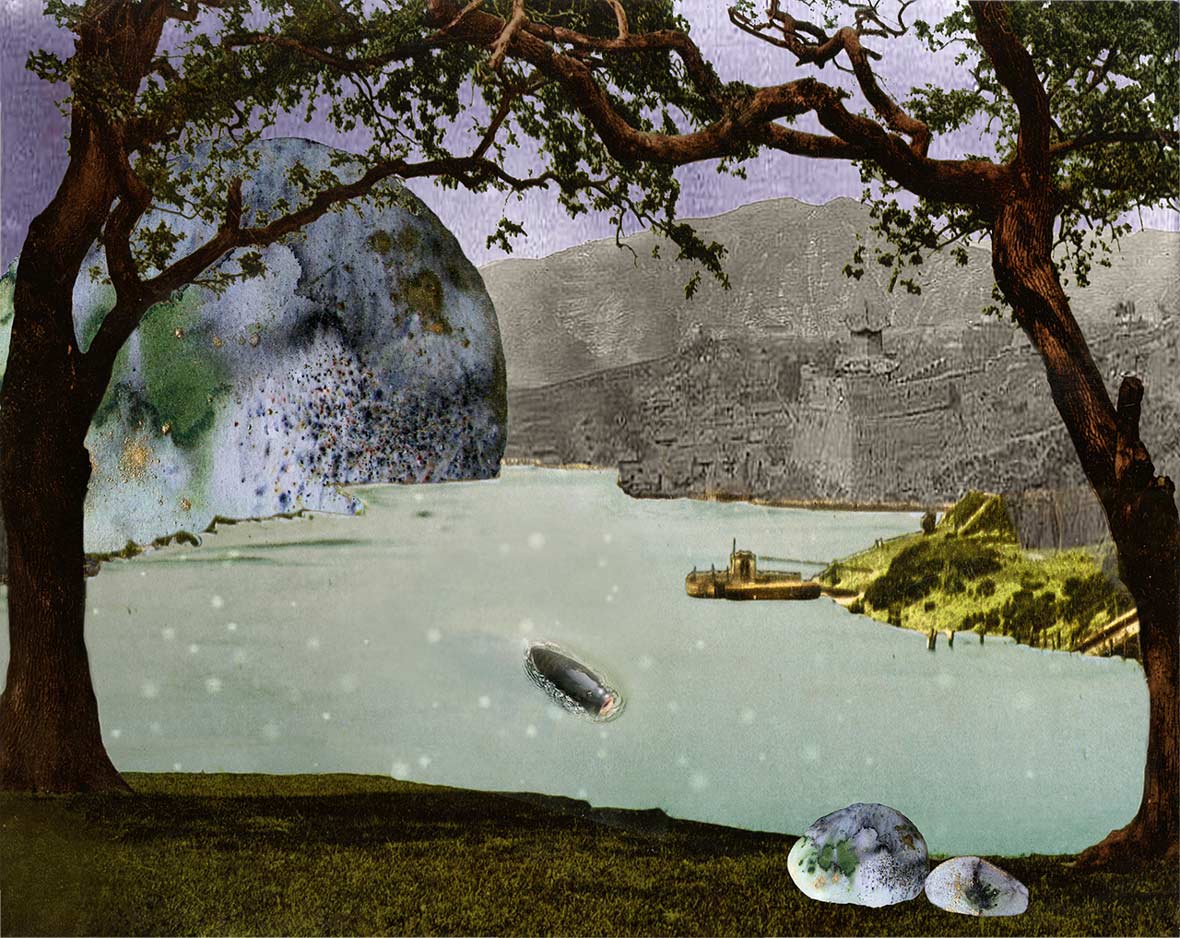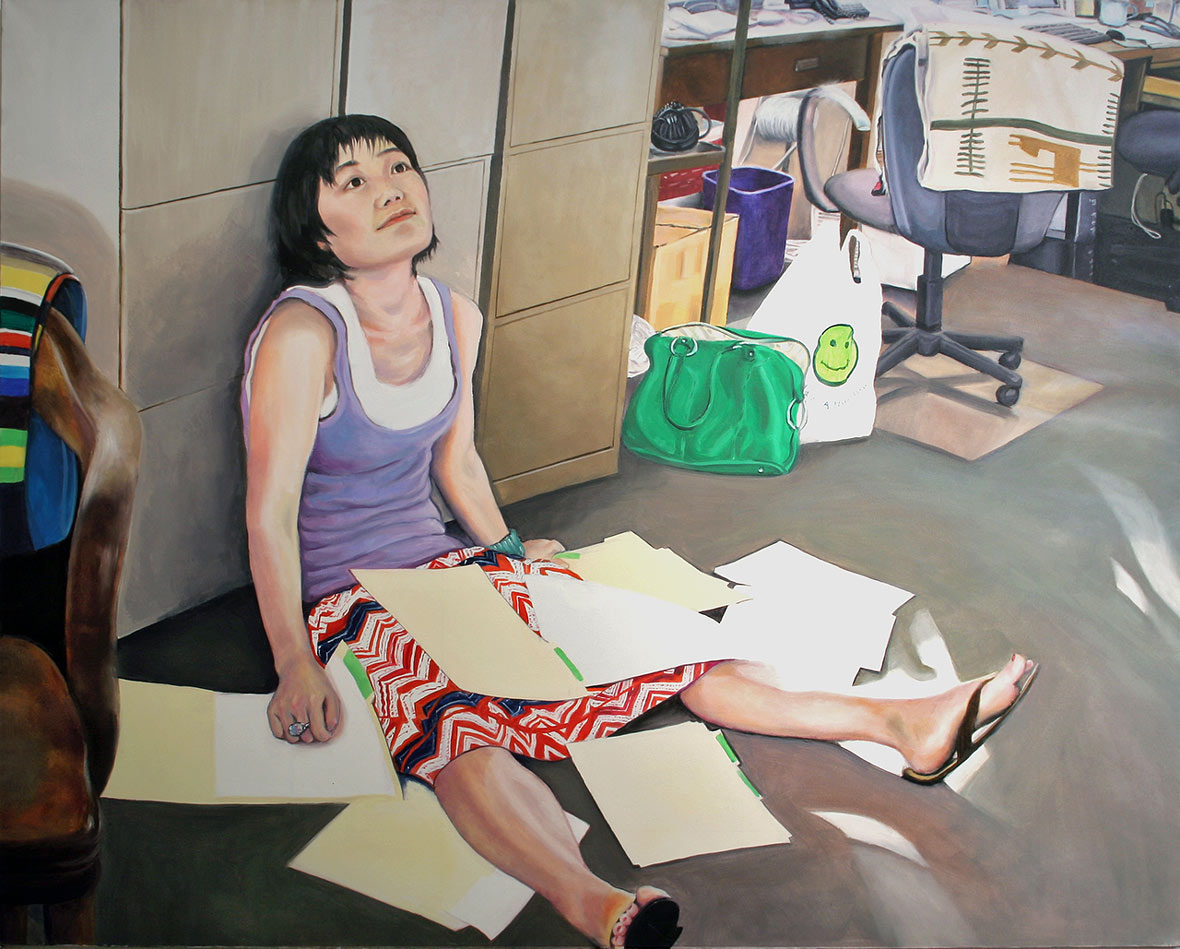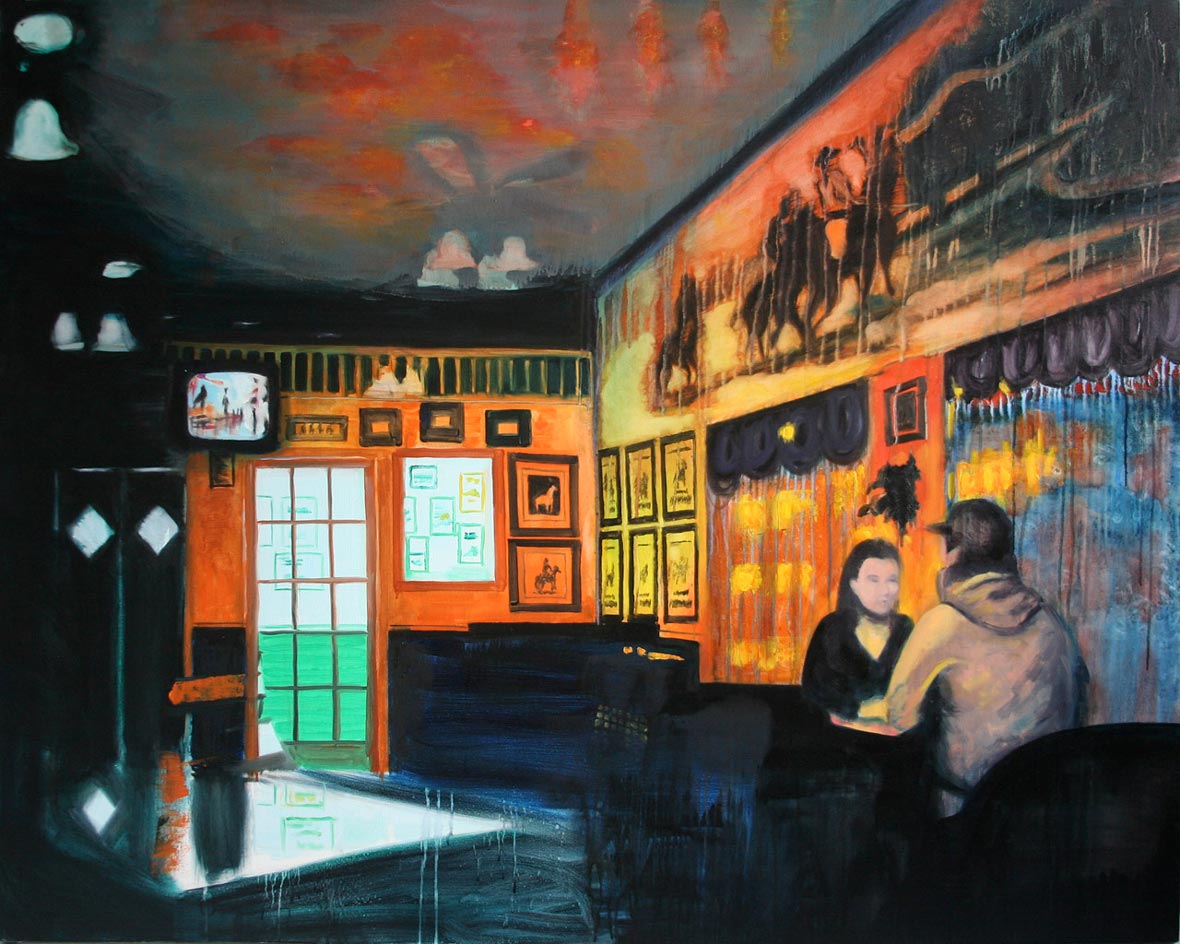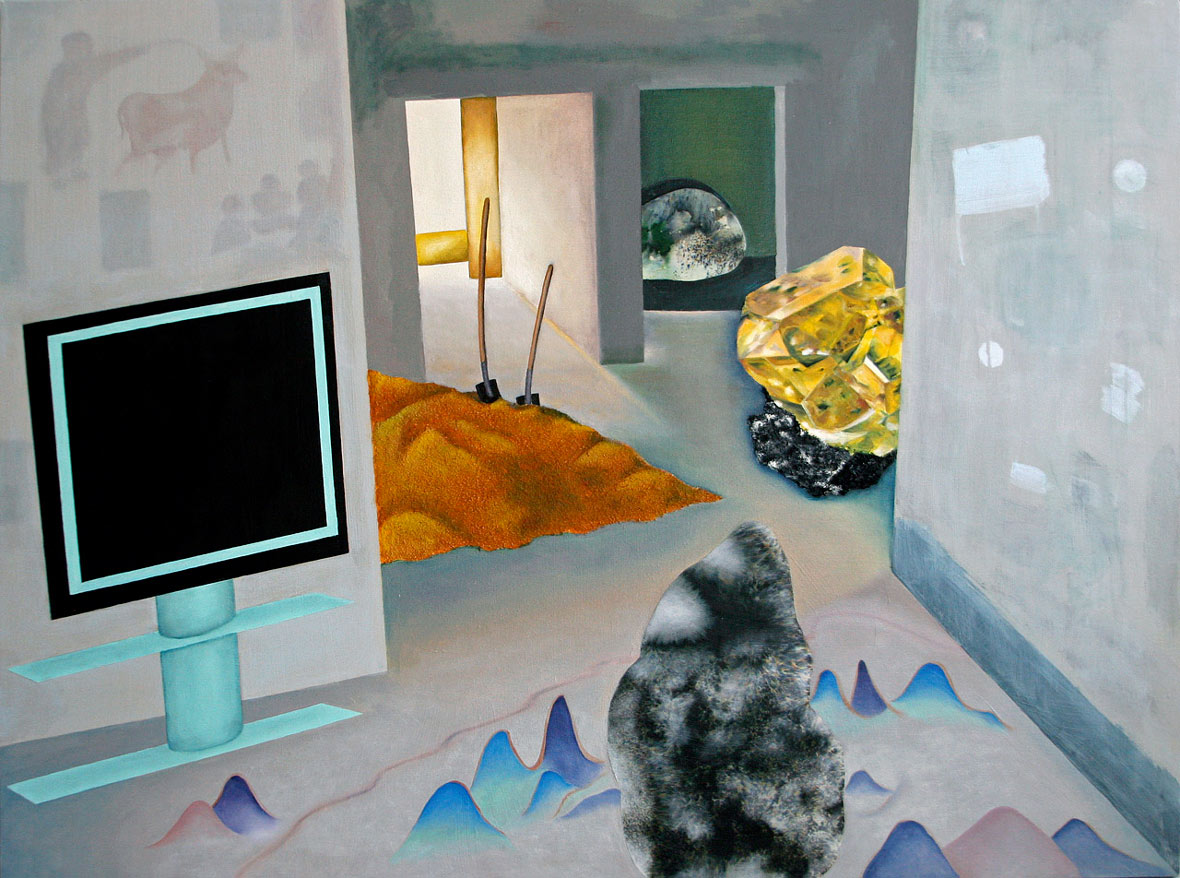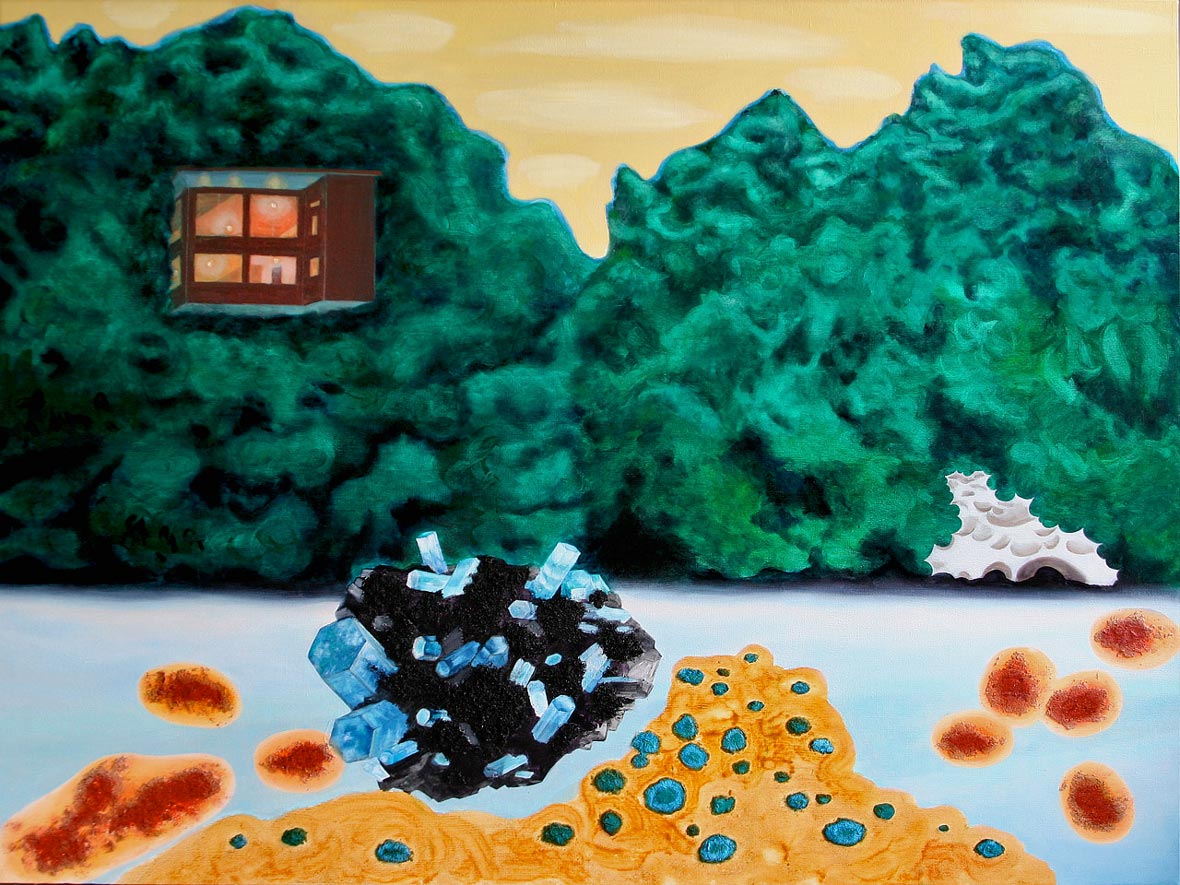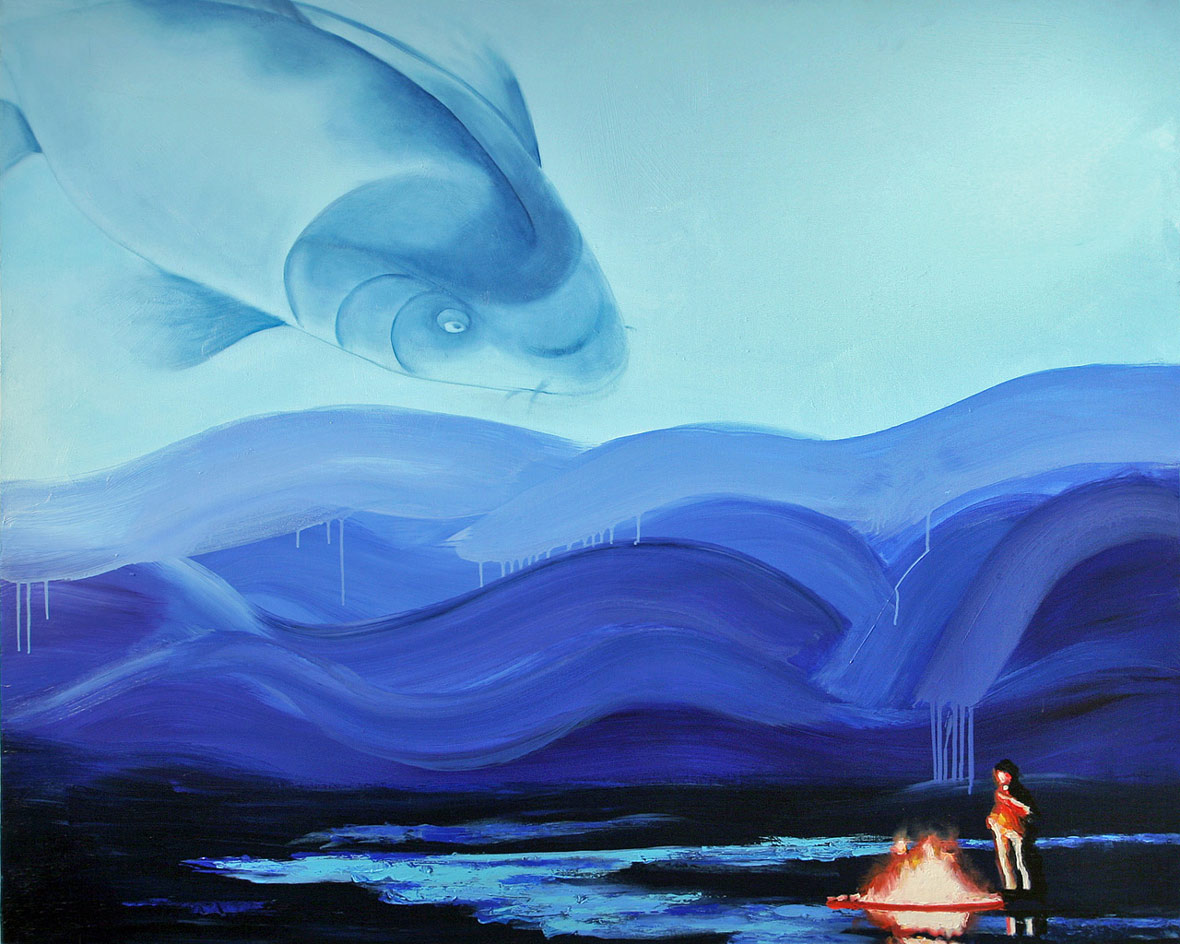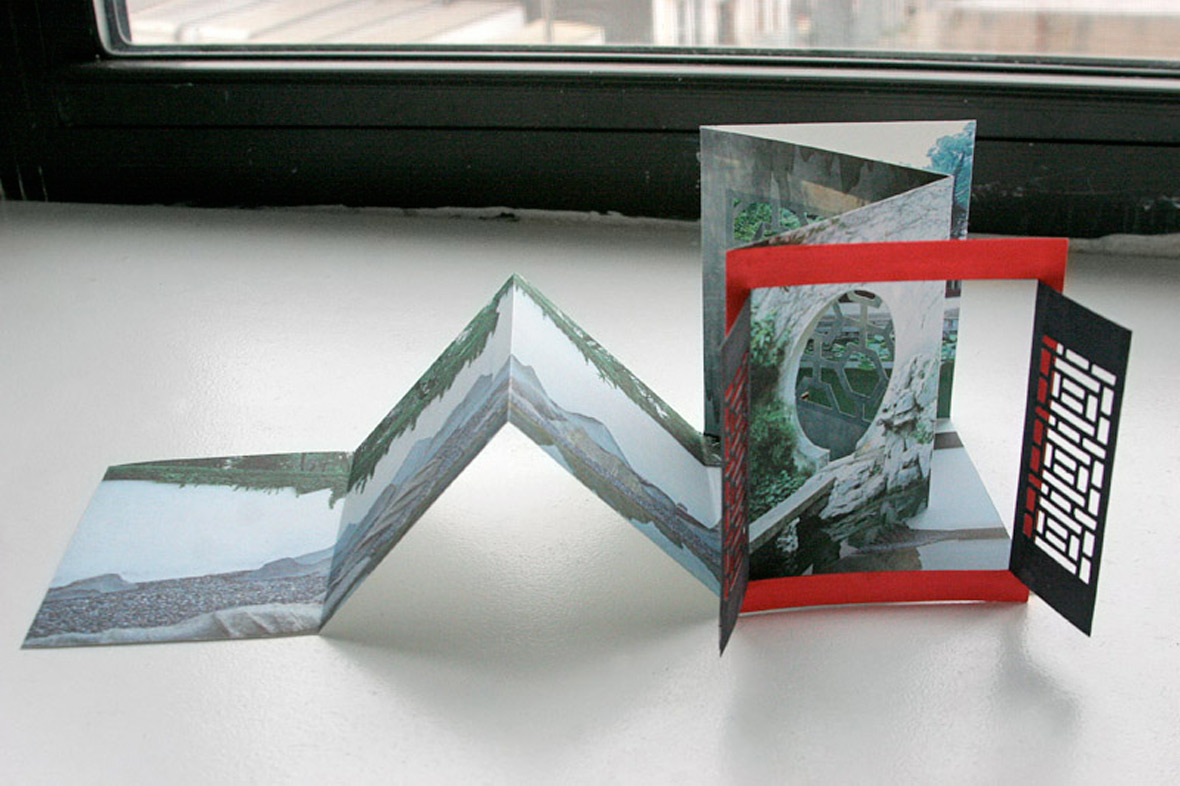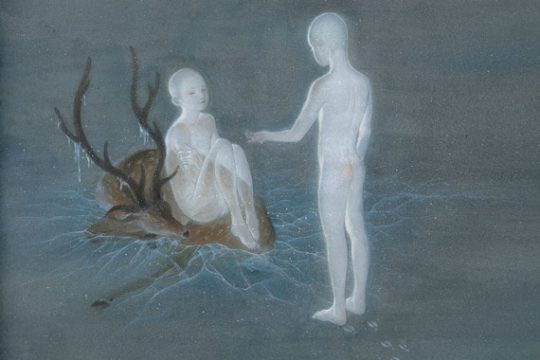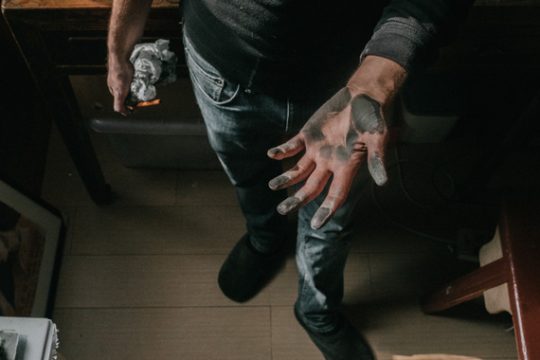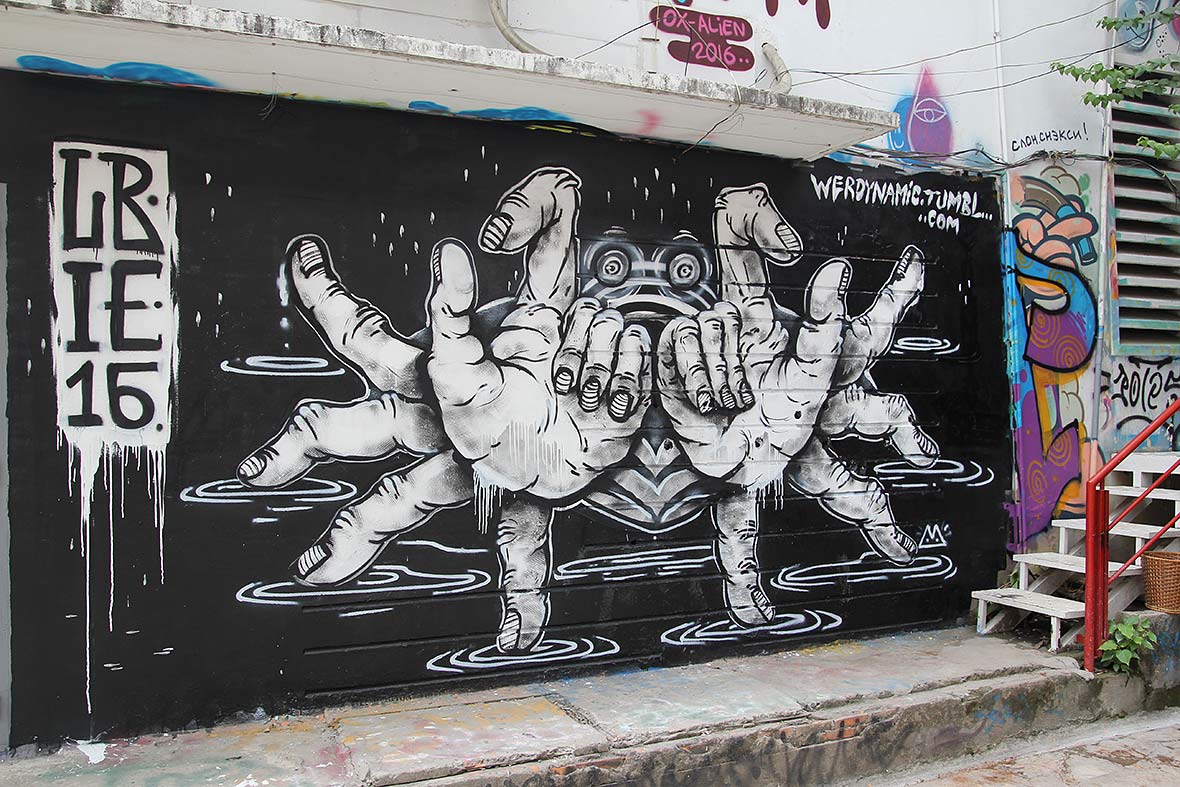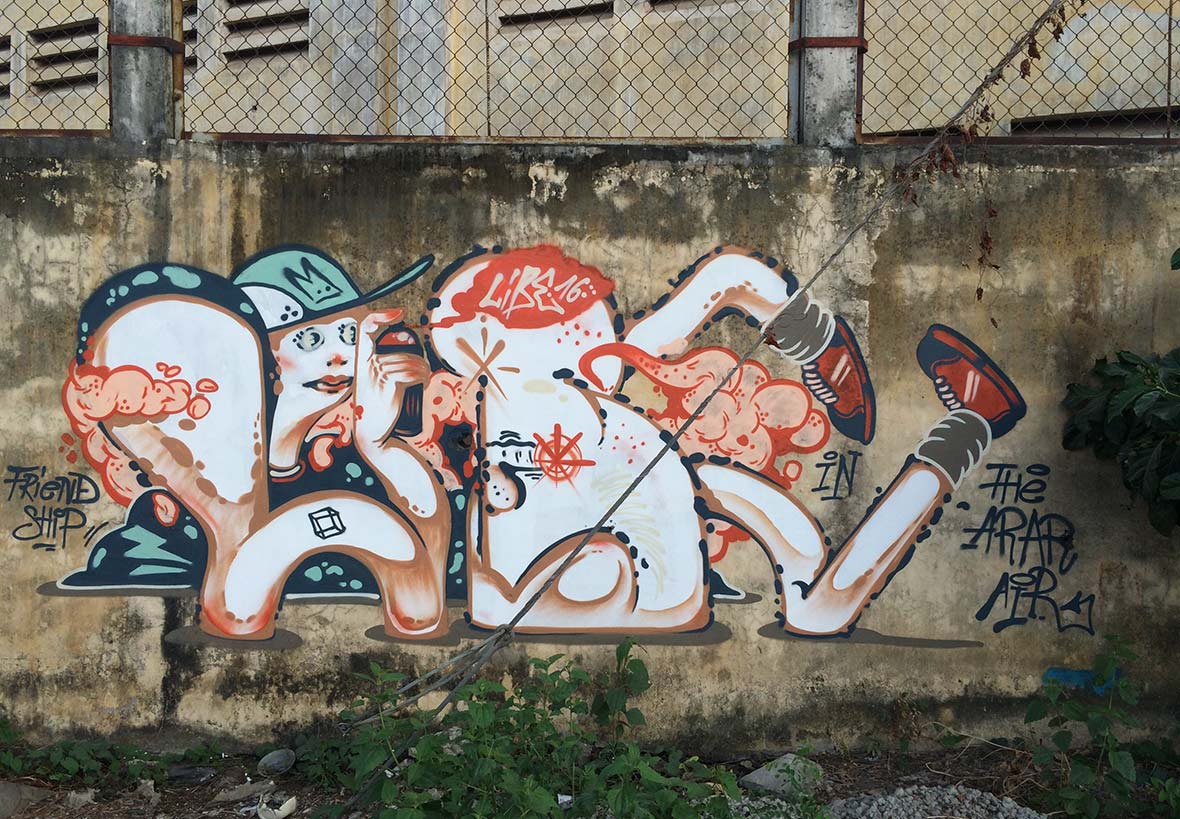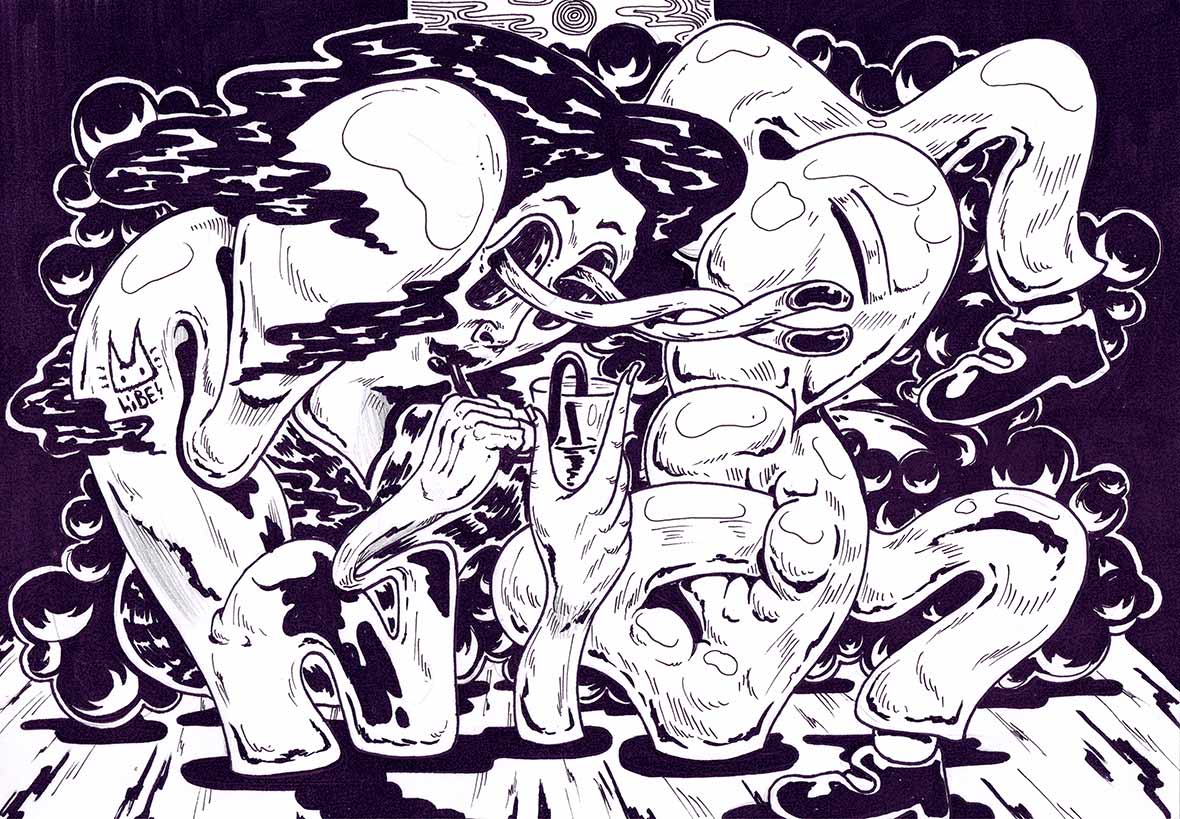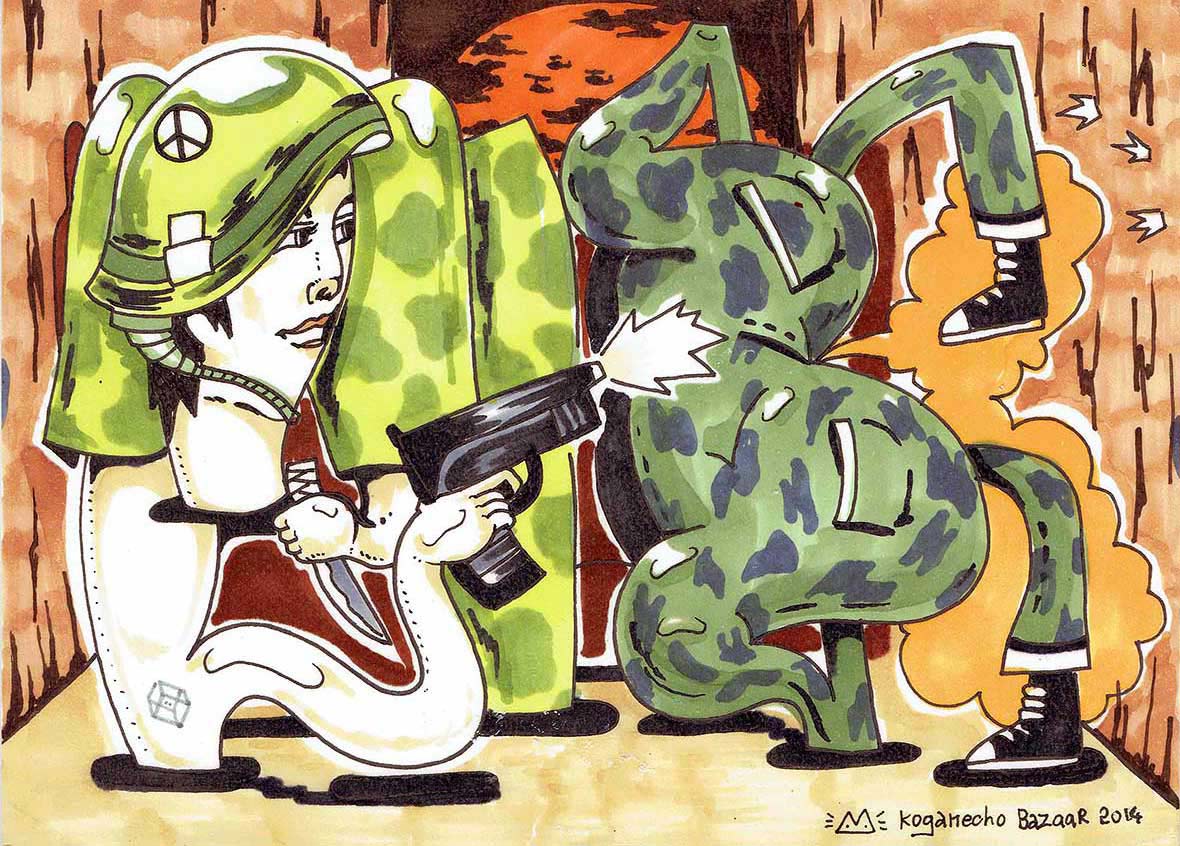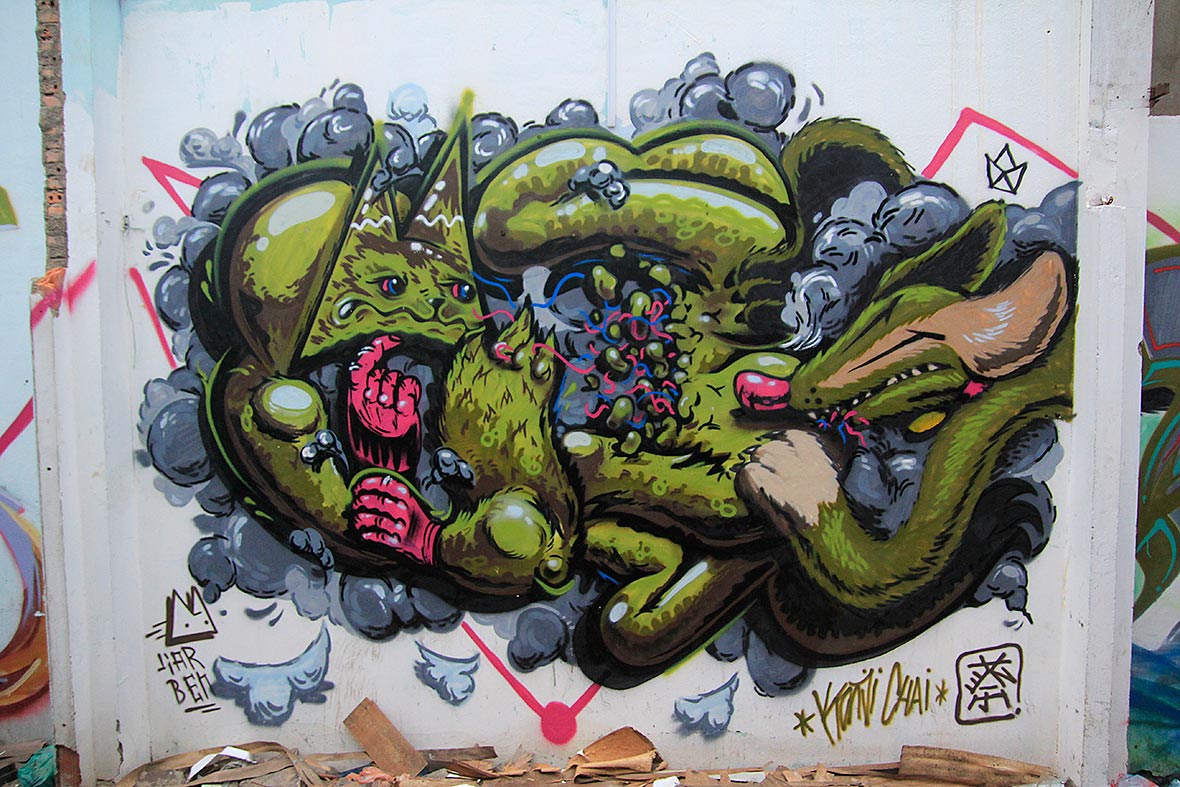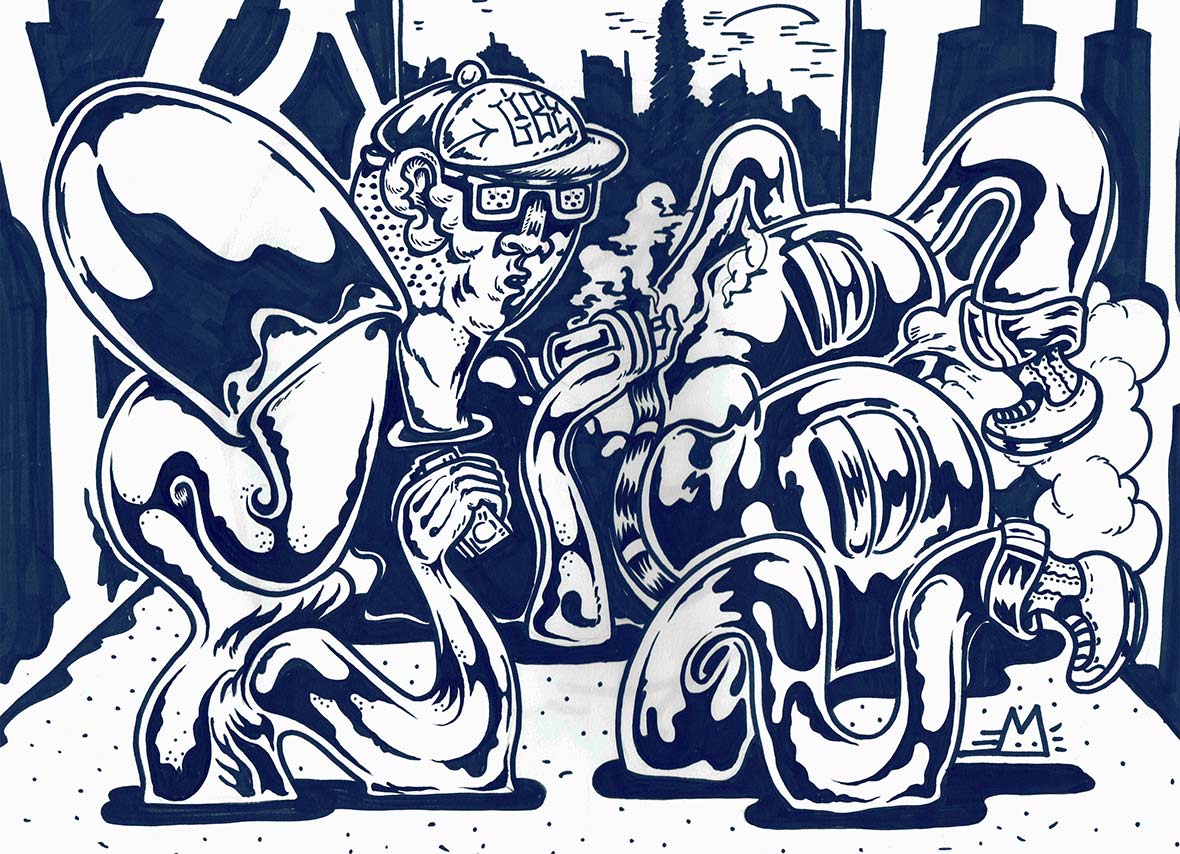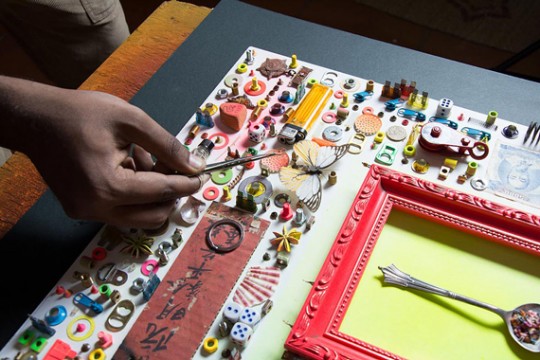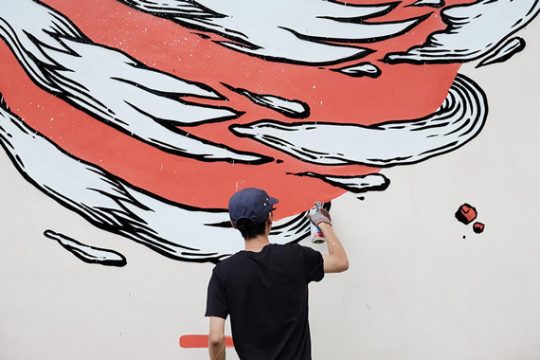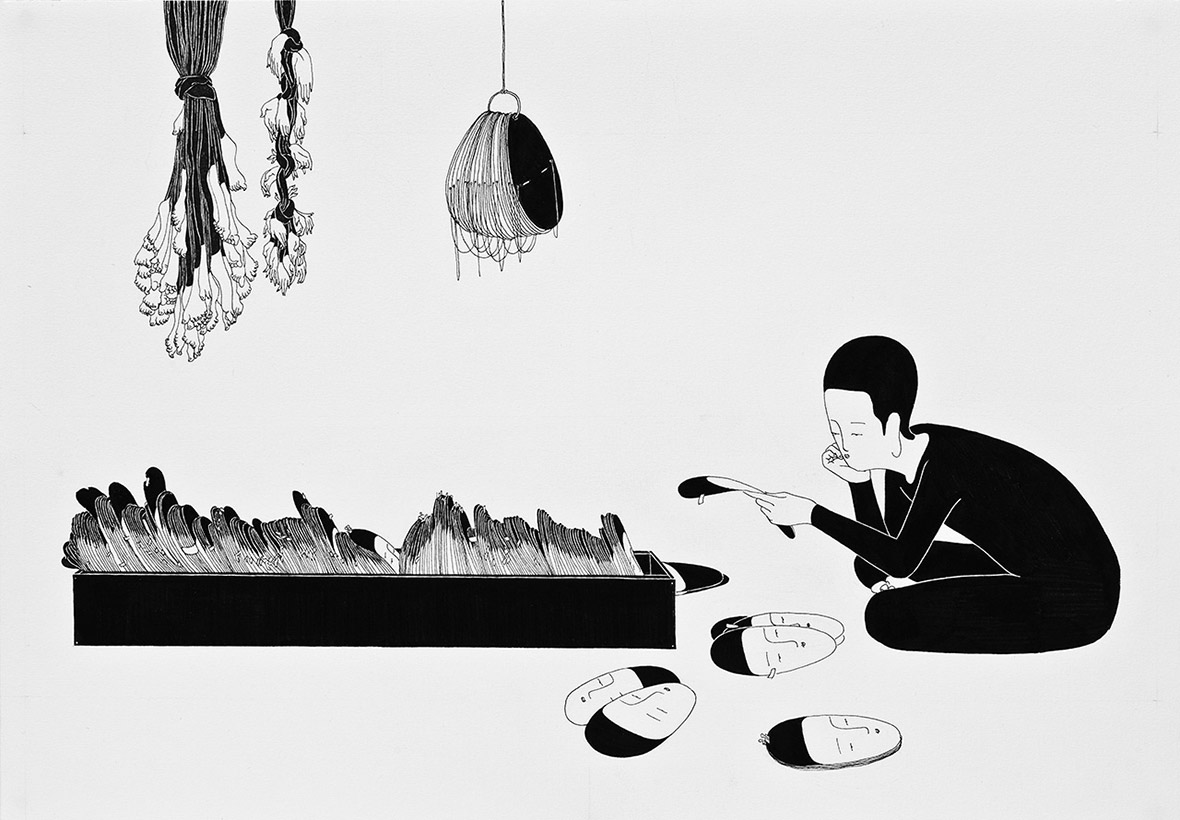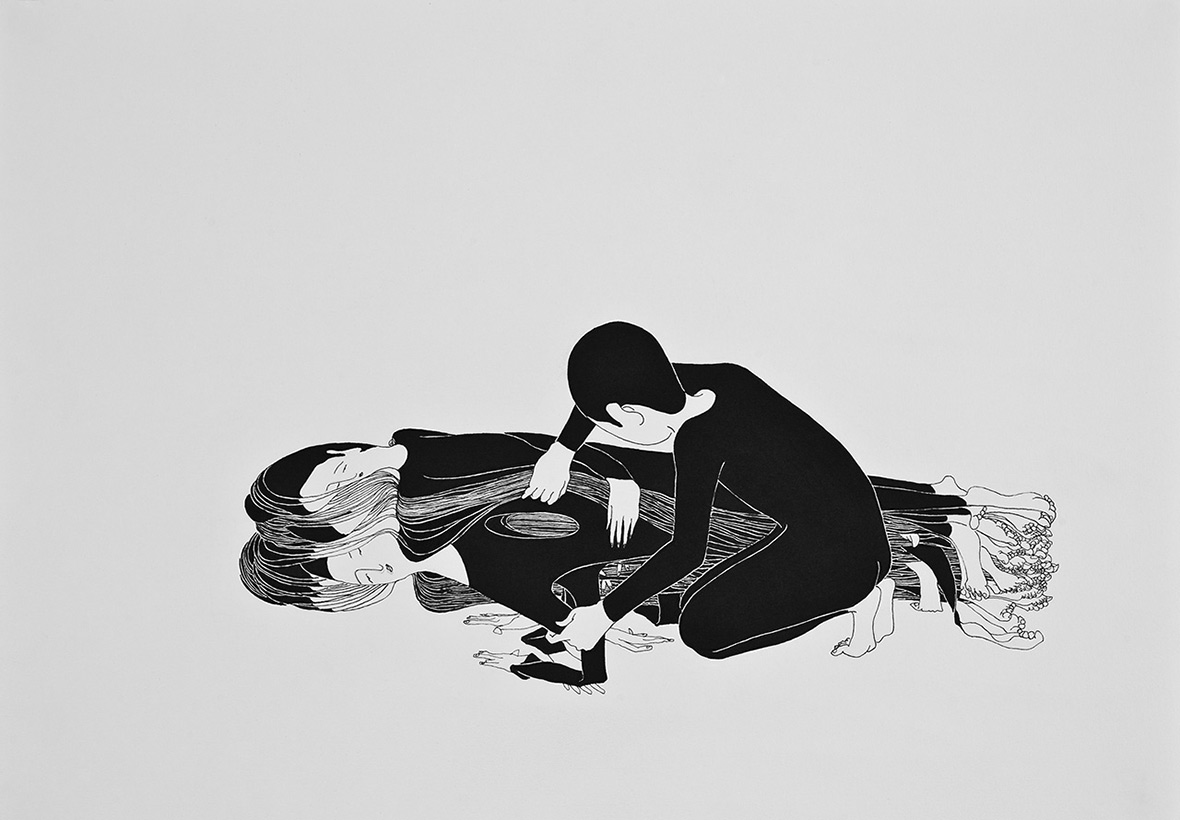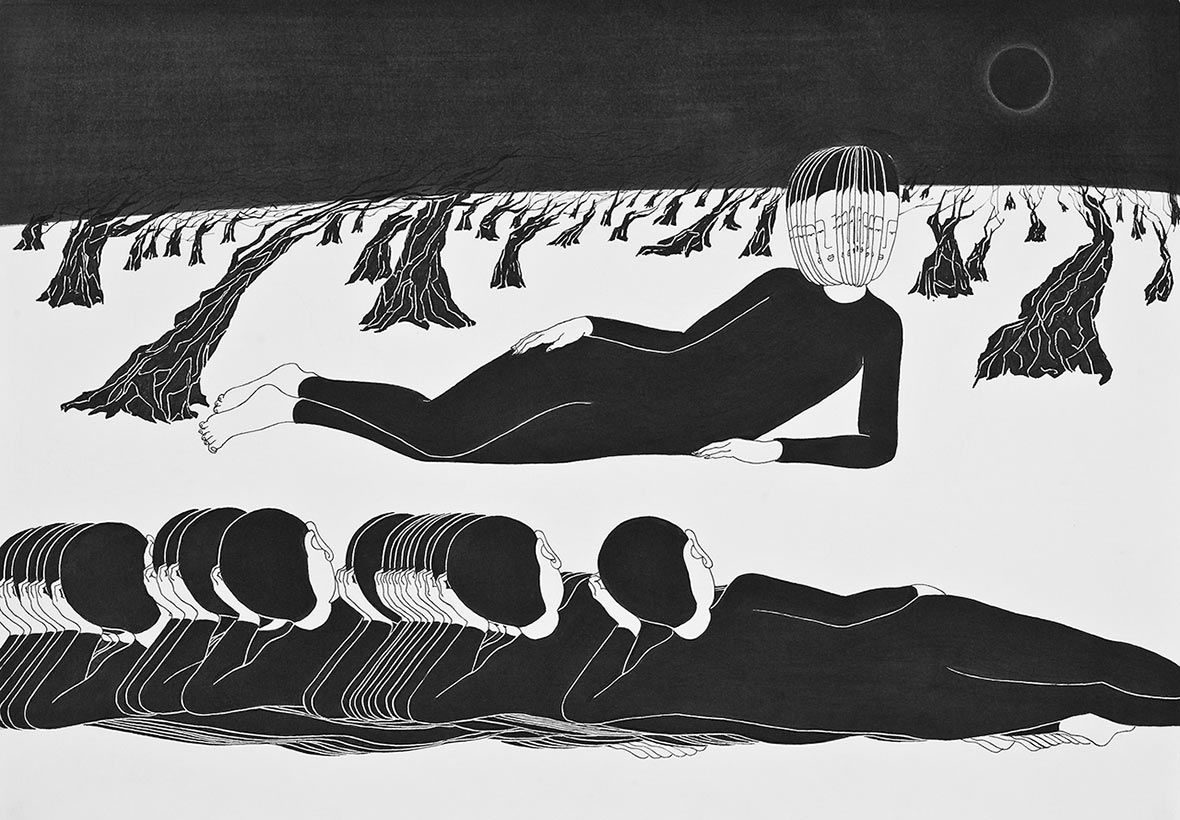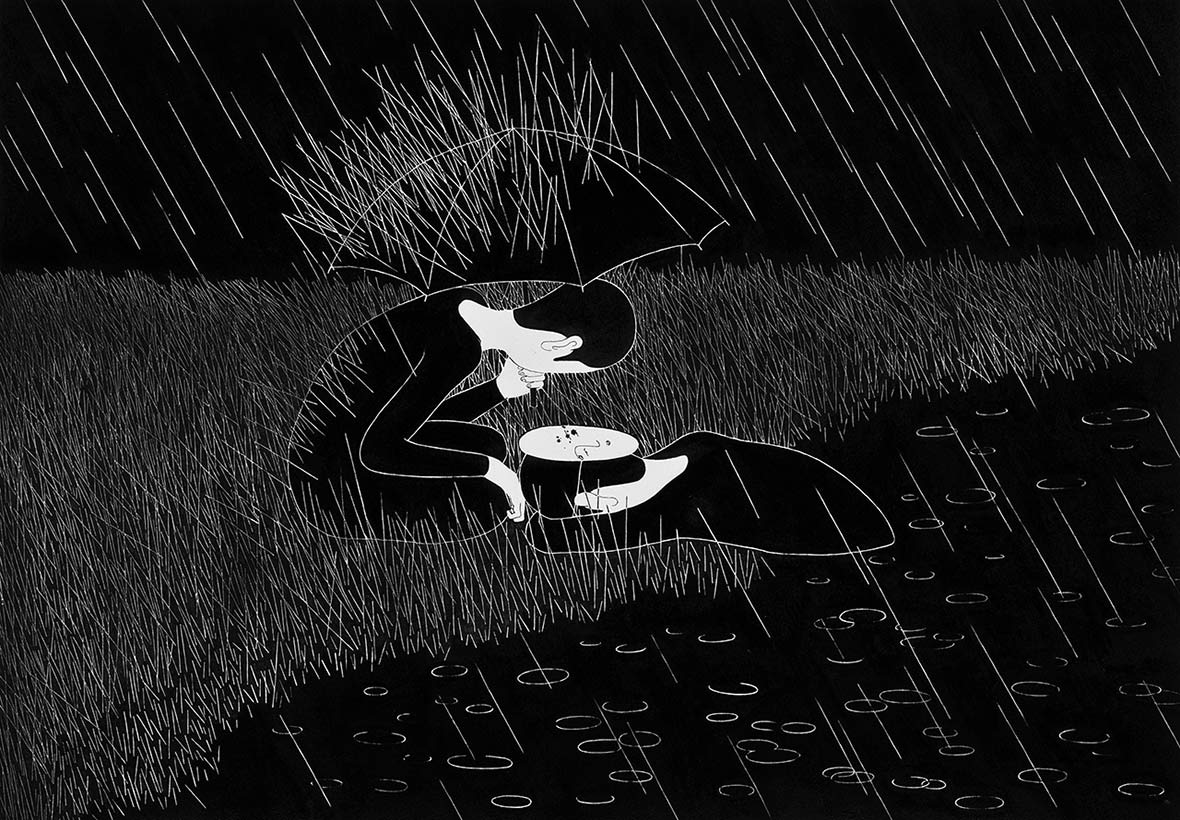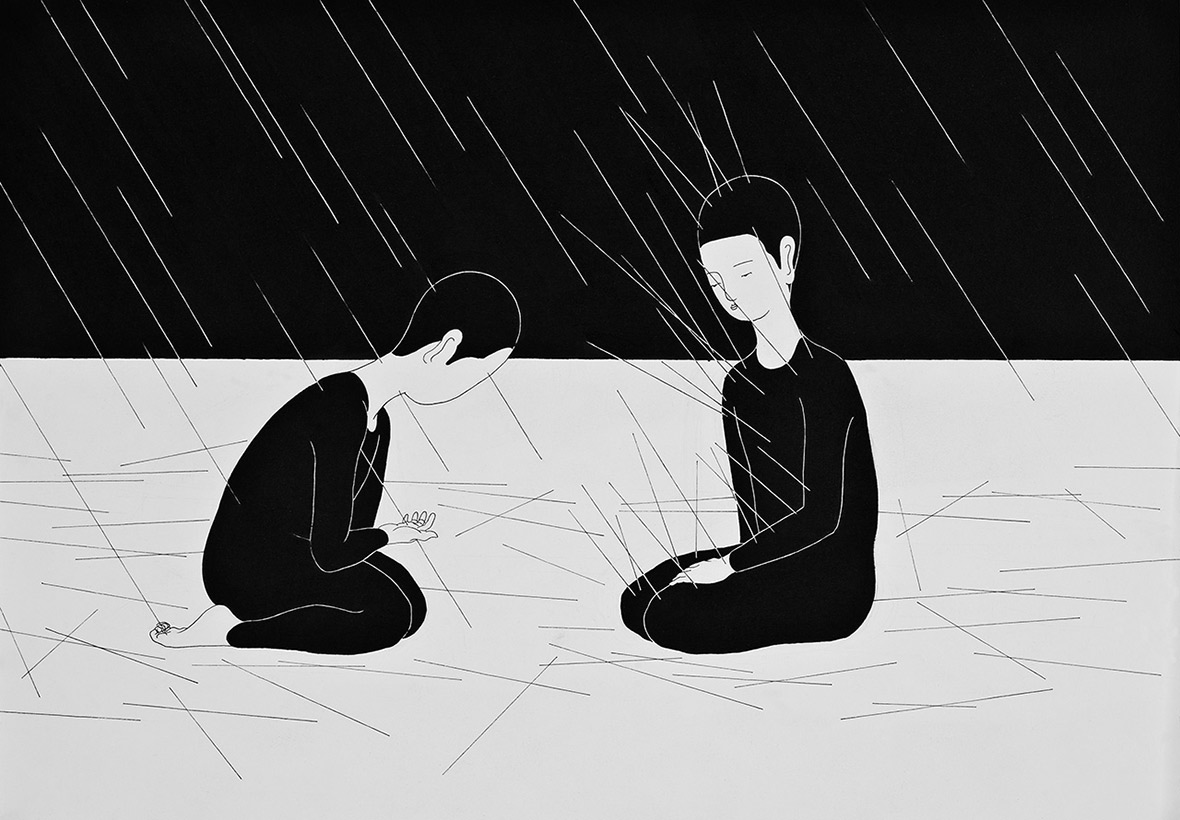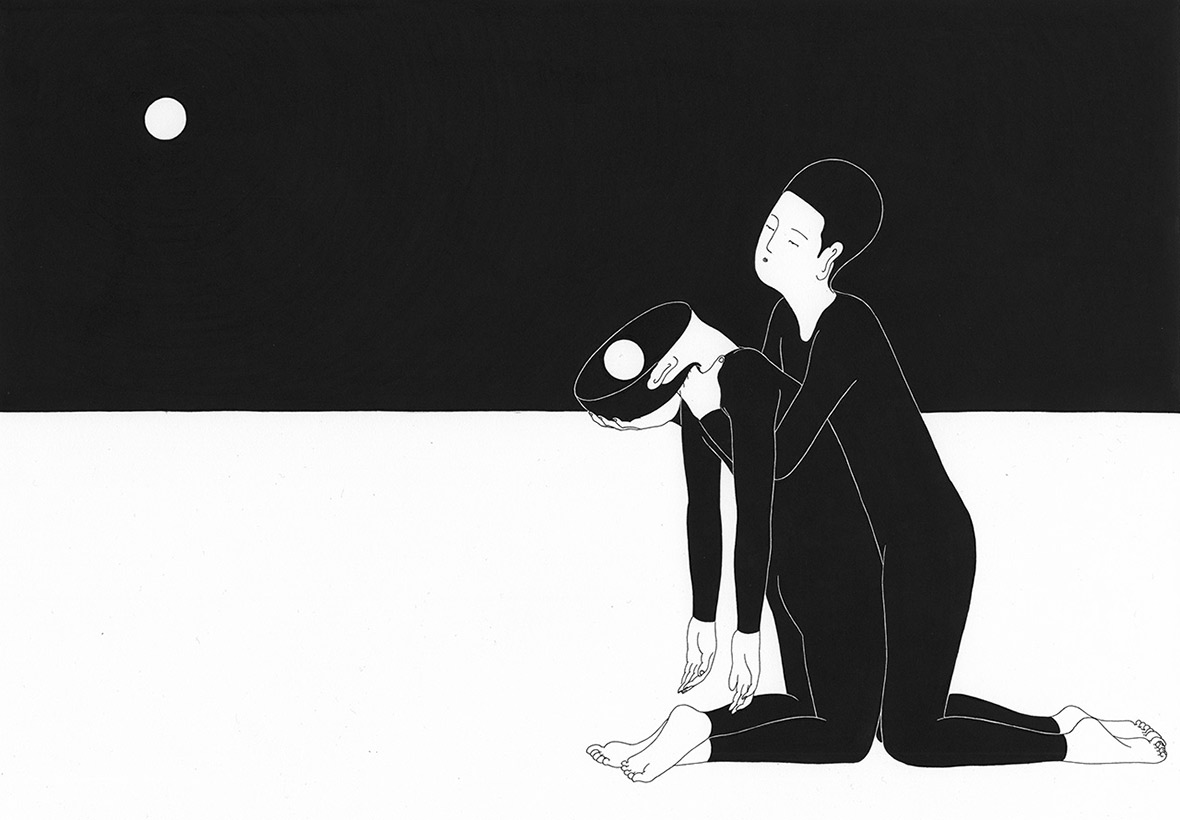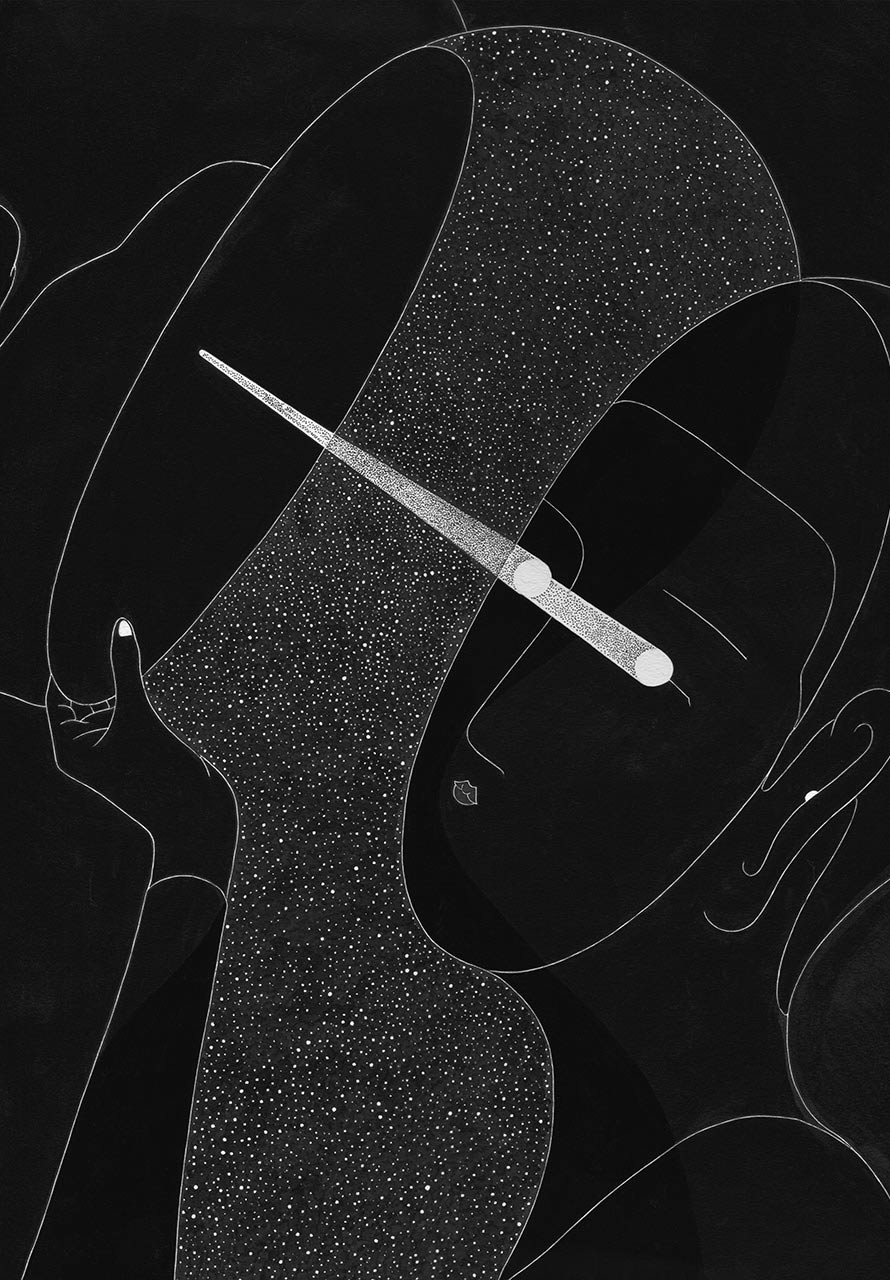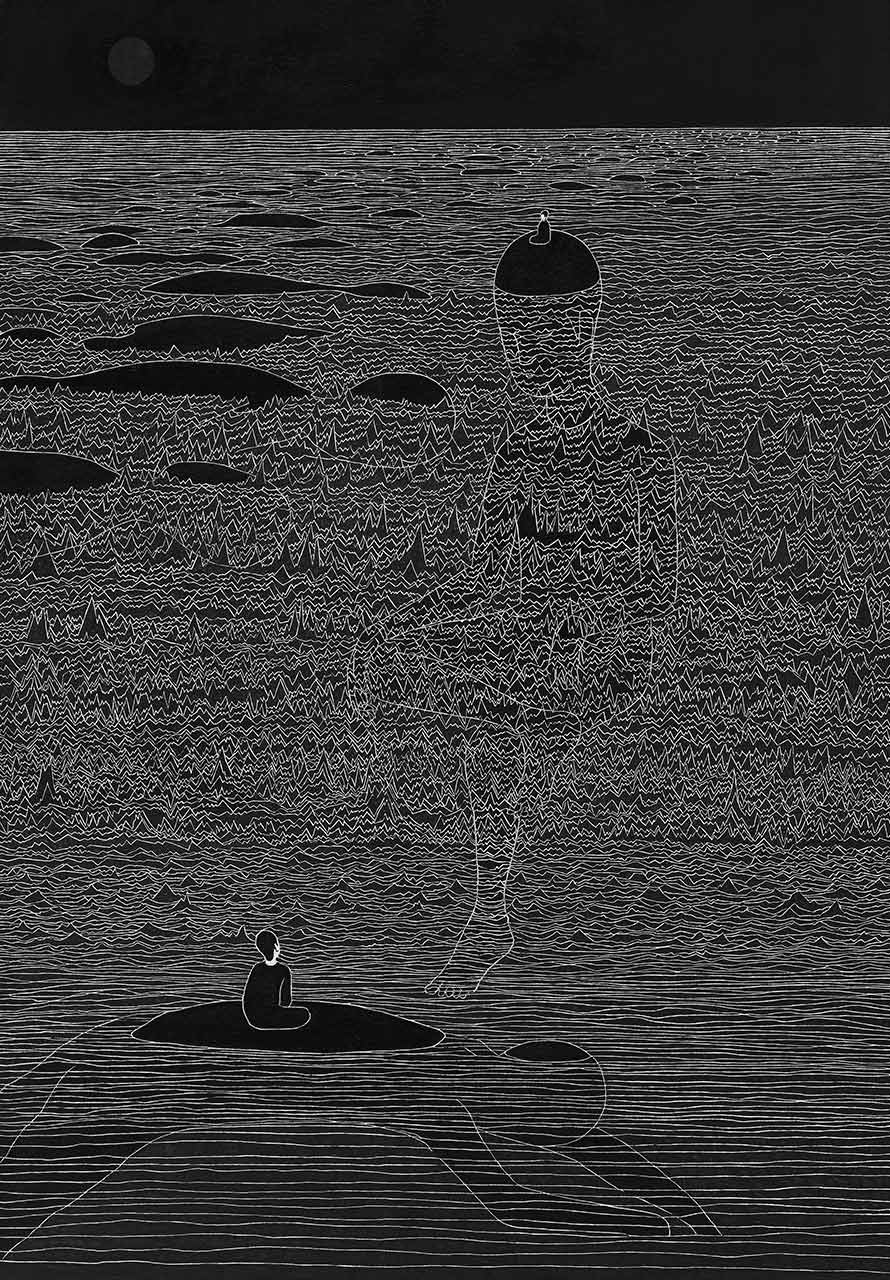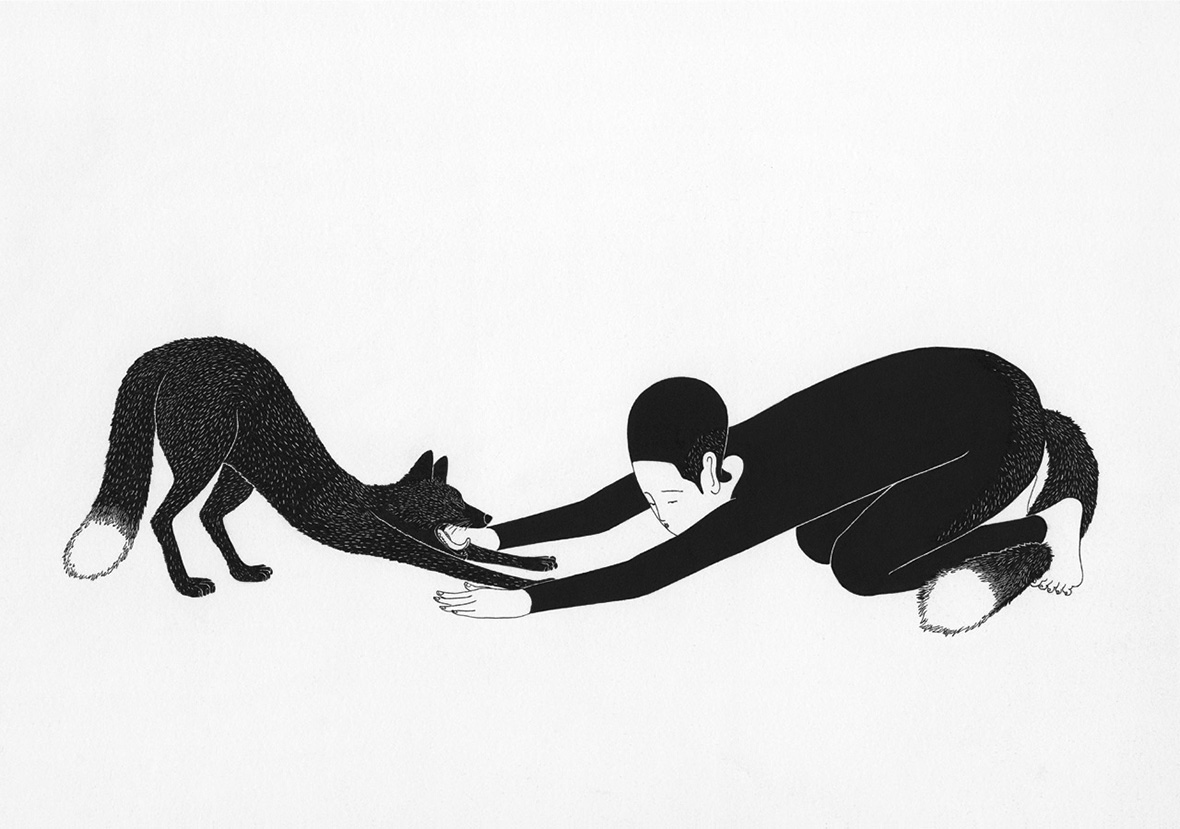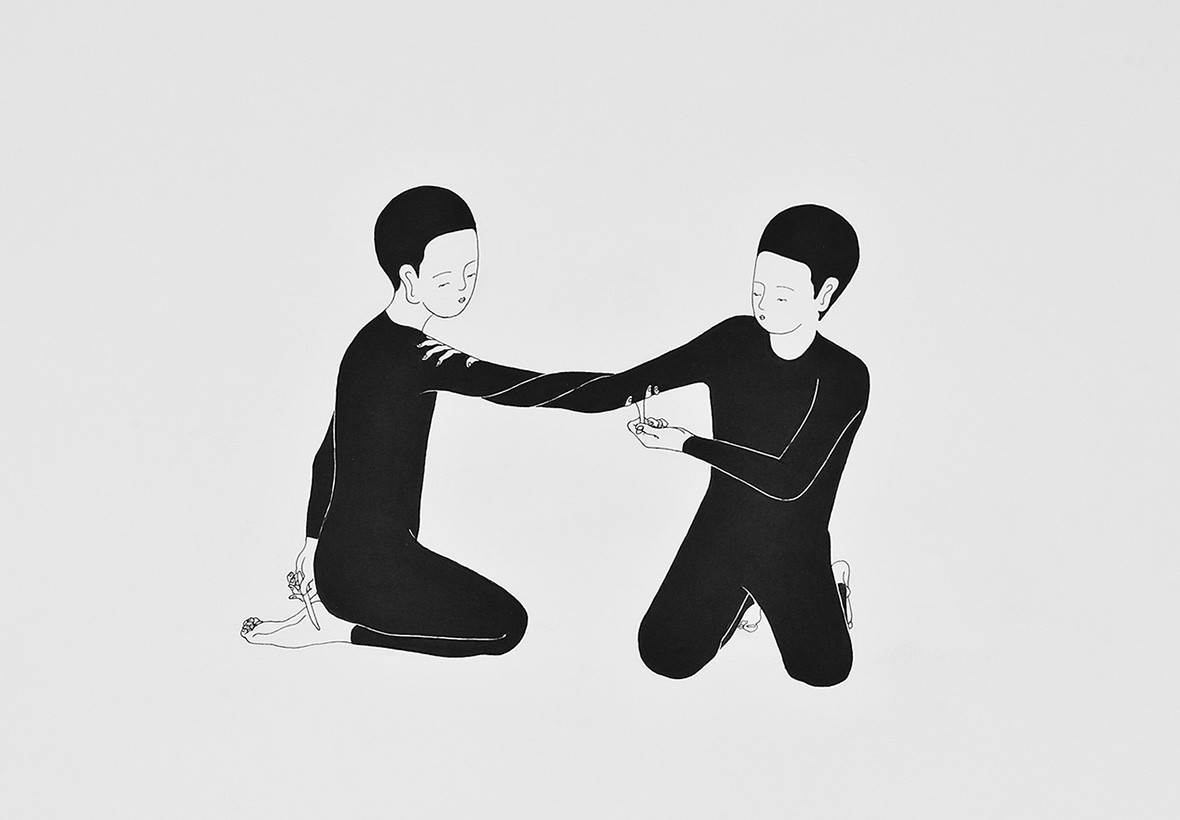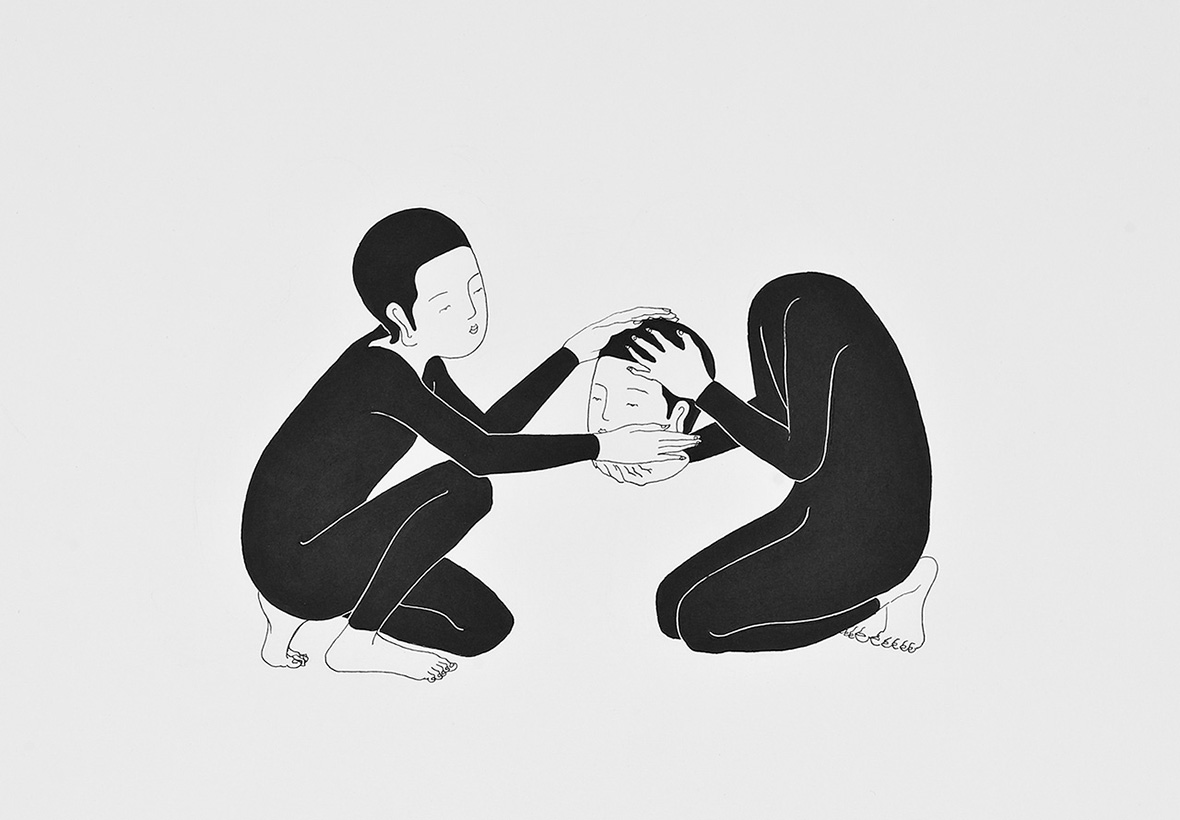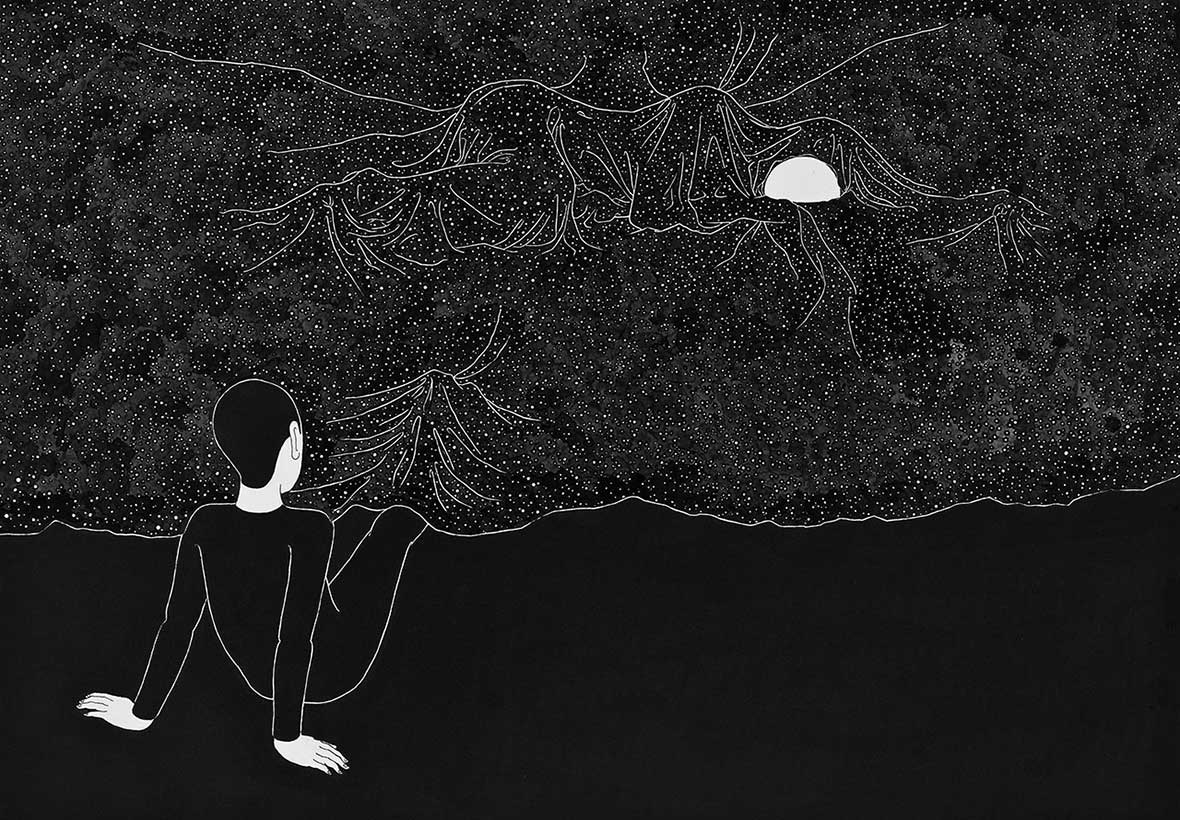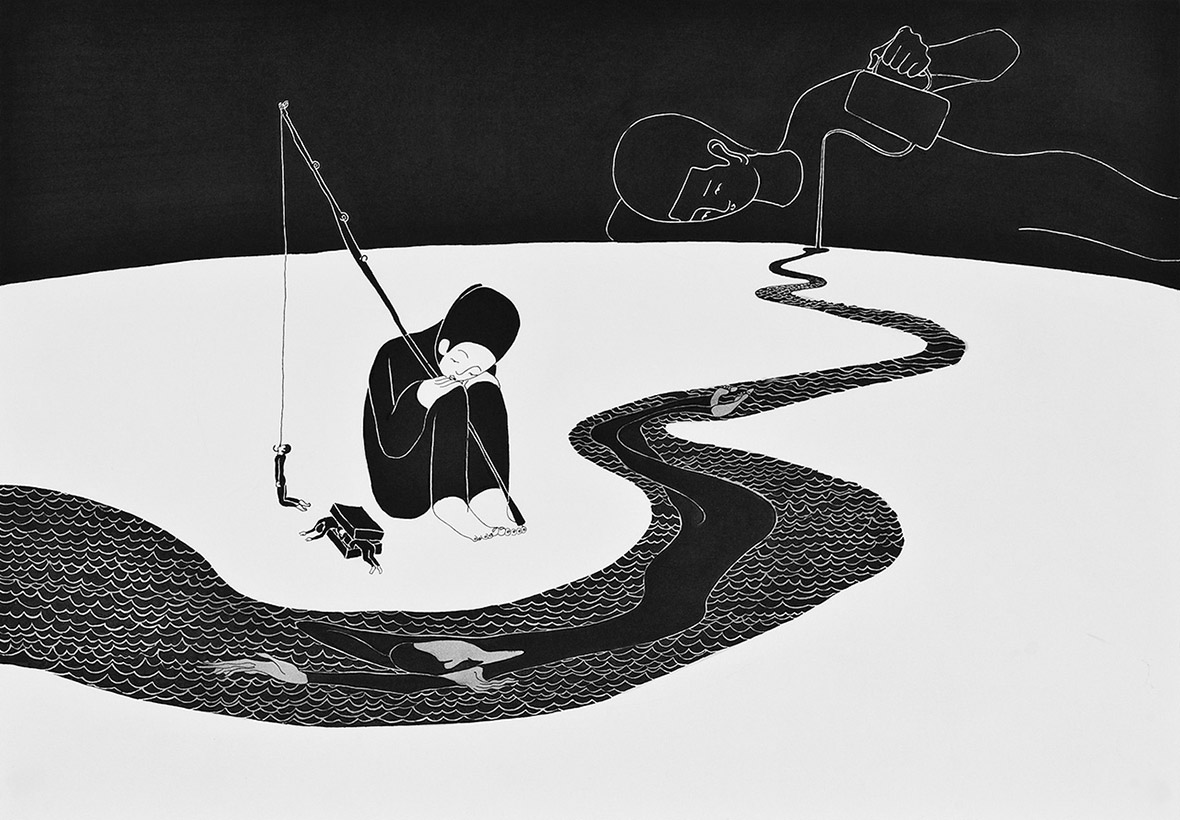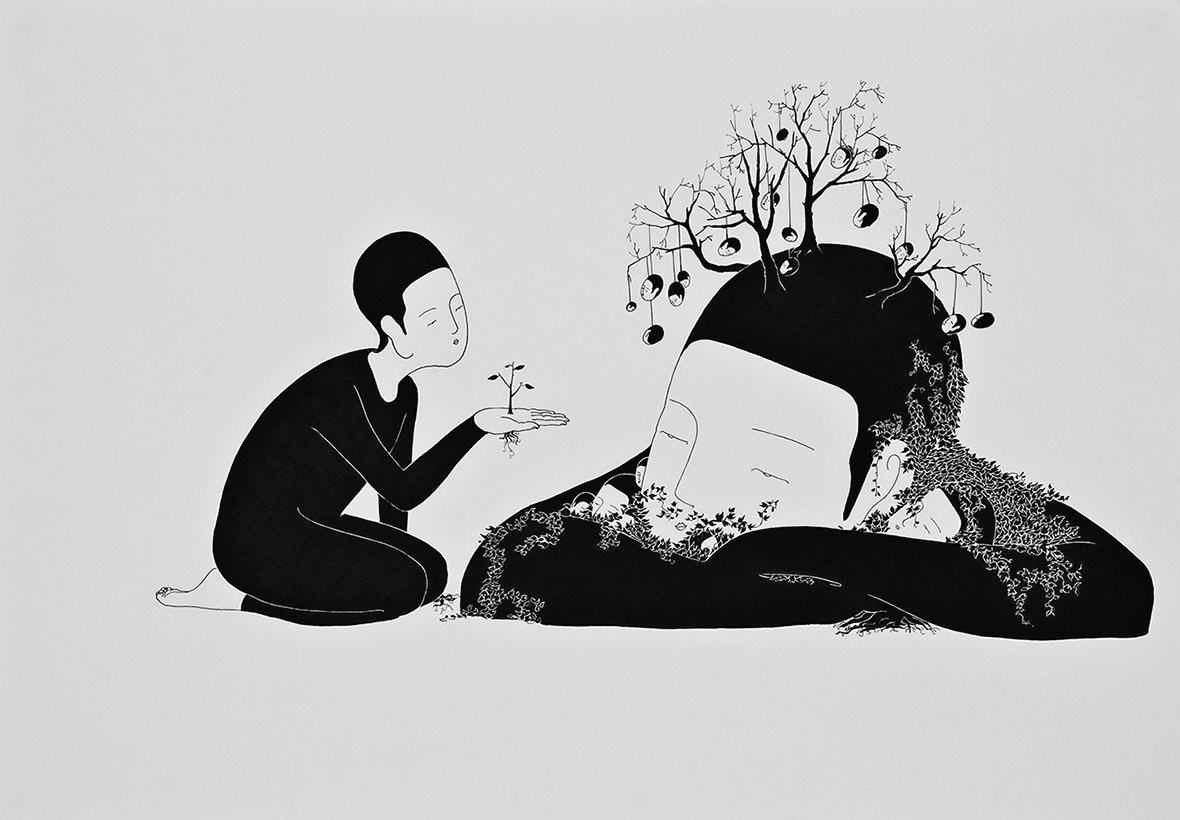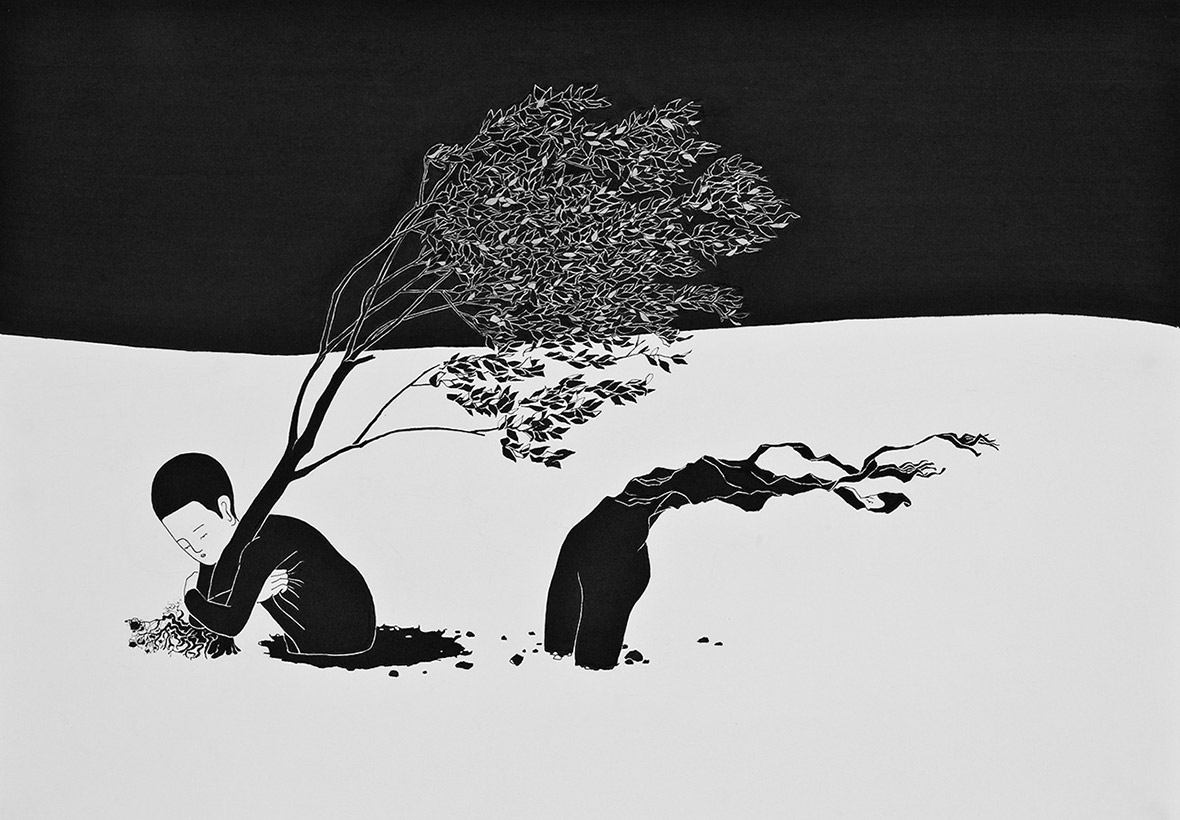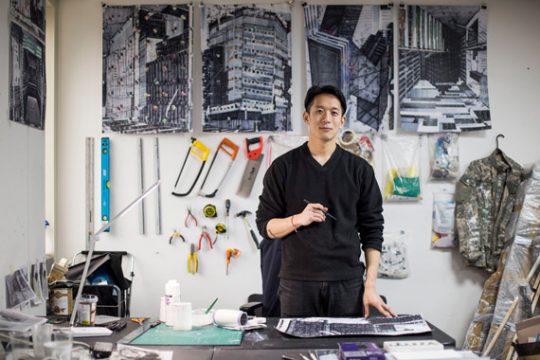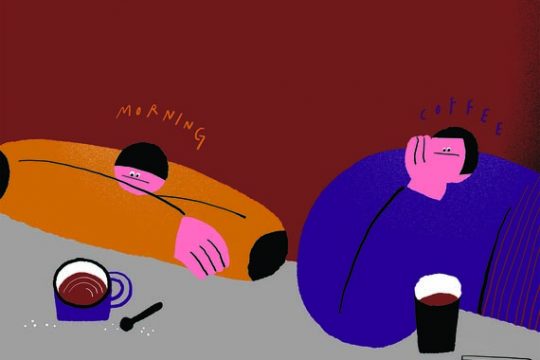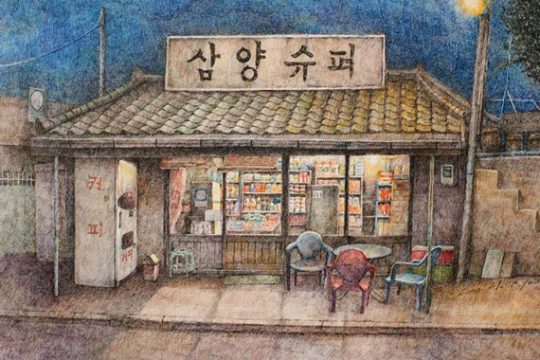无法观看?前往优酷
The One You are monthly planned urban retreats that take city dwellers and working professionals in China to select natural locations in Moganshan or Hangzhou for a rejuvenating weekend trip away from the city. During that time, participants take part in activities such as sessions of yoga, hiking along trails, farming with local villagers, enjoying healthy organic meals prepared by local chefs, and detoxing. In between the activities, there is also a lot of free time for those who simply want to relax and enjoy the weekend’s breathtaking scenery.
“一次旅行”,是个专注于提供国内外养生静修旅行产品的品牌, 带着城市居民和都市白领,回到大自然中,进行一场“逃离”,以健康静心为主题,唤活身心。目前,国内静修周末的行程包括: 瑜伽、冥想 、 沿路爬山、与当地农民劳作、享受由当地厨师准备的健康自然饭食,以及身心排毒。同时,也会留有大量的自由时间,为那些只想在周末好好放松和享受美景的人士而准备。
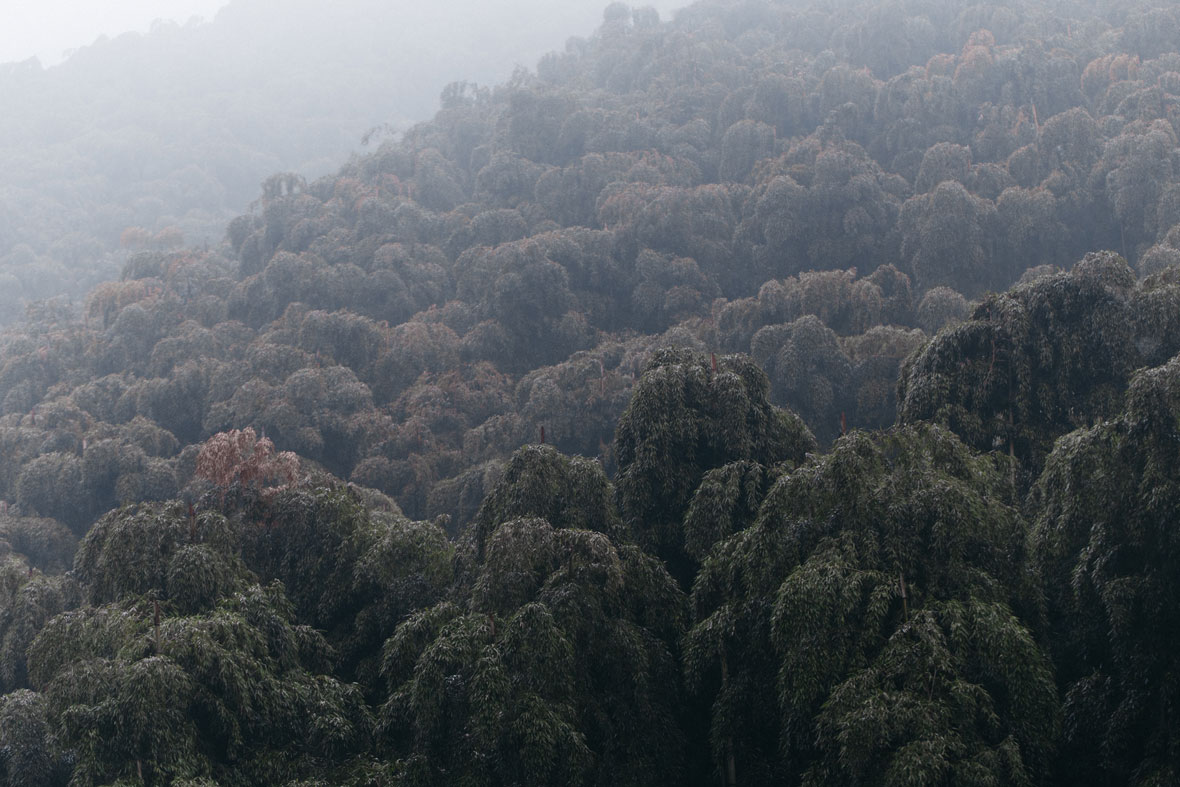
For Louise Zhang, the founder and organizer of The One You, the most important part of the weekend retreat is for people to relax. Participants can leave behind the stress and worries of their everyday lives back in the city. They are encouraged to leave behind their laptop computers and any electronic gadgets that usually tie them down to anything that is work-related. And in their place, the retreaters are encouraged to explore the natural surroundings around them, and to immerse themselves in yoga and meditation practices. For Louise, nature is the single most important element to these retreats – which is of course inextricably tied to the selected location of the retreat and the planned outdoor activities.
对于“一次旅行”的创立者Louise Zhang来说,这个周末静修最重要的部分就是放松身心,回归健康的生活。参与者得以把他们日常城市生活中的压力和烦恼通通抛之脑后。“一次旅行”鼓励大家把笔记本电脑,以及任何通常代表着工作相关的电子设备留在家里;他们鼓励参与者们探索身边的大自然环境,将自己沉浸在瑜伽和冥想中。对于Louise来说,大自然是静修重要的元素,人在自然中,本身就是一种疗愈。这诚然也是这些静修场地和户外活动规中划密不可分的一部分。

Currently based in Shanghai, Louise Zhang has worked in digital marketing for about eight years. After her stint working in Singapore, she started to participate in themed retreats throughout Southeast Asia. During that time, her travels took her to places like Thailand and Bali. Partaking in these seaside retreats led Louise to discover cleanse diets, scuba diving, and yoga; she says these activities were immensely rejuvenating for both her body and mind. Looking back now, Louise considers that time to have been a transformative period in her life.
目前居住在上海的Louise,曾从事数字营销工作八年。在新加坡工作之后,她开始在东南亚的海边体验不同主题的静修。在现在的她看来,那是她生命中具有转变意义的一段时光。当时的她四处旅行,在泰国和巴厘岛等地潜水,练习瑜伽,做排毒,享受静修给她带来的身心愉悦和治愈。
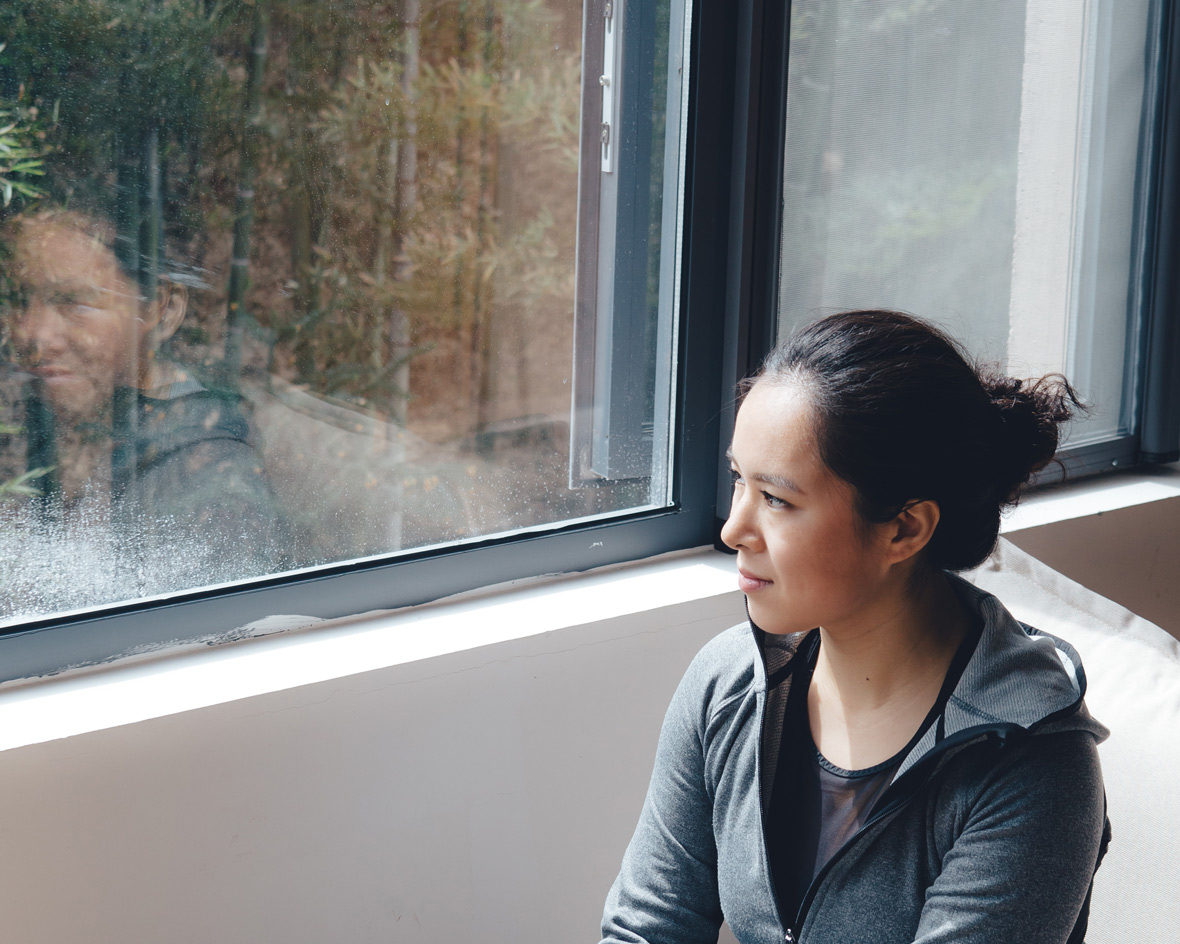
For some time, she felt an internal and existential conflict between her intellectual self and what she felt in her heart when experiencing these retreats. When Louise returned to Shanghai, she wanted to organize her own retreats to be able to share these kinds of experiences with her friends and colleagues. Part of her objective was to help spread a greater awareness about yoga. She feels that there are many preconceptions about yoga – in mainland China especially, where it is commonly seen as a form of exercise that mainly women do, that often involves being able to achieve difficult movements and positions. In other countries, yoga is practiced by both men and women, regardless of age and body type. Through these retreats, Louise hopes to demystify yoga and introduce it to many newcomers in China. Beginners and more advanced students of yoga alike are welcome to take part.
渐渐地,她似乎开始感受到大脑的理智判断和内心意愿总会产生冲突,同时也一点点看清内心真正追求的东西。当Louise回到上海,她开始自己组织静修活动,希望能够和更多的朋友分享这种体验。她也有些小私心,就是去帮助推动人们对瑜伽的更多认识。在中国大陆,她发现很多人对瑜伽还是陌生的,他们认为瑜伽是女性的运动,只关乎功克高难度的动作。而在其他国家,进行瑜伽锻炼的人,不管男女老少、不管何种身形的人都有,他们都将此看成了一种身心调和的方式。通过这些静修活动,她希望可以去除瑜伽的神秘,带更多人体验这种健康的生活方式。不管是瑜伽的初学者或较高阶练习者,“一次旅行”都一并欢迎。
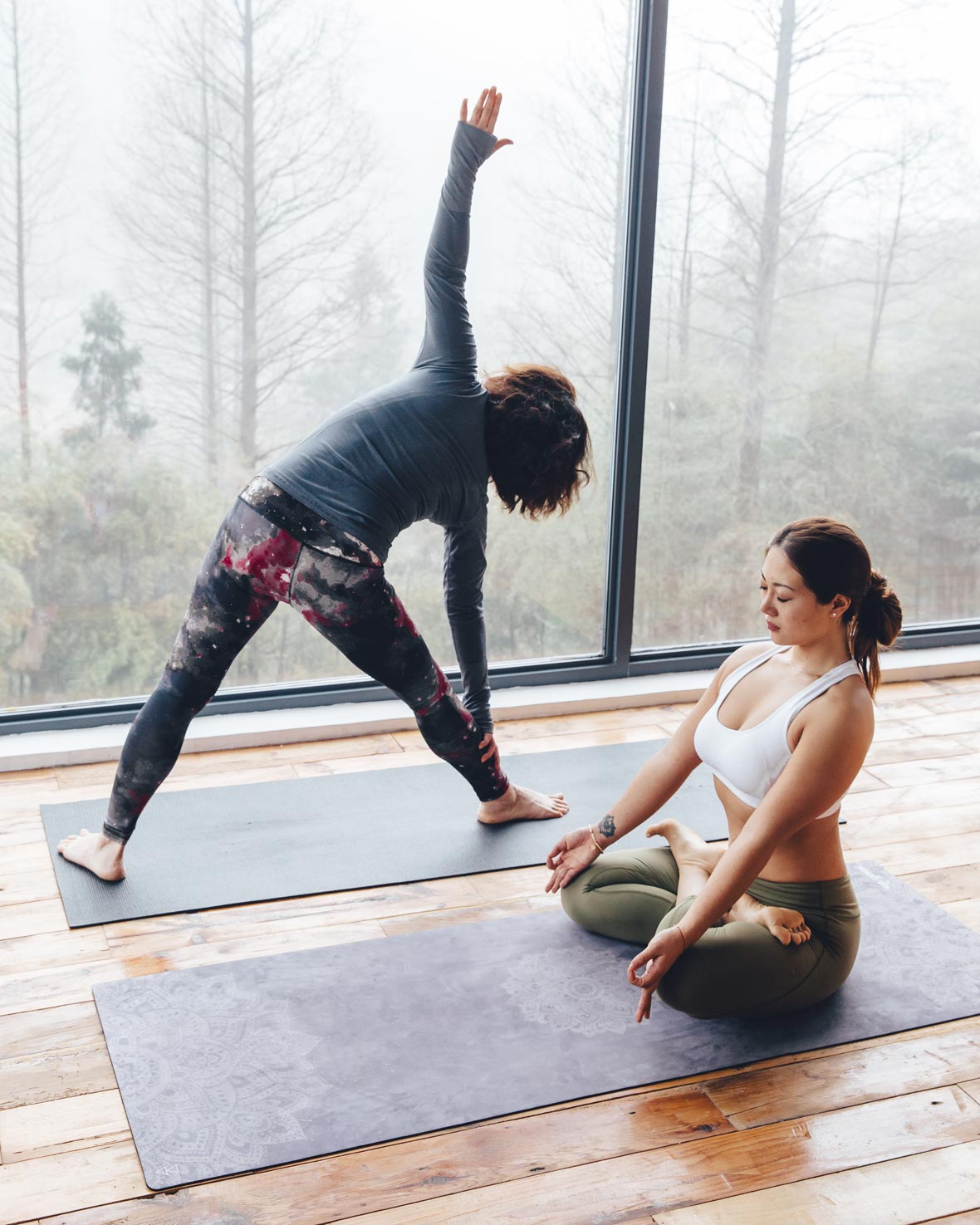
In addition to the planned hiking trip and sessions of yoga, another activity during the retreat involves farming with local villagers. The remote Moganshan location is enshrouded by lush bamboo forests, and the locals from the rural community typically harvest bamboo from these wild forests on the mountains. During one of the afternoons, participants of the retreat are also shown how to do this, and later in the day, the bamboo shoots that they have gathered are cooked up by an on-site chef at the resort. Consistent with The One You’s back-to-the-basics philosophy, over the course of the weekend, retreaters are also invited to enjoy a healthy mix of organically farmed vegetarian meals and juice detoxing.
除了爬山活动和瑜伽锻炼等常规项目外,静修中还有另一个活动,那就是与当地村庄的农民一起劳作。比如这一次的莫干山静修 ——在偏远的莫干山,淹没在那些苍翠繁茂的竹林中,这些野生竹林,正是当地农民收割竹笋的地方。在其中的一个午后,参与者们跟农民学习如何挖笋,收获的这些竹笋再由驻场厨师烹烩。秉承着一贯的“回归自然,回归至简,回归自我”的哲学,在这个周末体验中,静修者们还将享用到健康搭配的有机种植素食,以及果汁排毒。
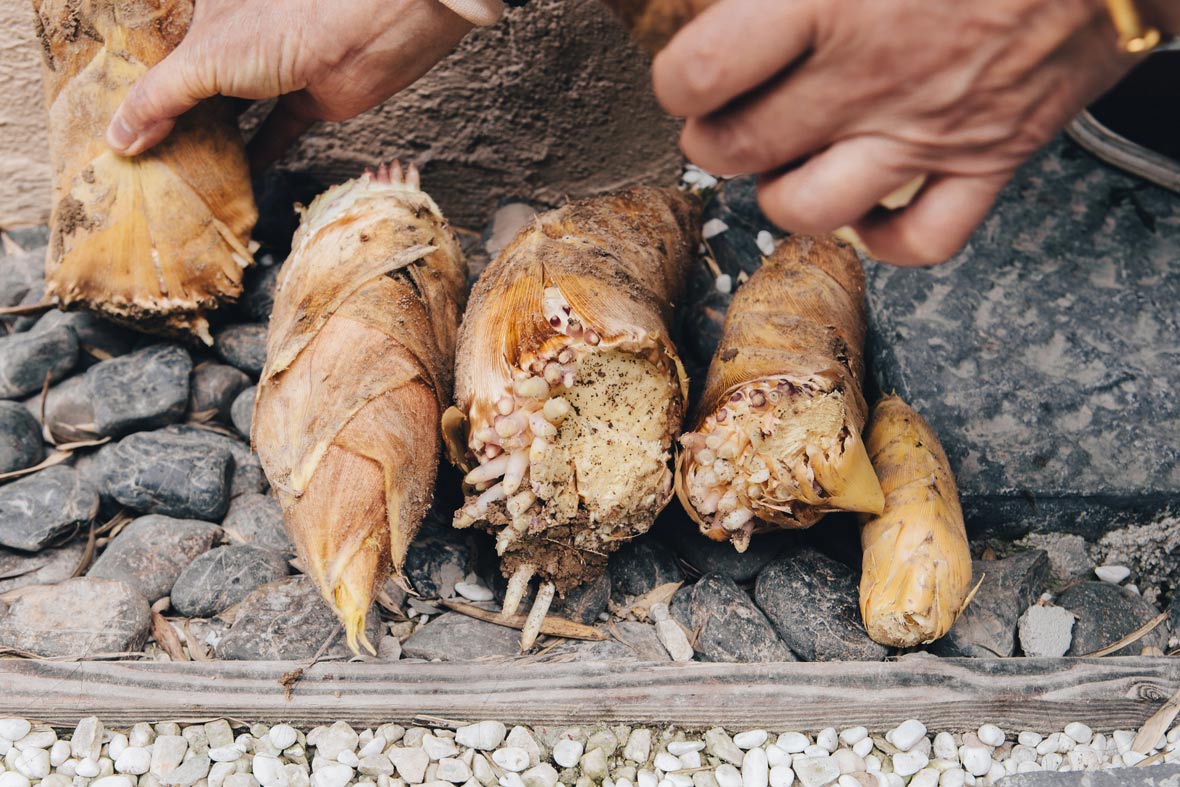
For the Moganshan retreat, one of the locations selected was a reclusive retreat called Zero. From the moment Louise saw its English name, she recognized how conceptually similar it was to what she was trying to achieve through her retreats. For her, the name Zero refers to the idea that we all originate from nothing, and in the end, we all also return to nothingness. Alternately, it also refers to how those who lead a busy and hectic life in the city will yearn to return to a simpler and slower-paced existence in the countryside.
在莫干山静修中,甄选出来的其中一个场地,是为叫做“Zero”的遁世寓所。Louise一看到它的英文名,她就意识到,在概念上,这与她尝试从“一次旅行”中获取的是如此相似。对于她来说,“Zero”这个名字代表着我们最初始于零最终仍归于零的这么一种概念。它同样指涉,人们在都市繁忙地过活时对乡村简朴的渴望。
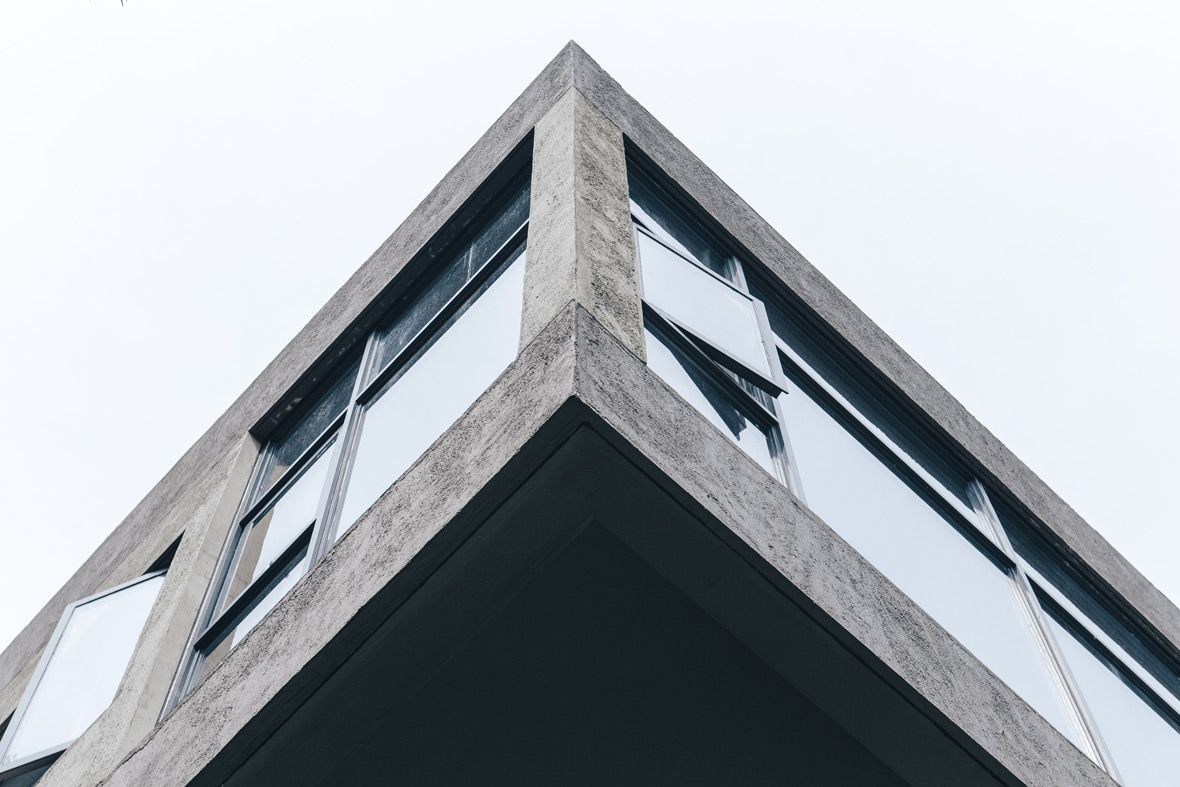

These are all also important underlying themes to The One You retreats. In our fast-paced contemporary society – and especially in today’s rapidly developing China, it is very easy to get swept up in job stress, the latest technological thrills, and the unimportant worries of everyday life. Louise hopes that through these weekend getaways and increasing more awareness about yoga, the people who participate on these trips can learn to effectively unwind and disconnect. For her, this is the reason why she organizes these retreats, in the hope that people can experience going back to the basics and get more attuned to what their mind and body really need. In the near future, The One You is planning to organize more domestic retreats under different wellness themes – for example, intensive workouts, healthy dieting, clinical retreats, and yoga training. At the same time, they will also be able to recommend urban retreats that are overseas, offering more options for city dwellers in China seeking healthy and balanced holidays.
这些都是与“一次旅行”的宗旨是吻合的。在快节奏的当代社会,特别是在飞速发展的中国,我们总是轻易地陷入工作中的压力,迷恋对最新科技的兴奋,沉溺于日常生活中不必要的烦恼。Louise希望,通过这样的周末逃离以及对瑜伽的更多认识,参与到这样一次旅行的人们可以得到真正的健康体验和放松。对她来说,这就是她组织这些静修的意图。同时,她希望人们可以从中重新认识自己,看清内心的需求。接下来,“一次旅行”计划在国内组织更多健康主题的静修,例如:运动,素食,结合体检,瑜伽大师集训。与此同时,Louise将会将她在东南亚体验过的养生中心的产品带到中国,让更多人受益。

